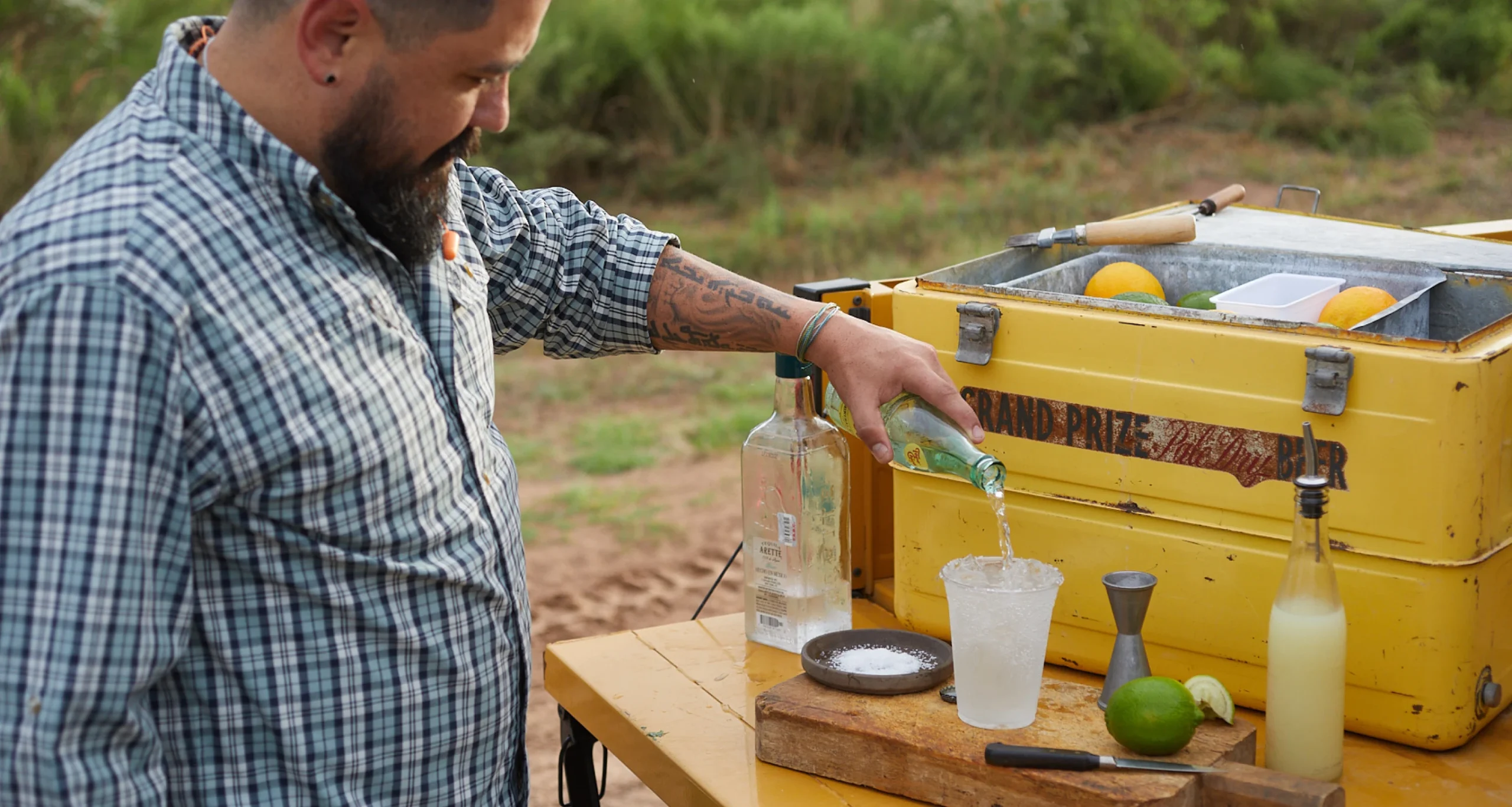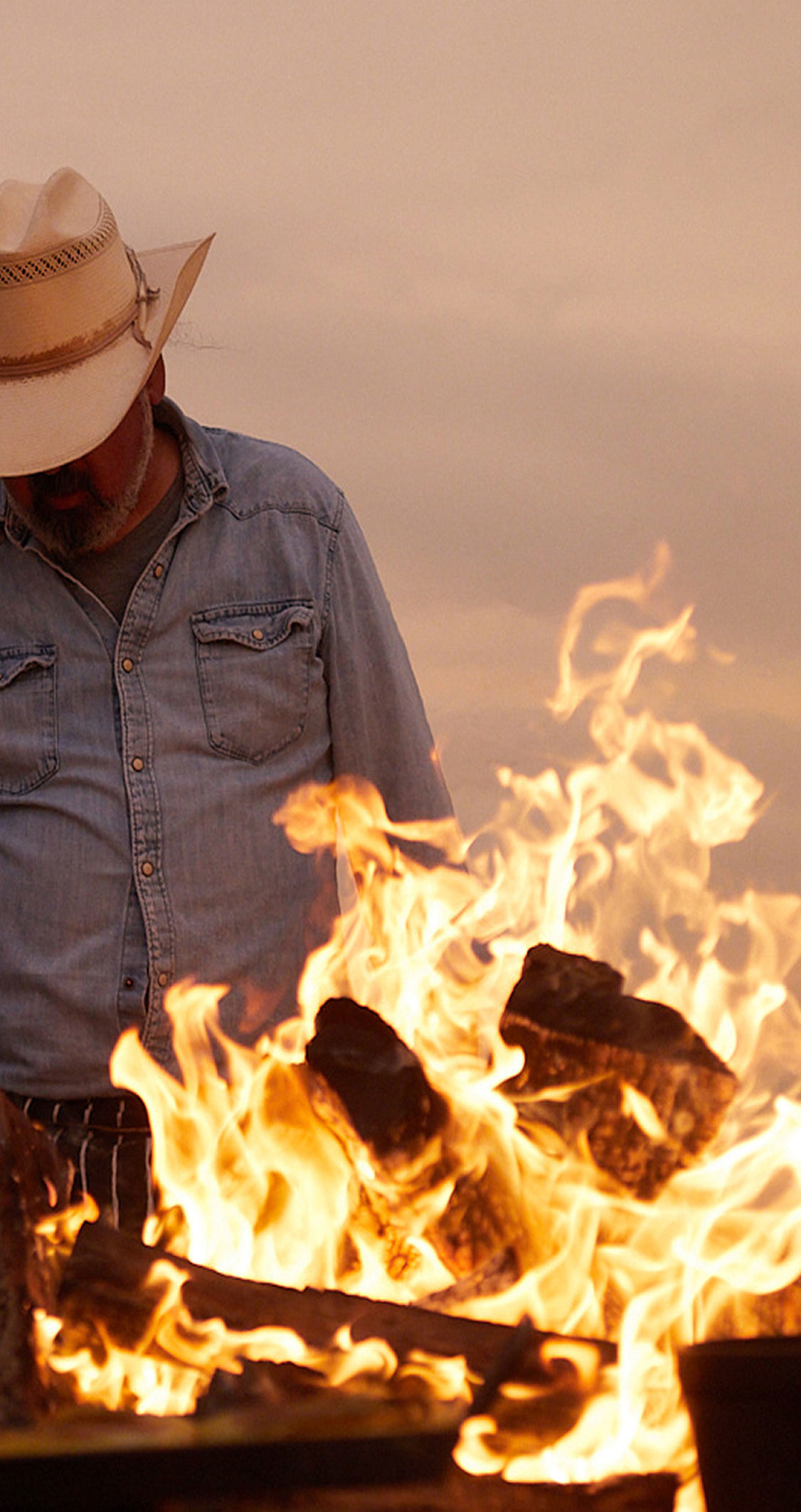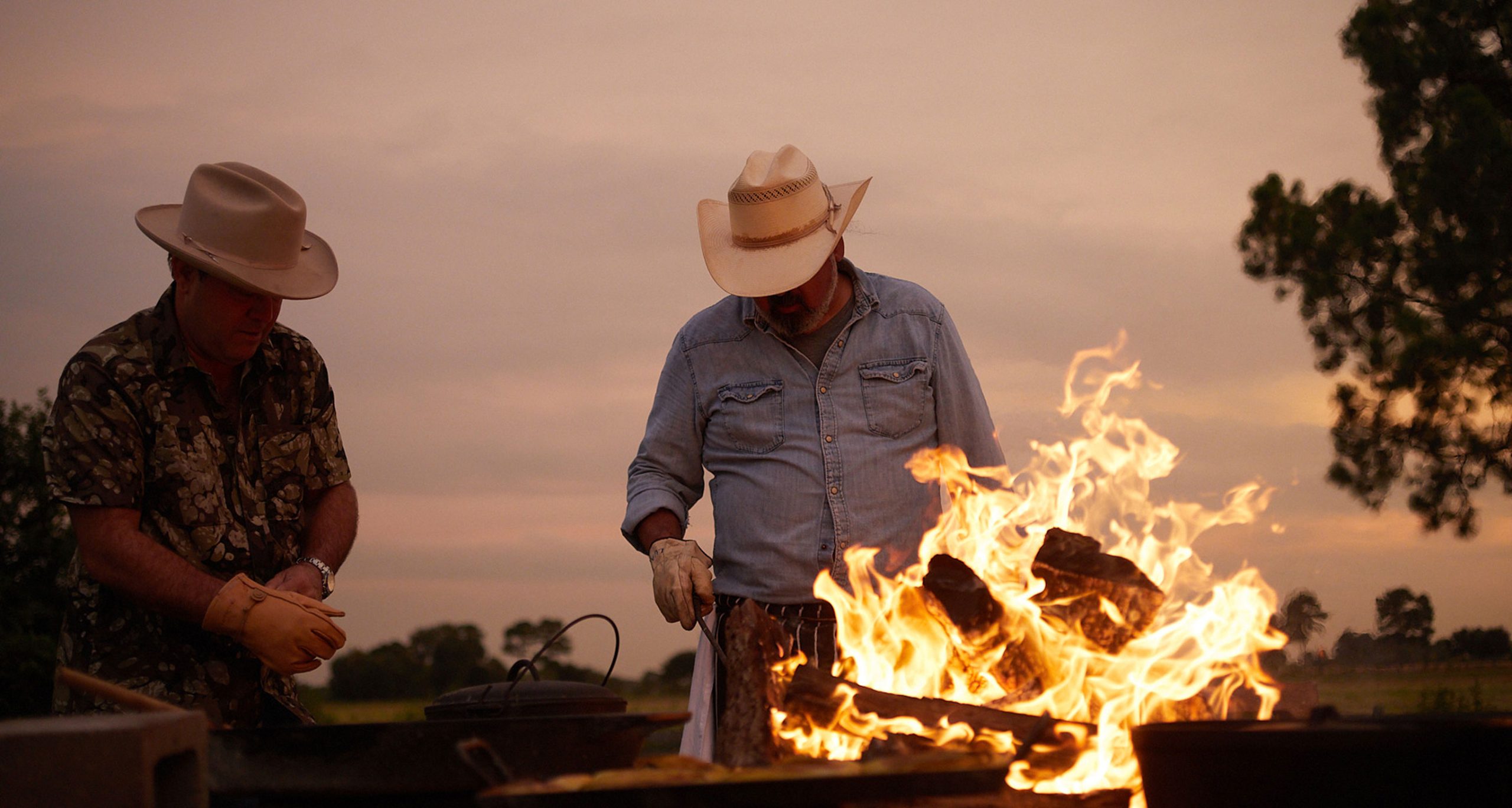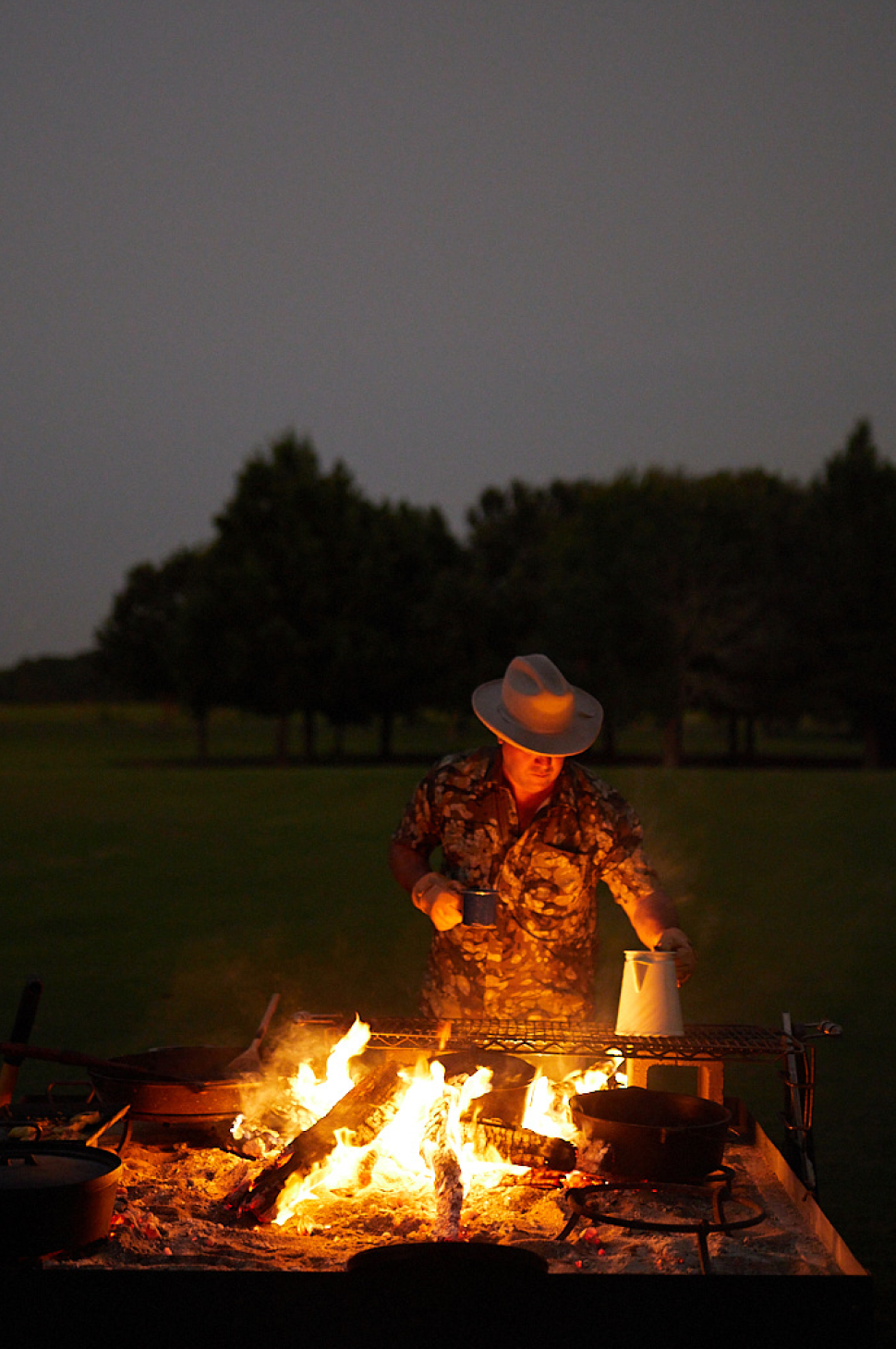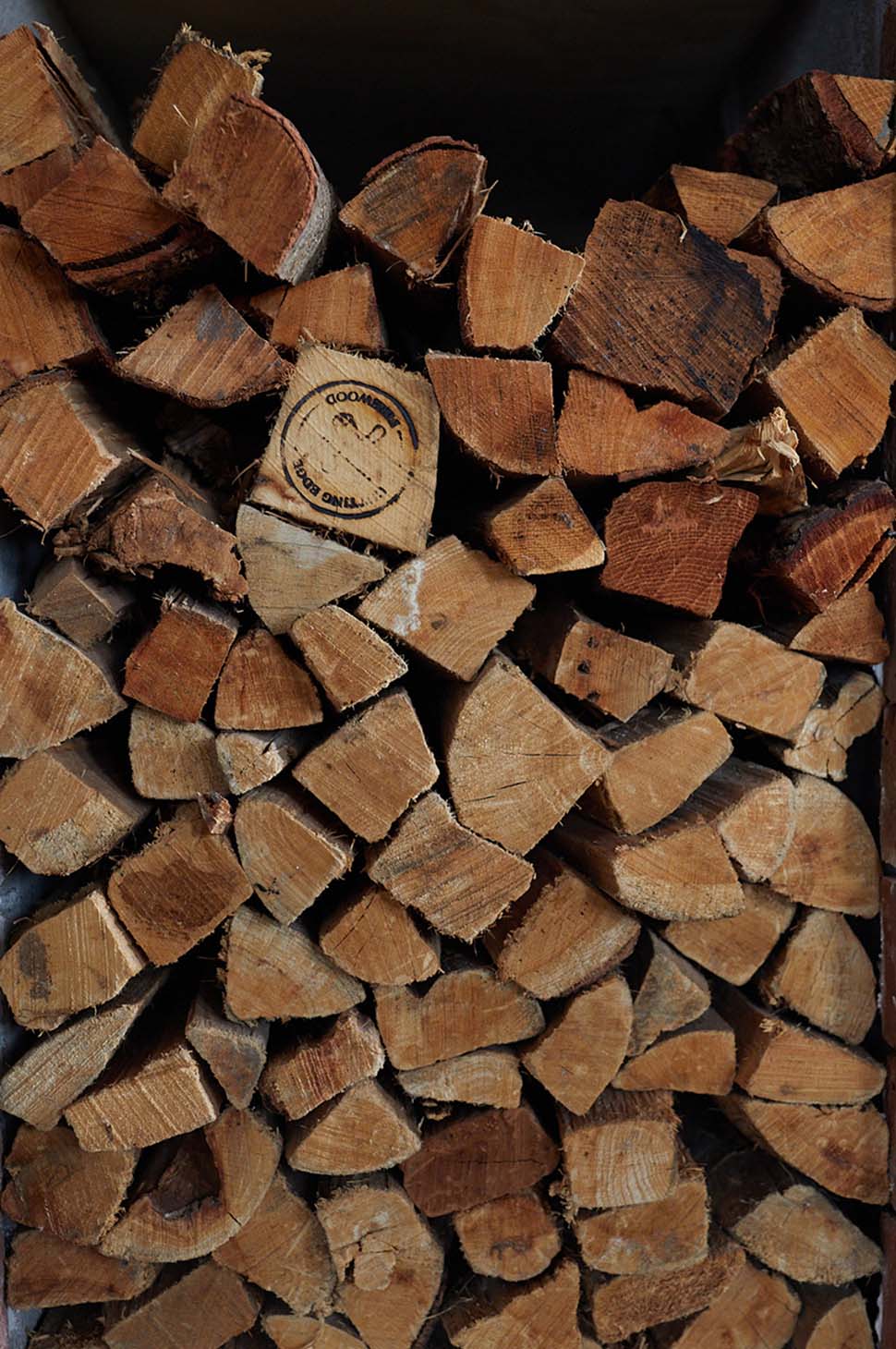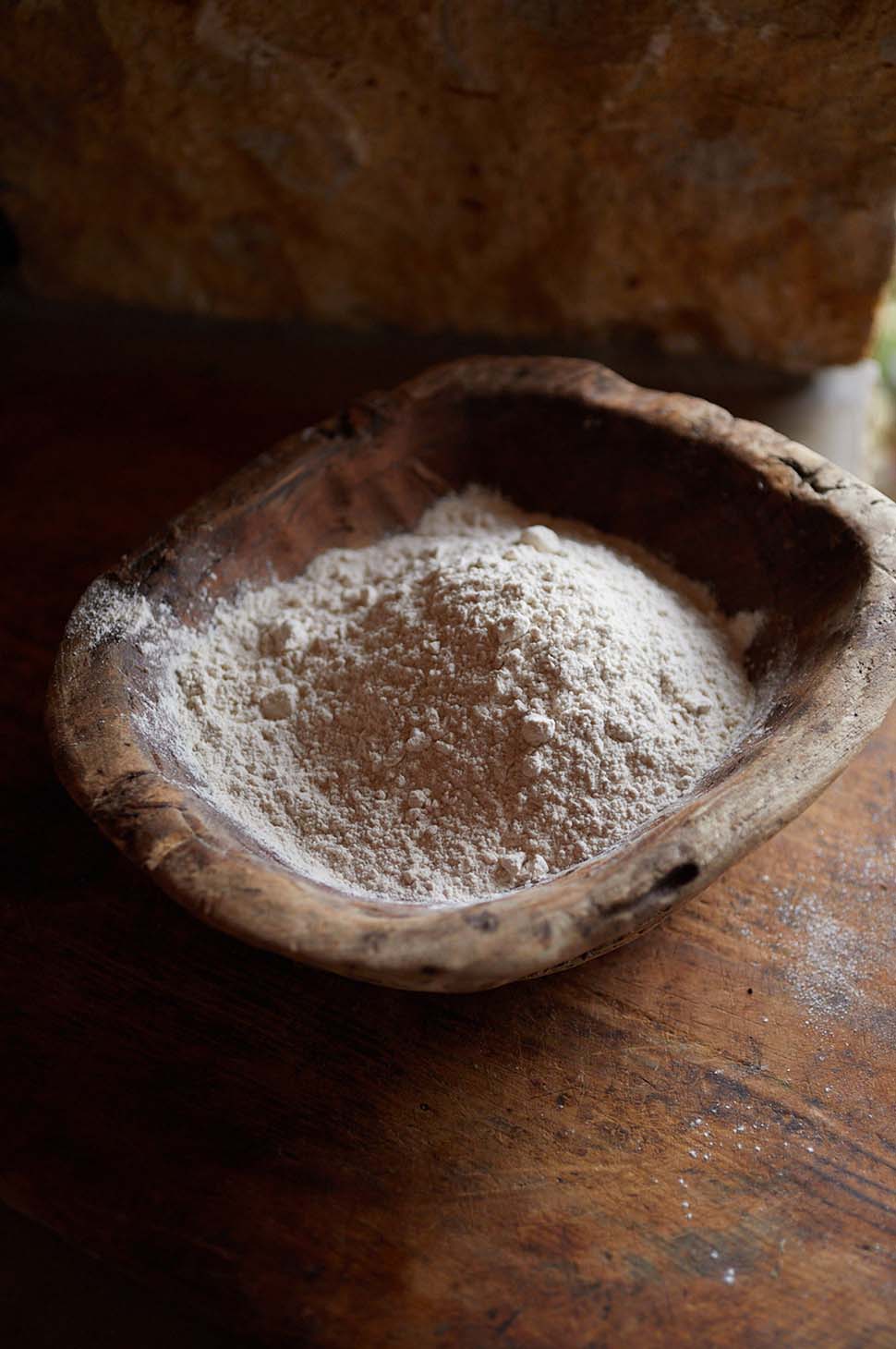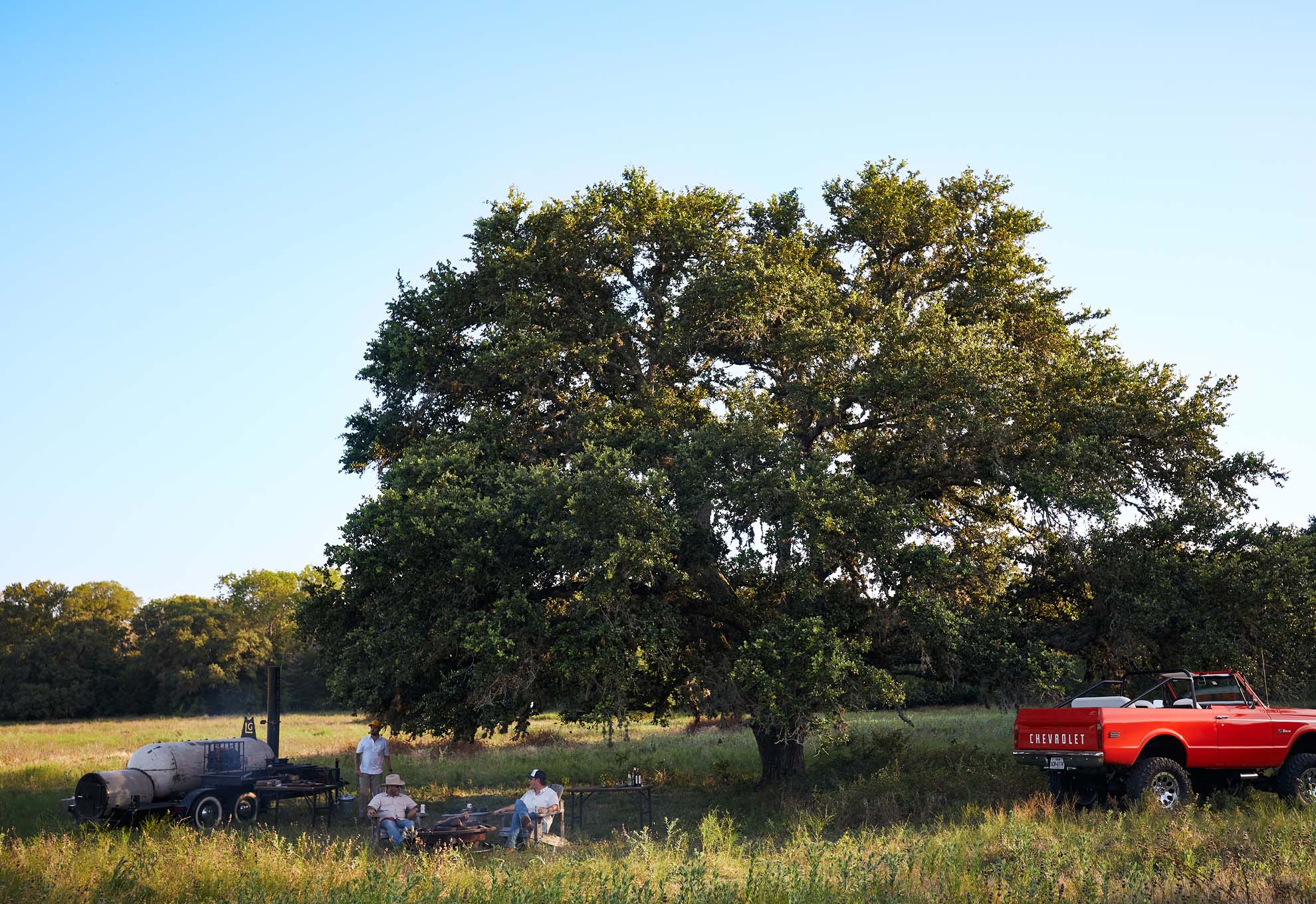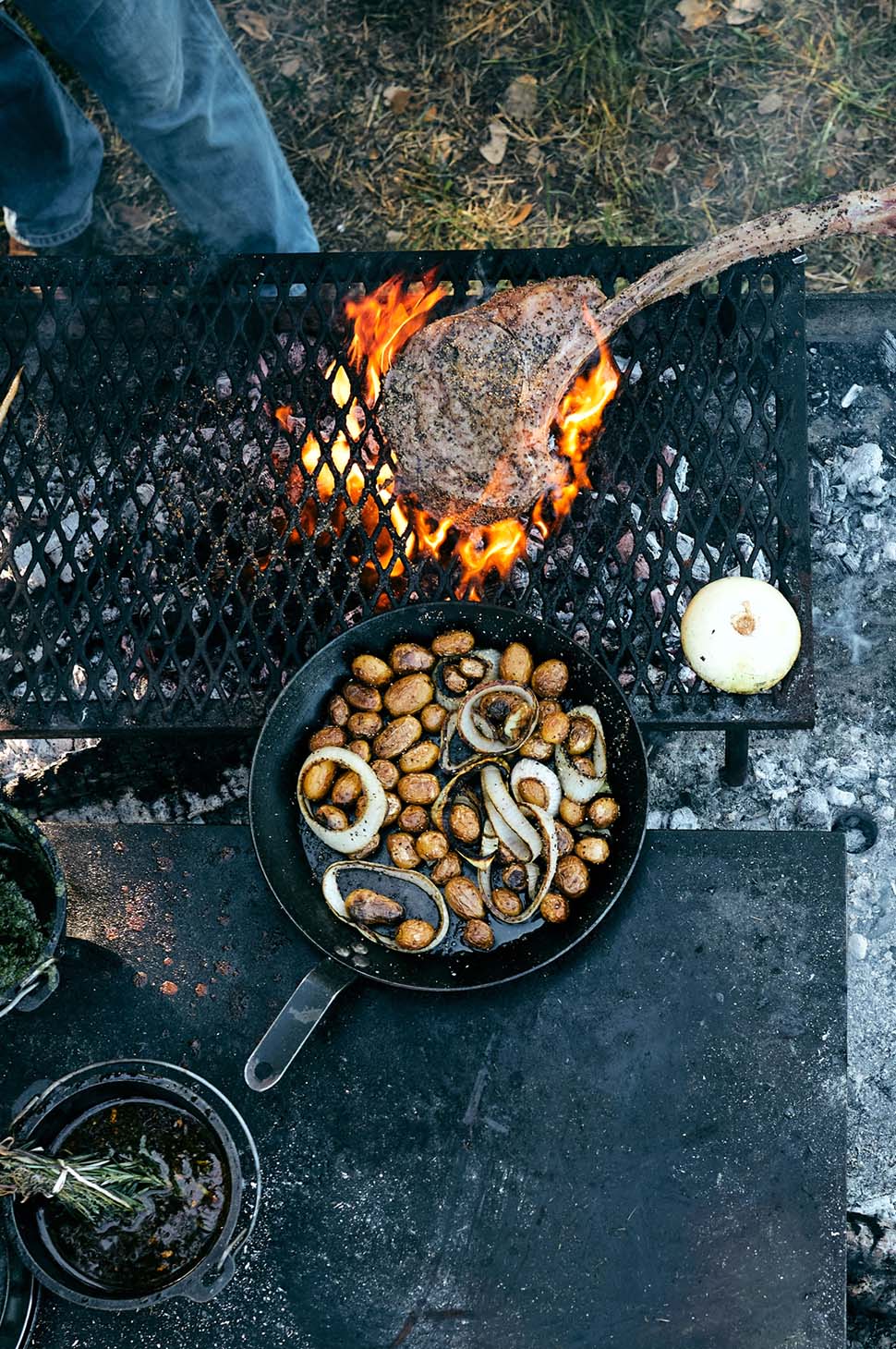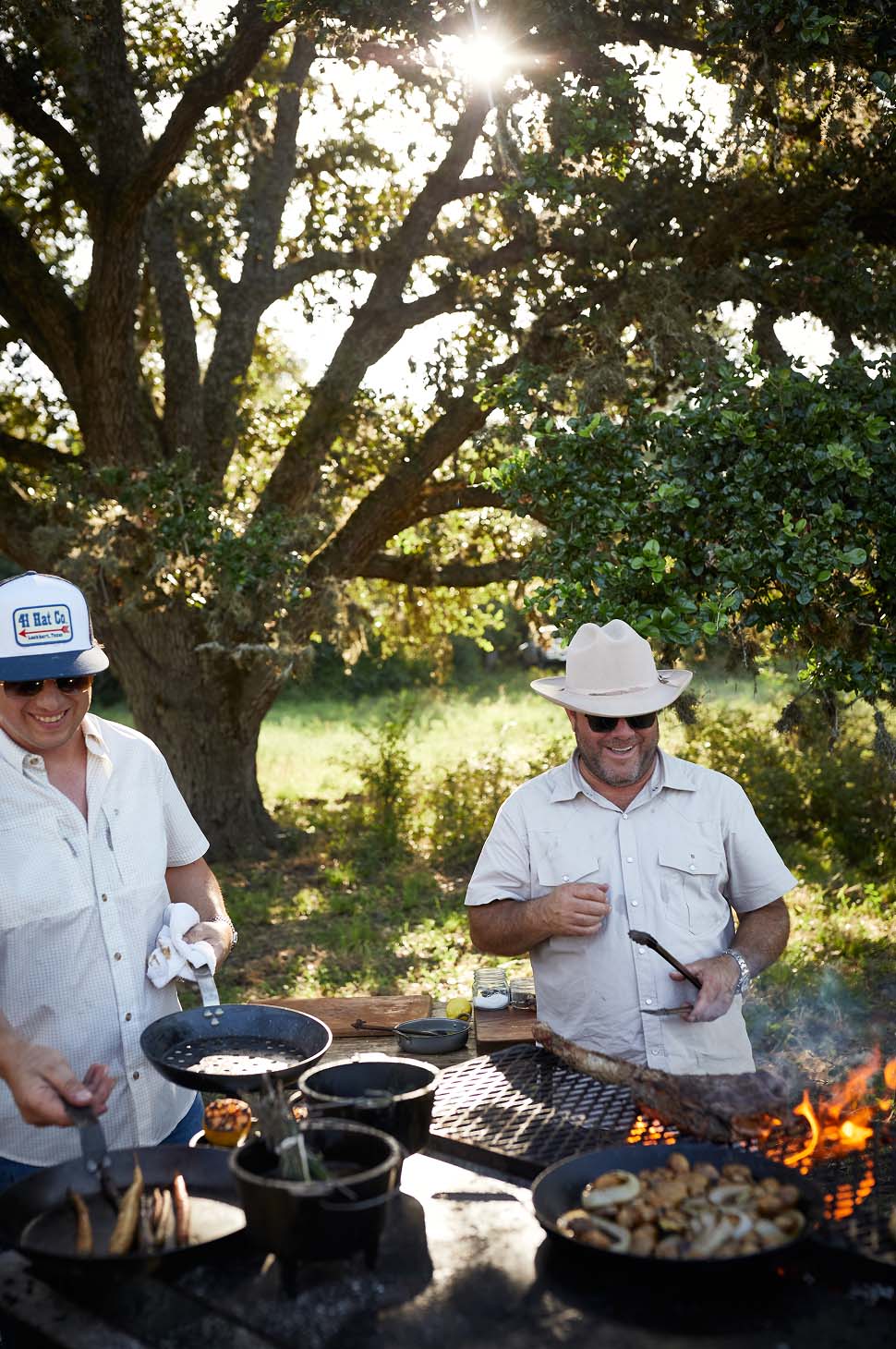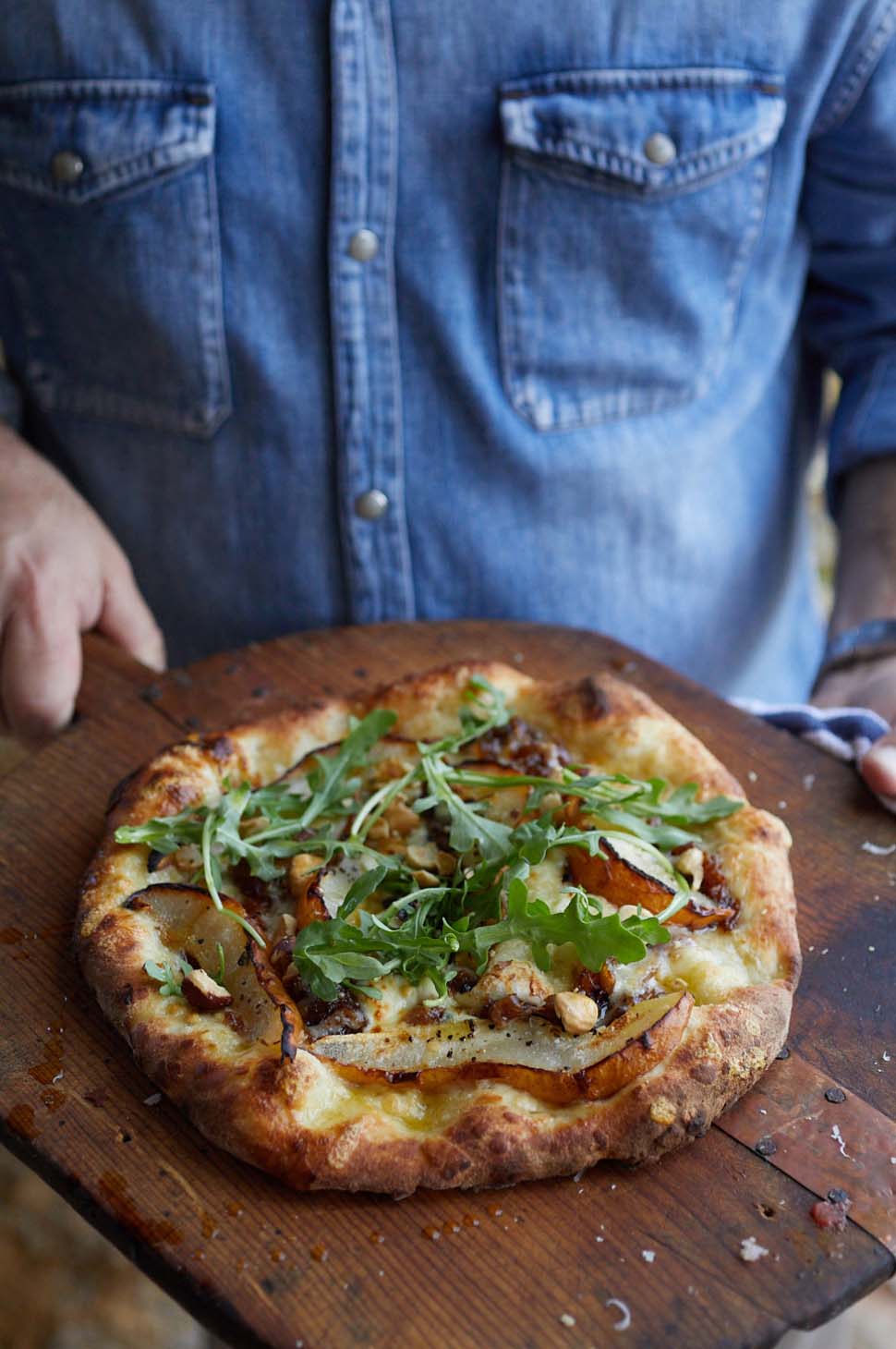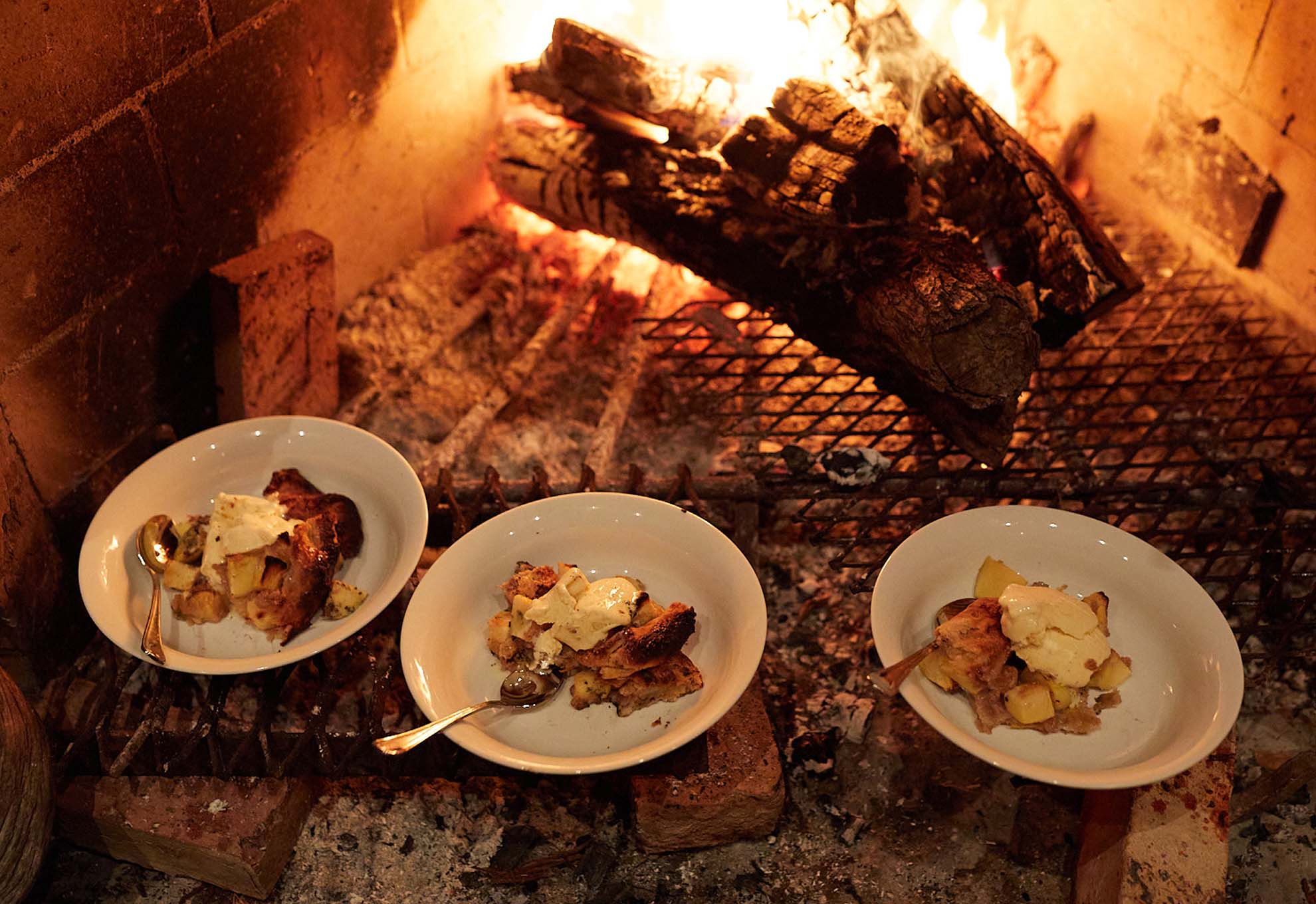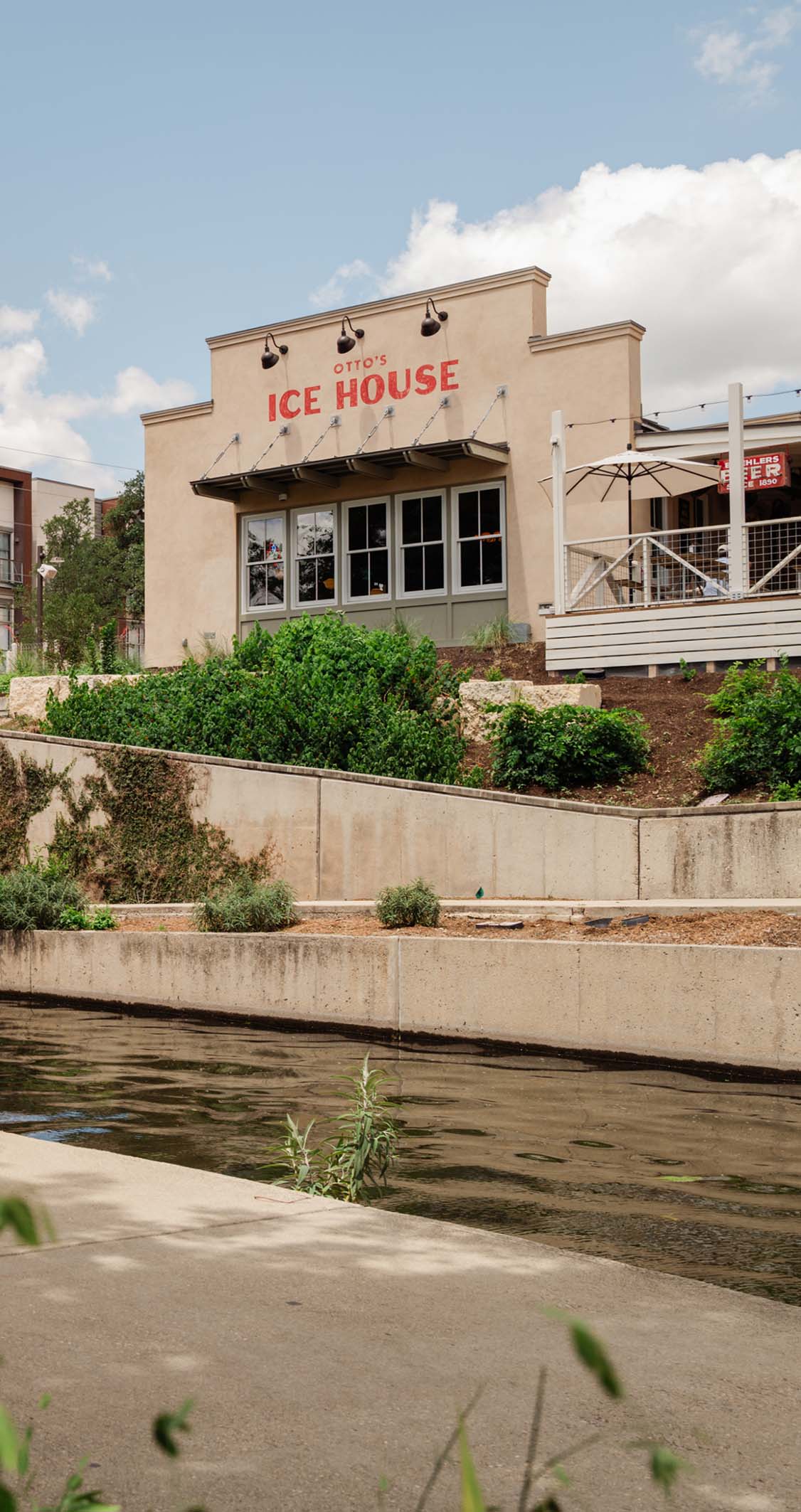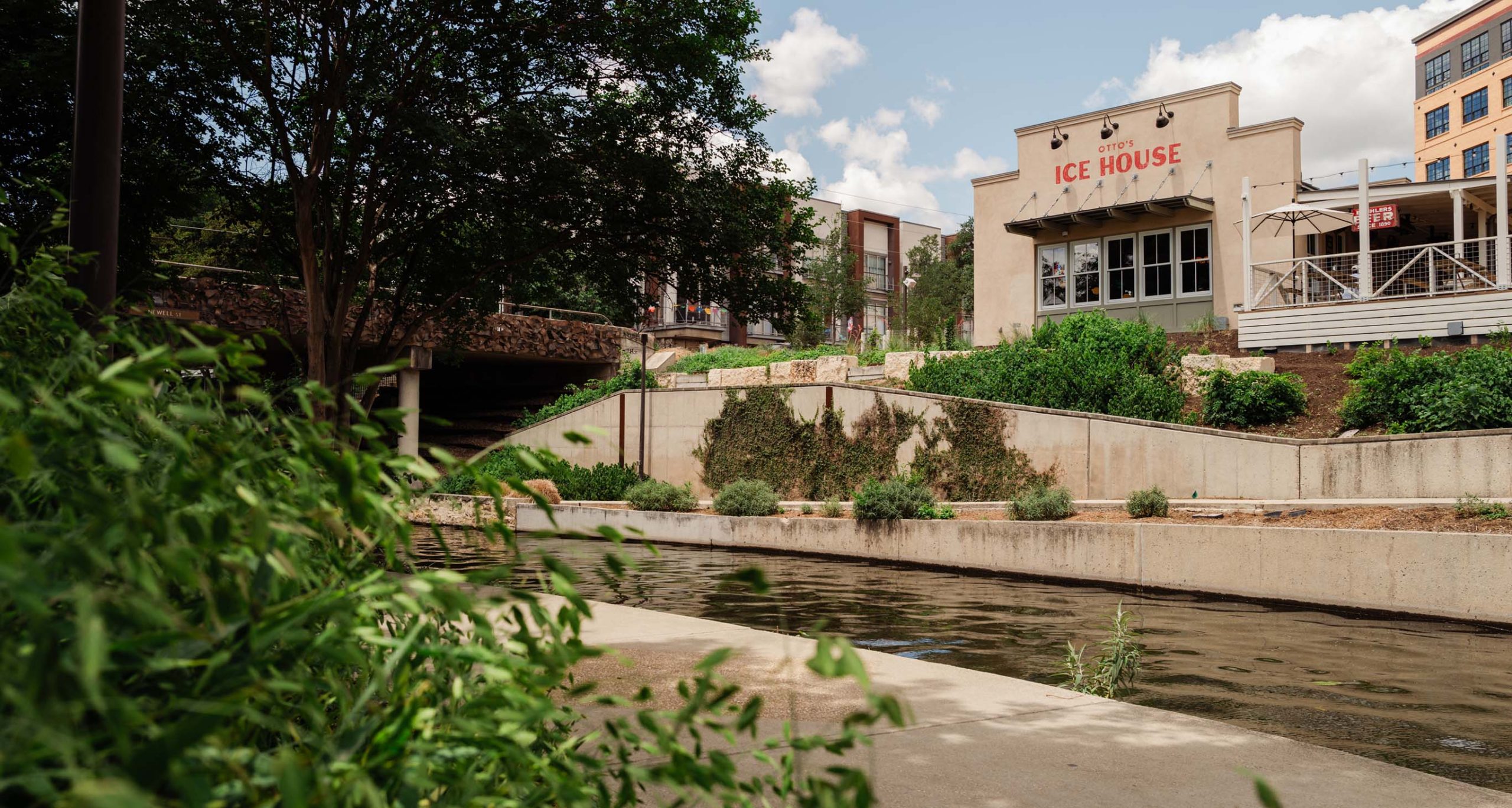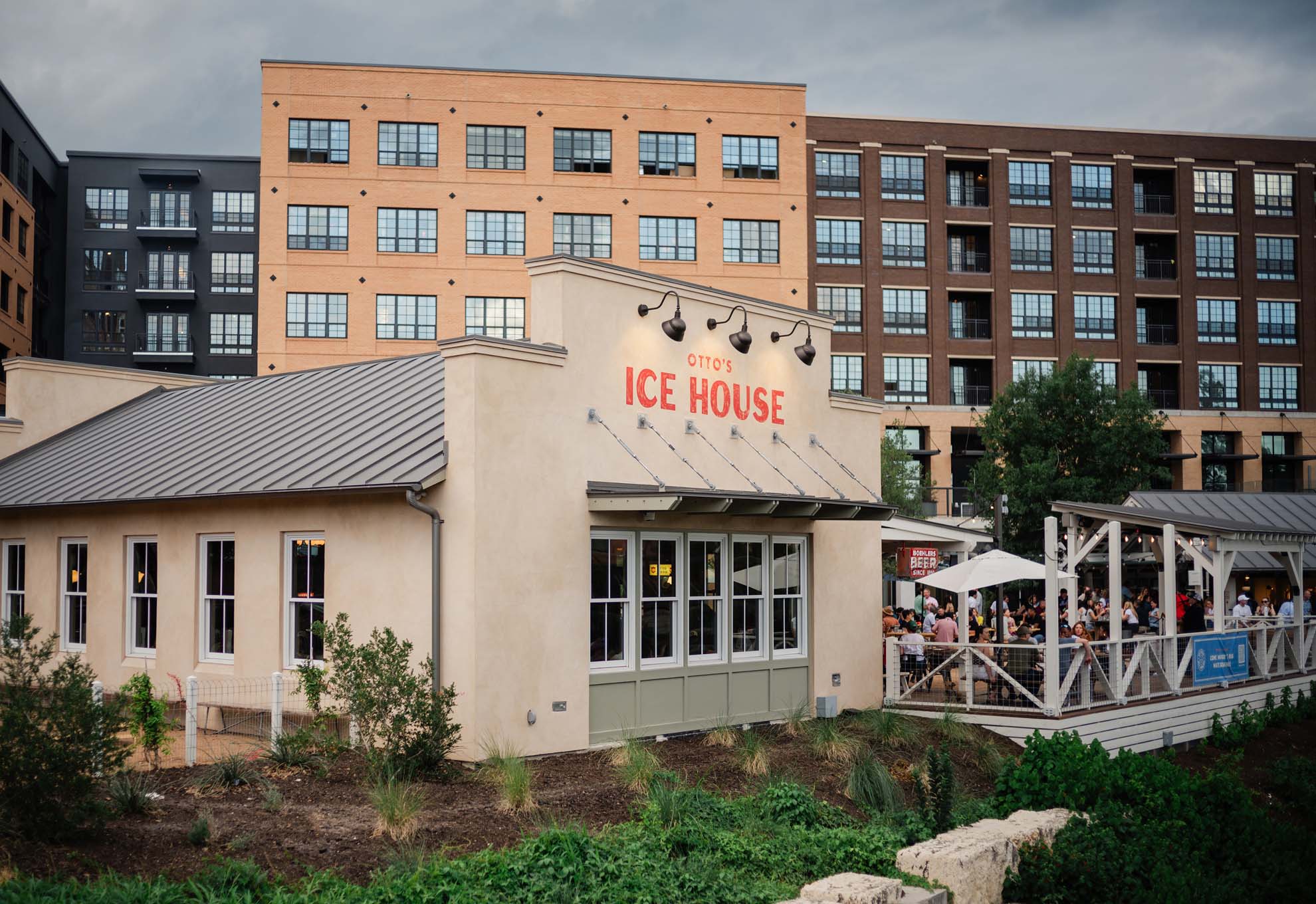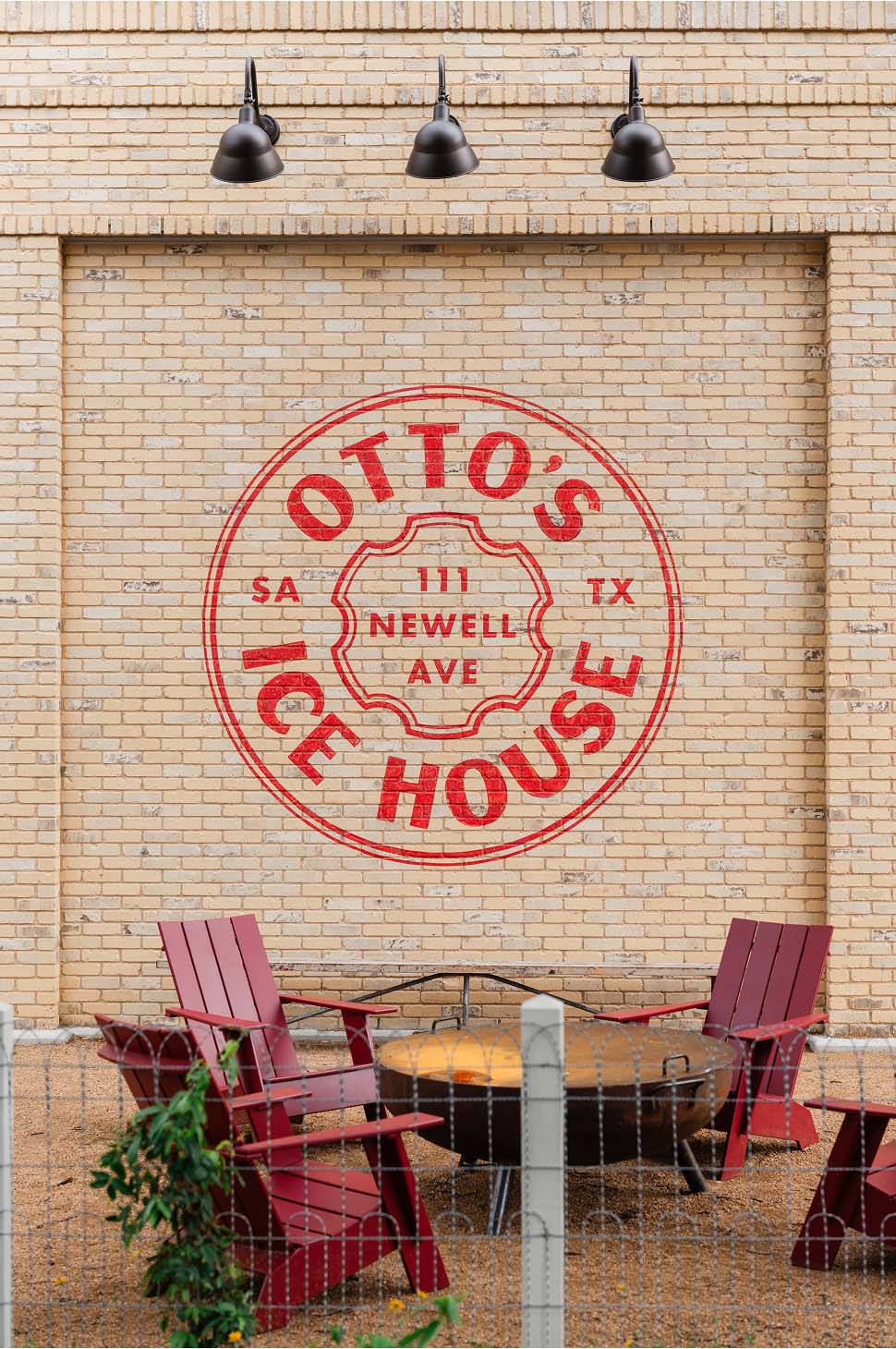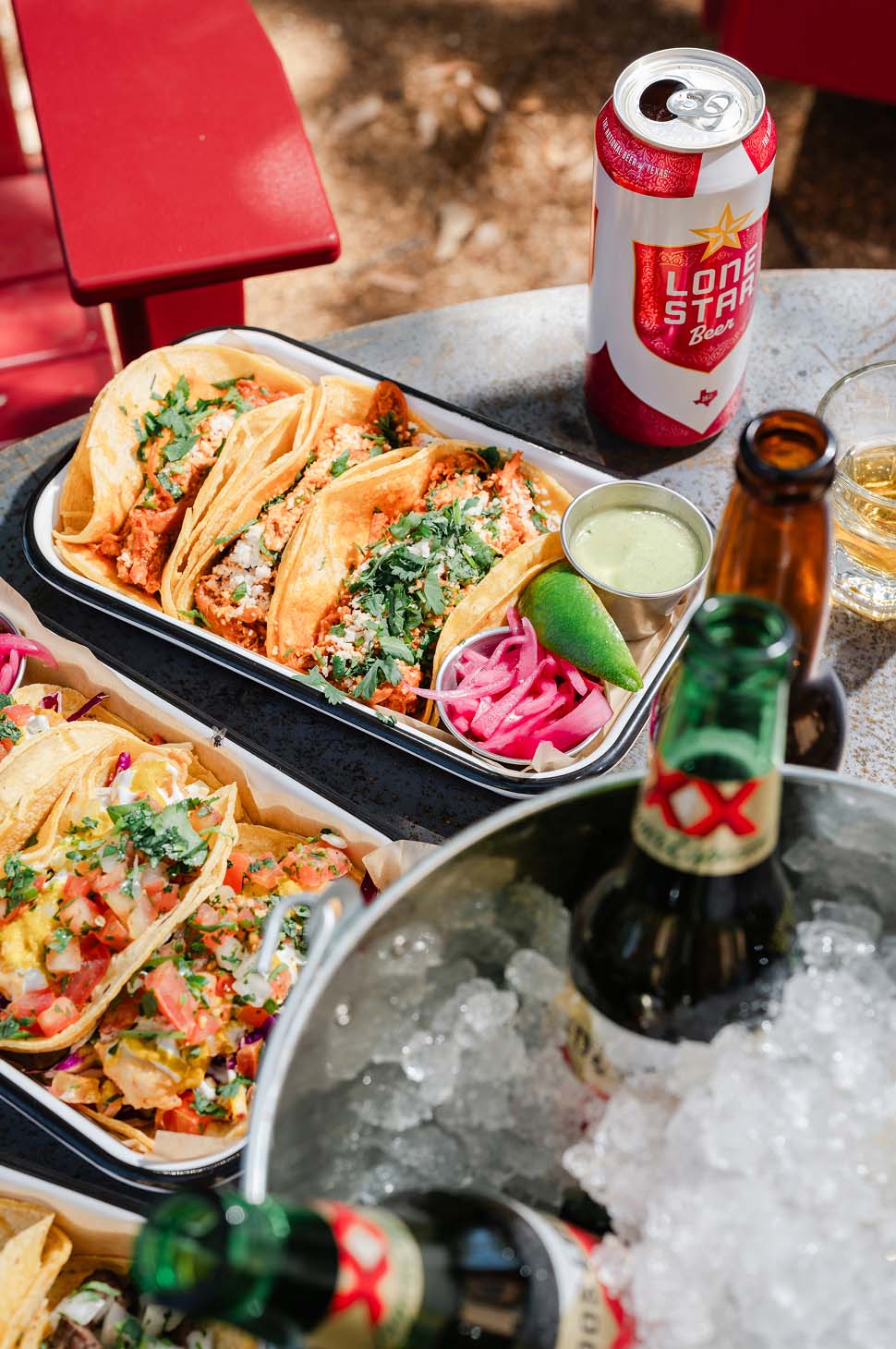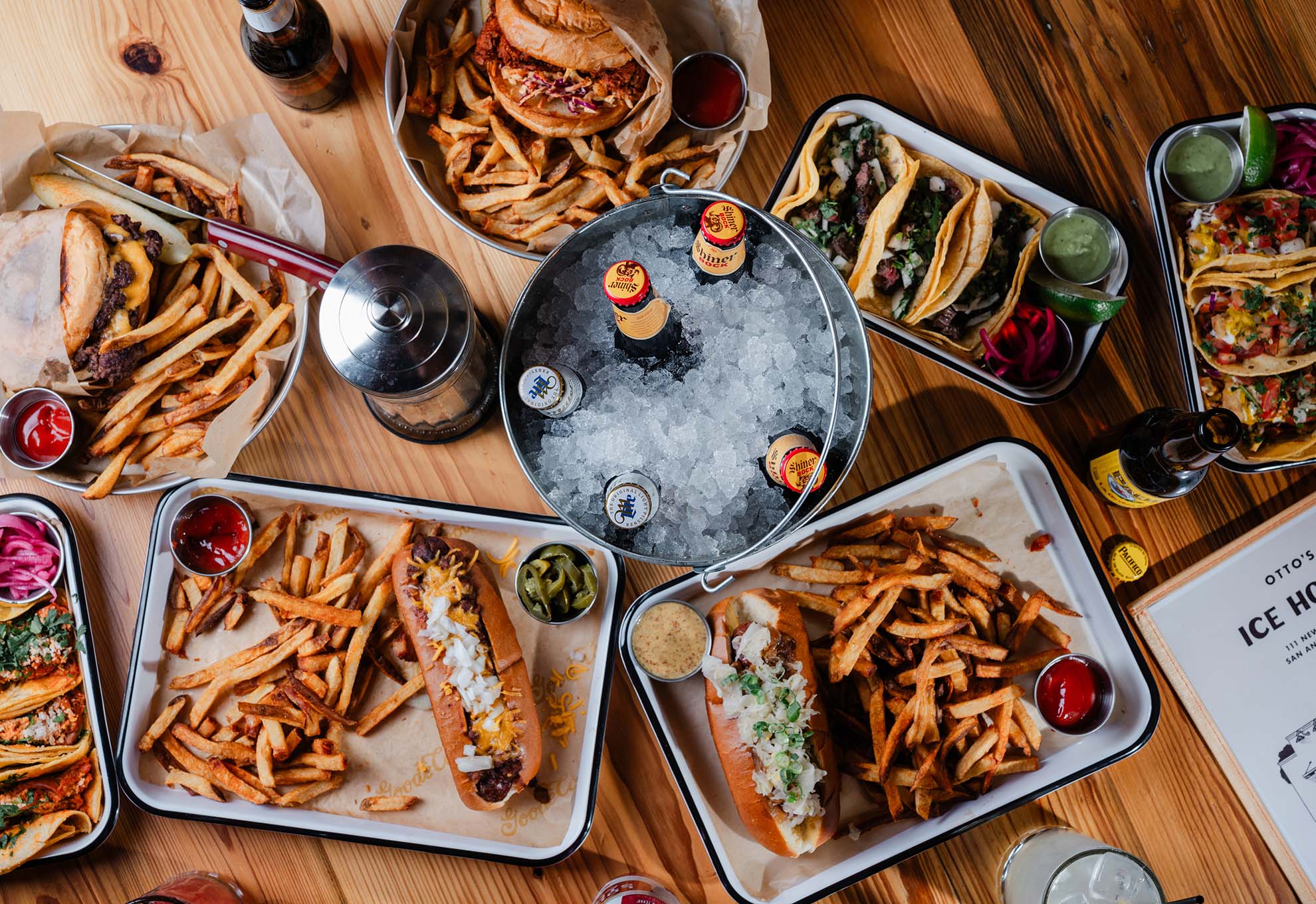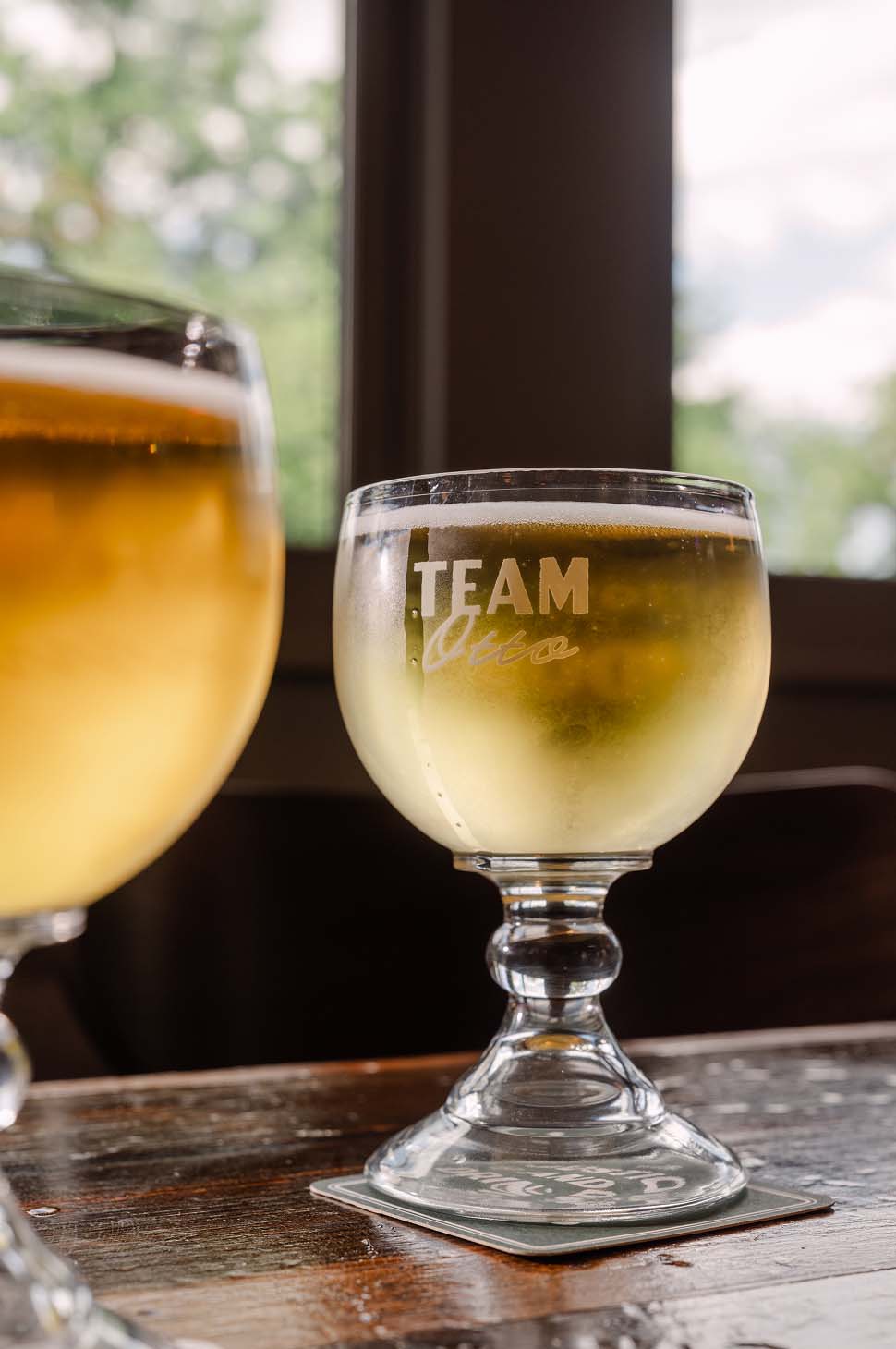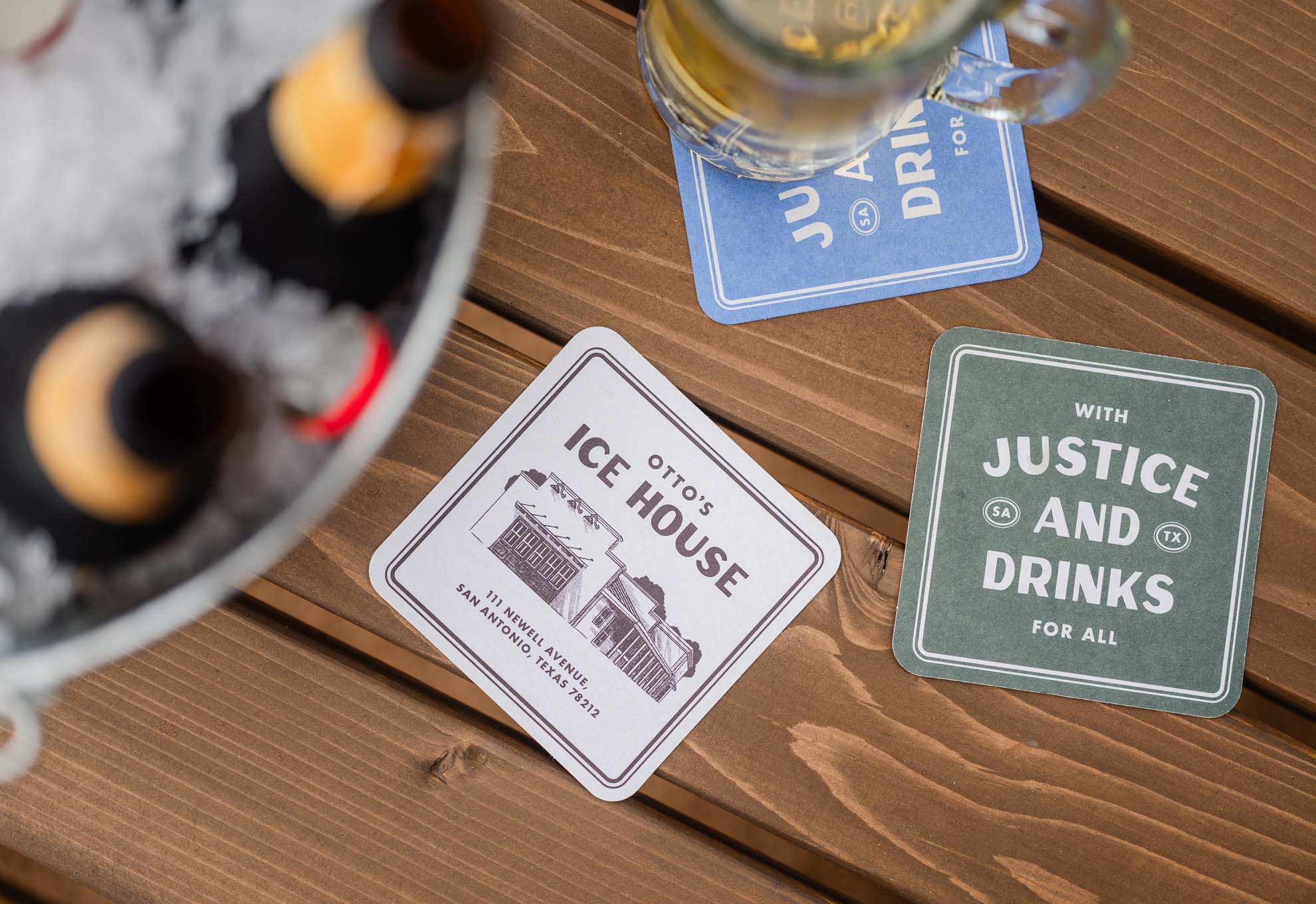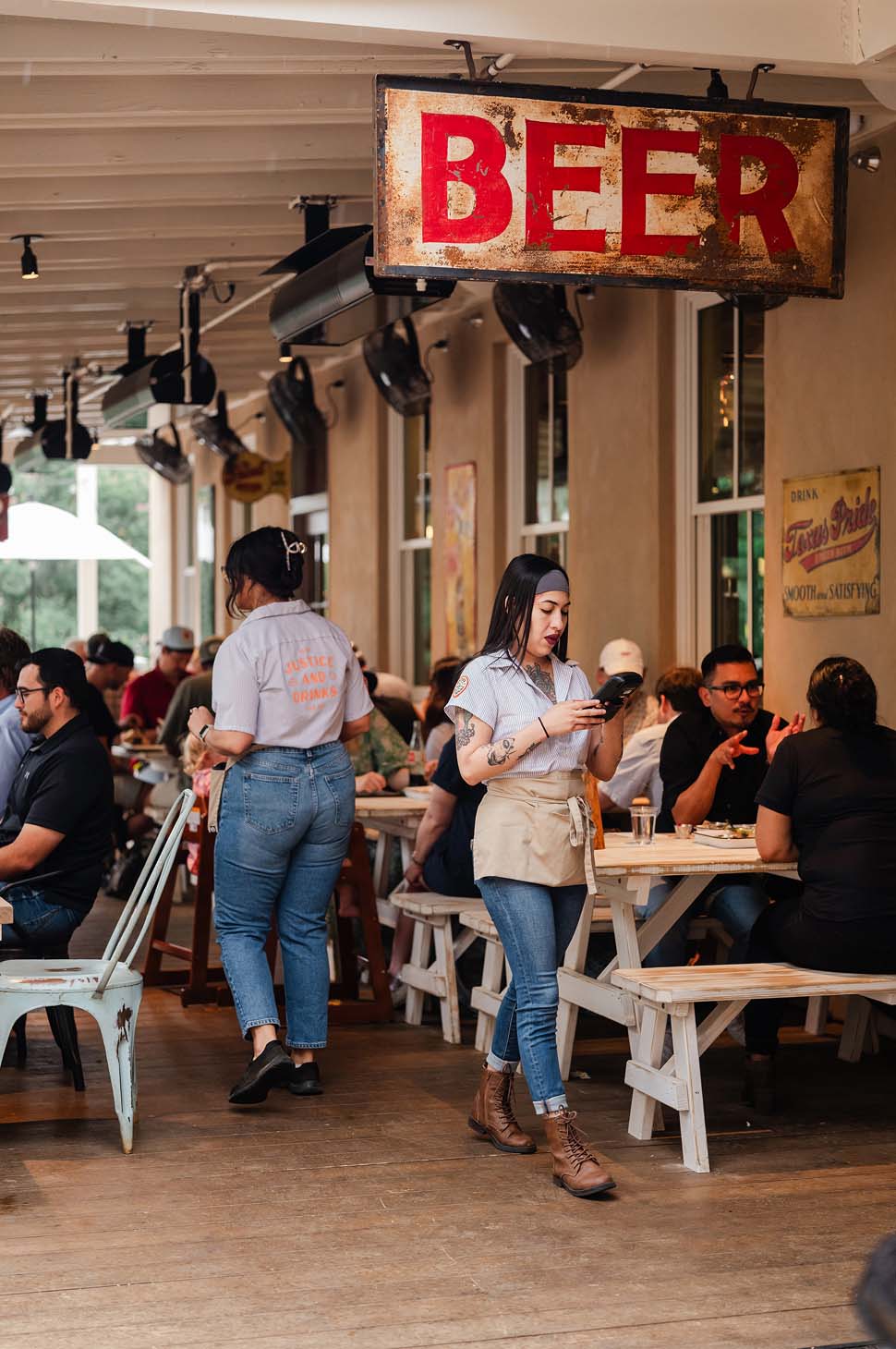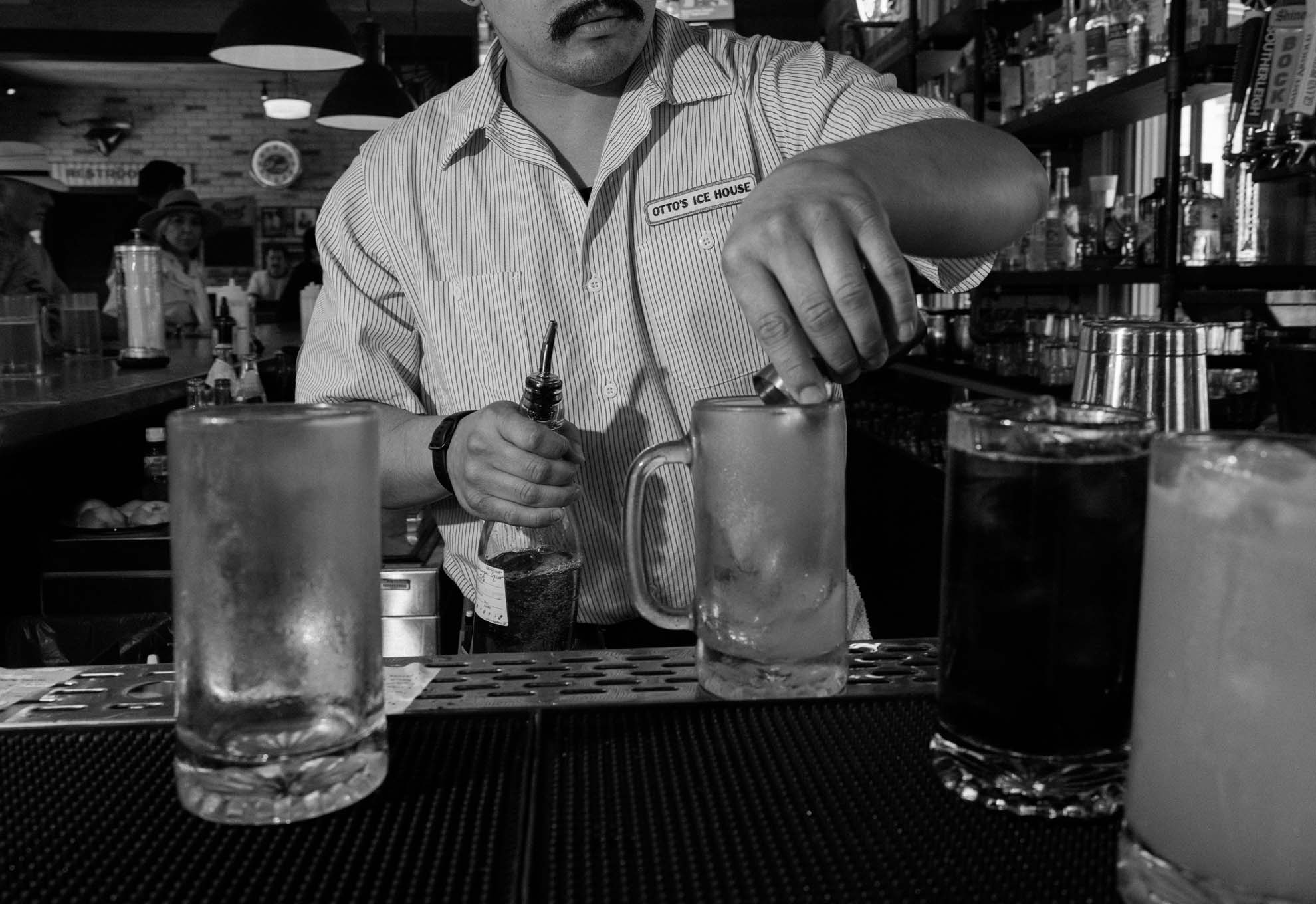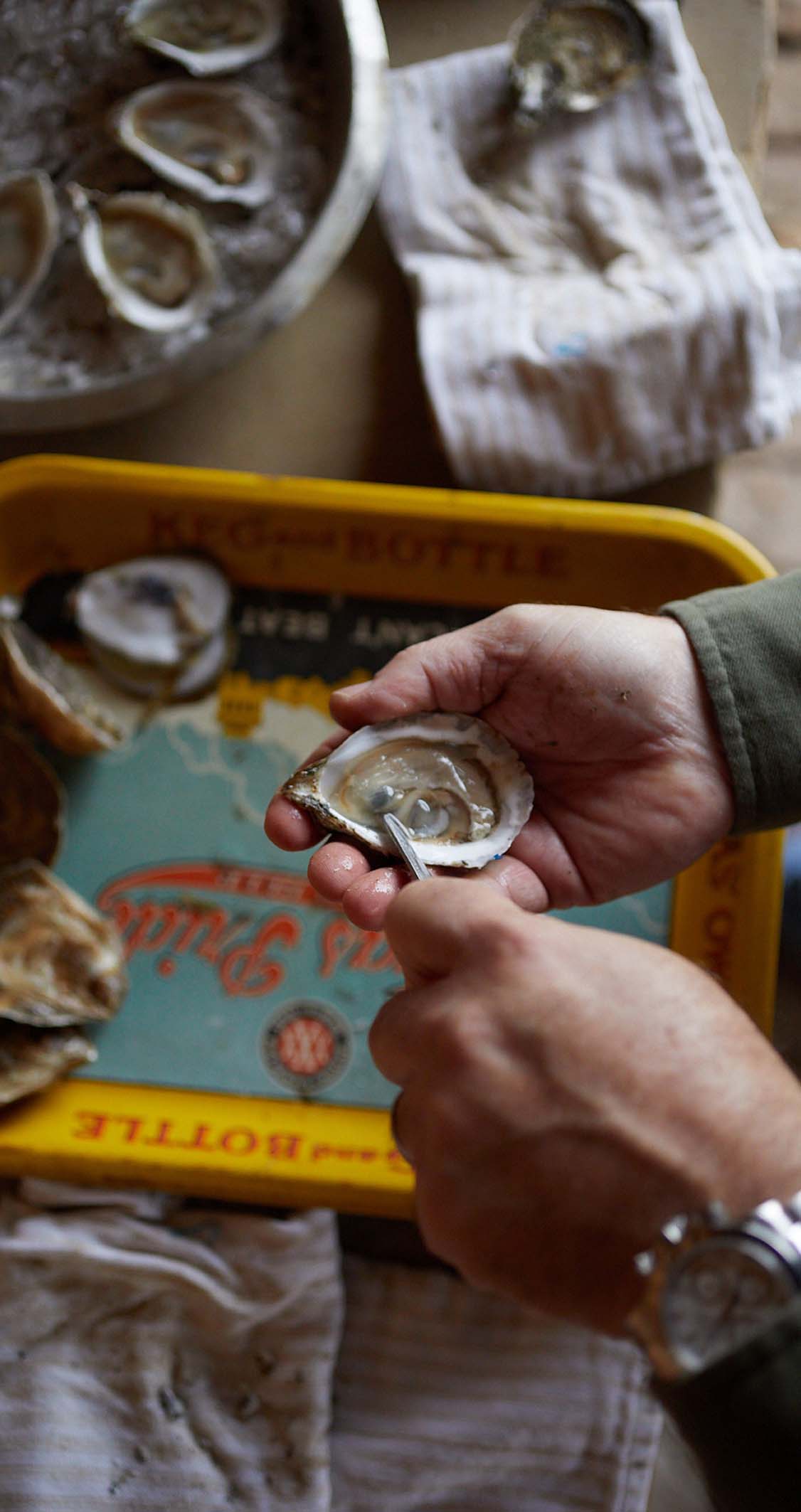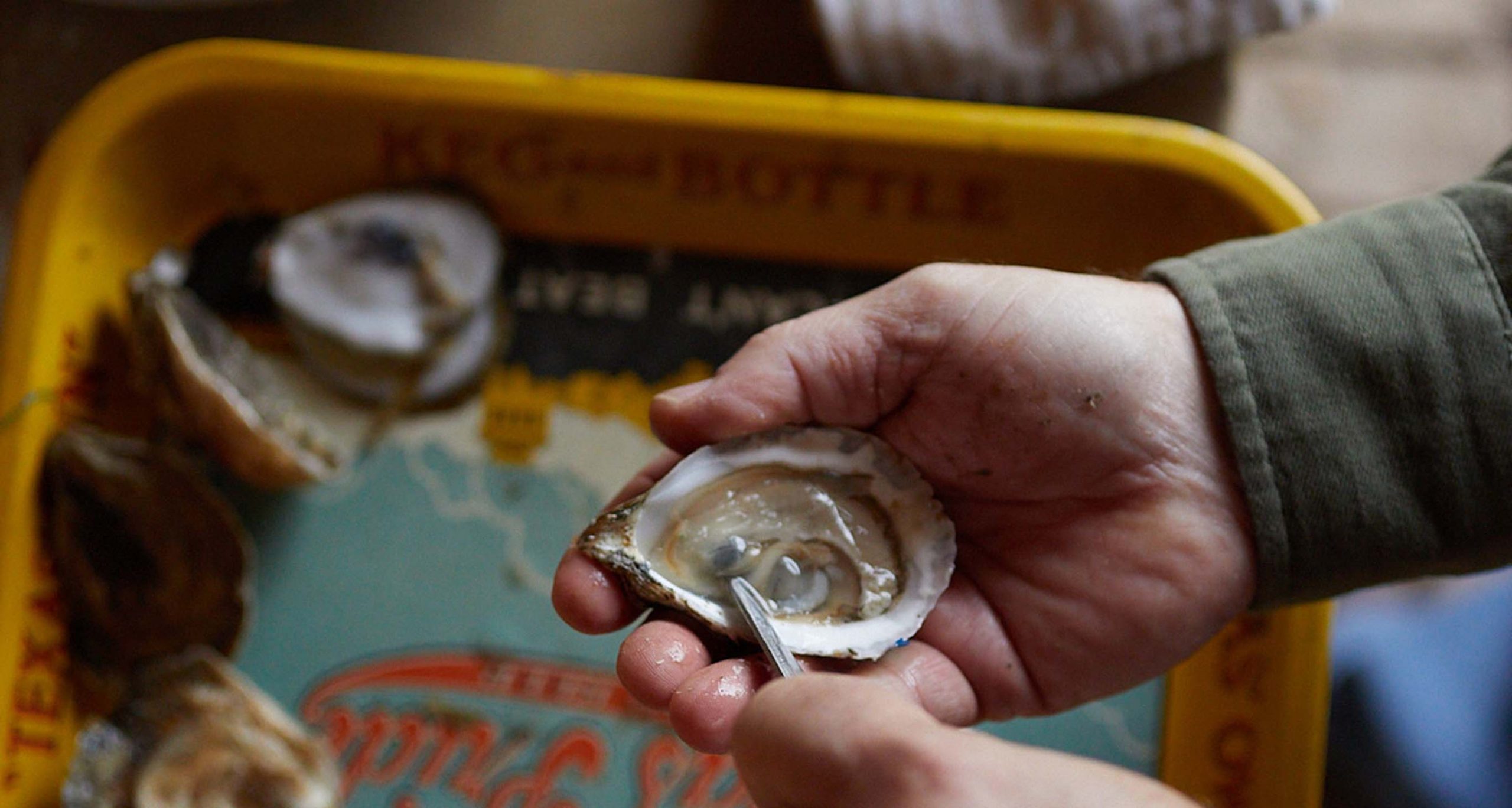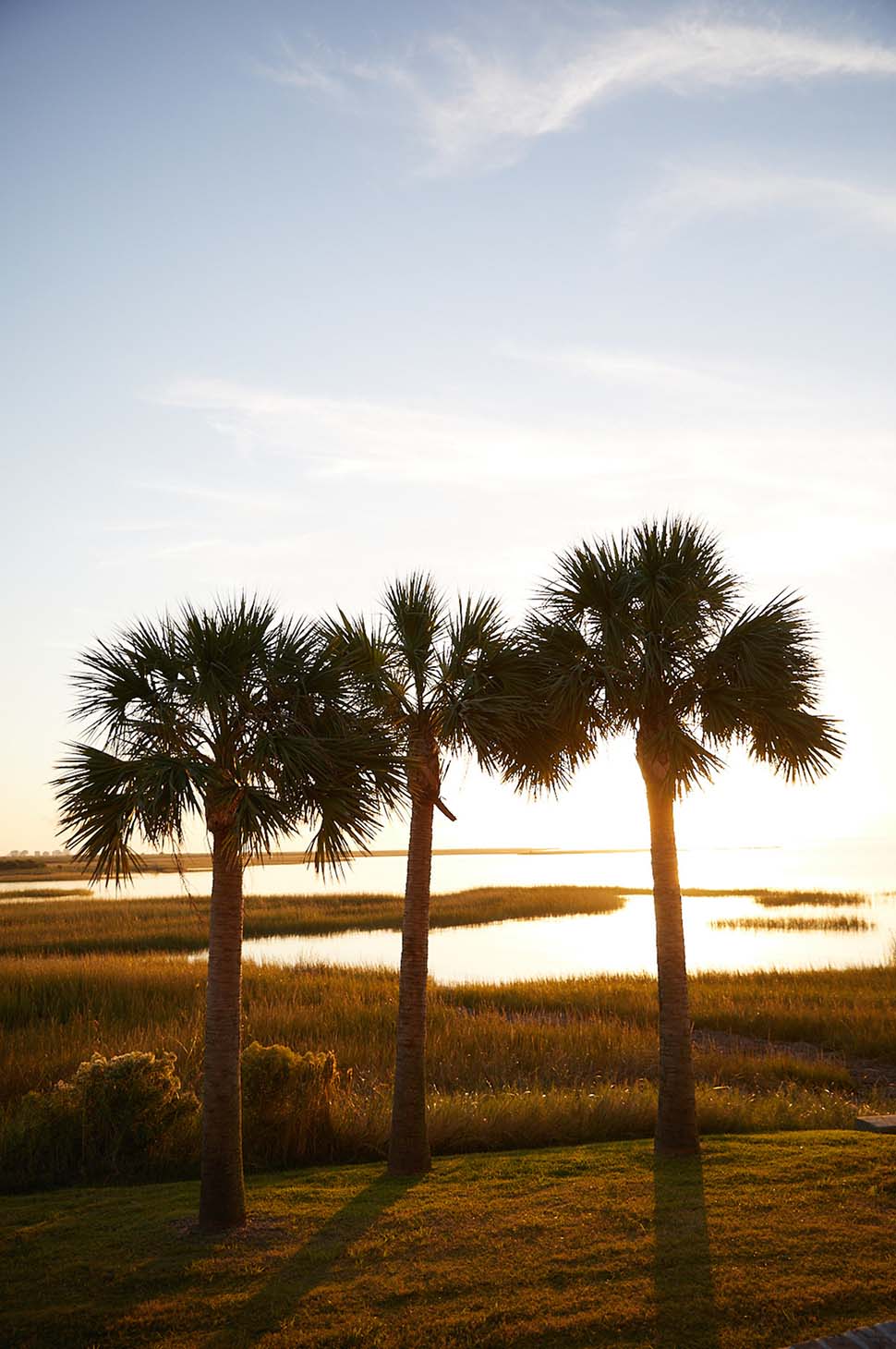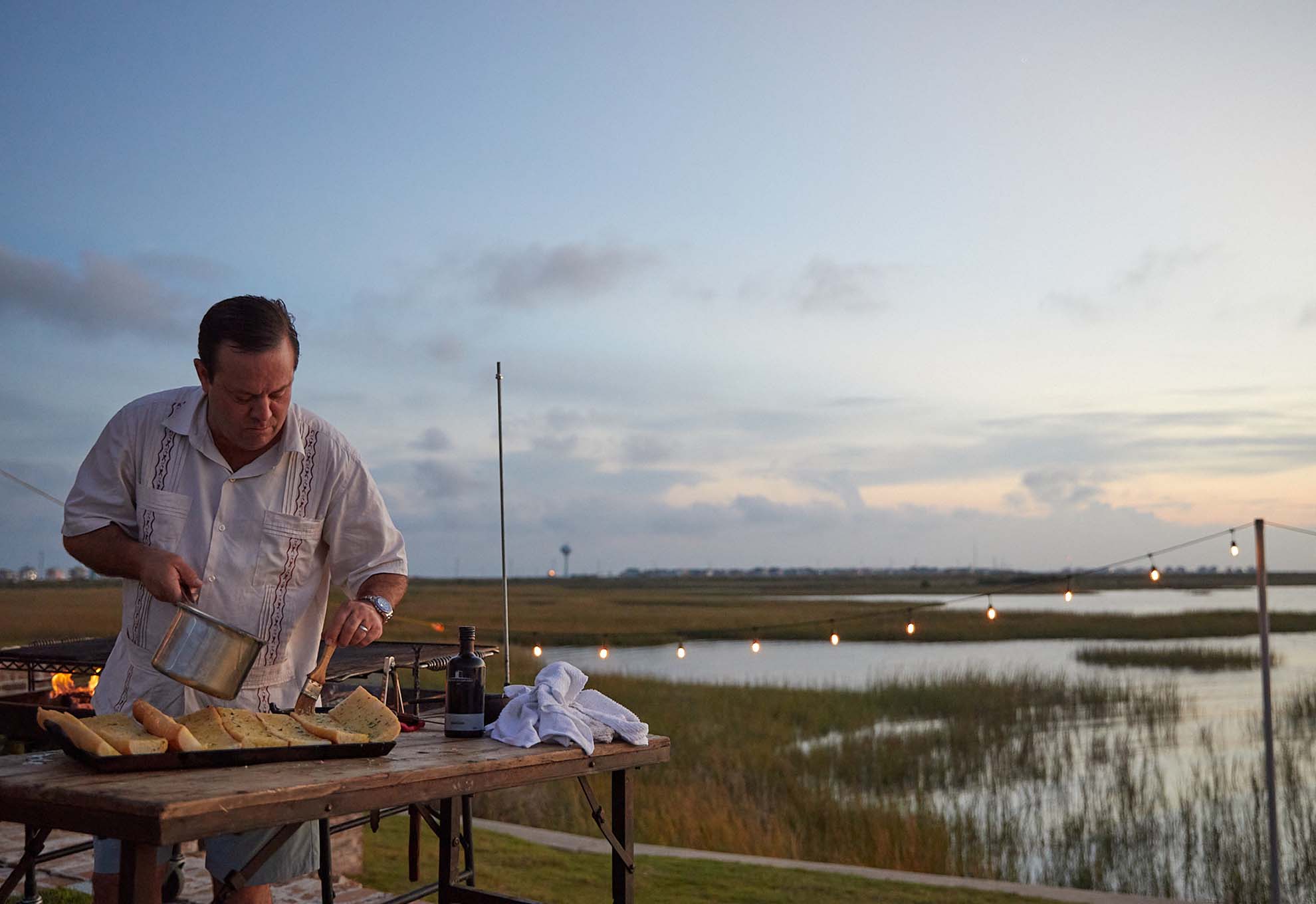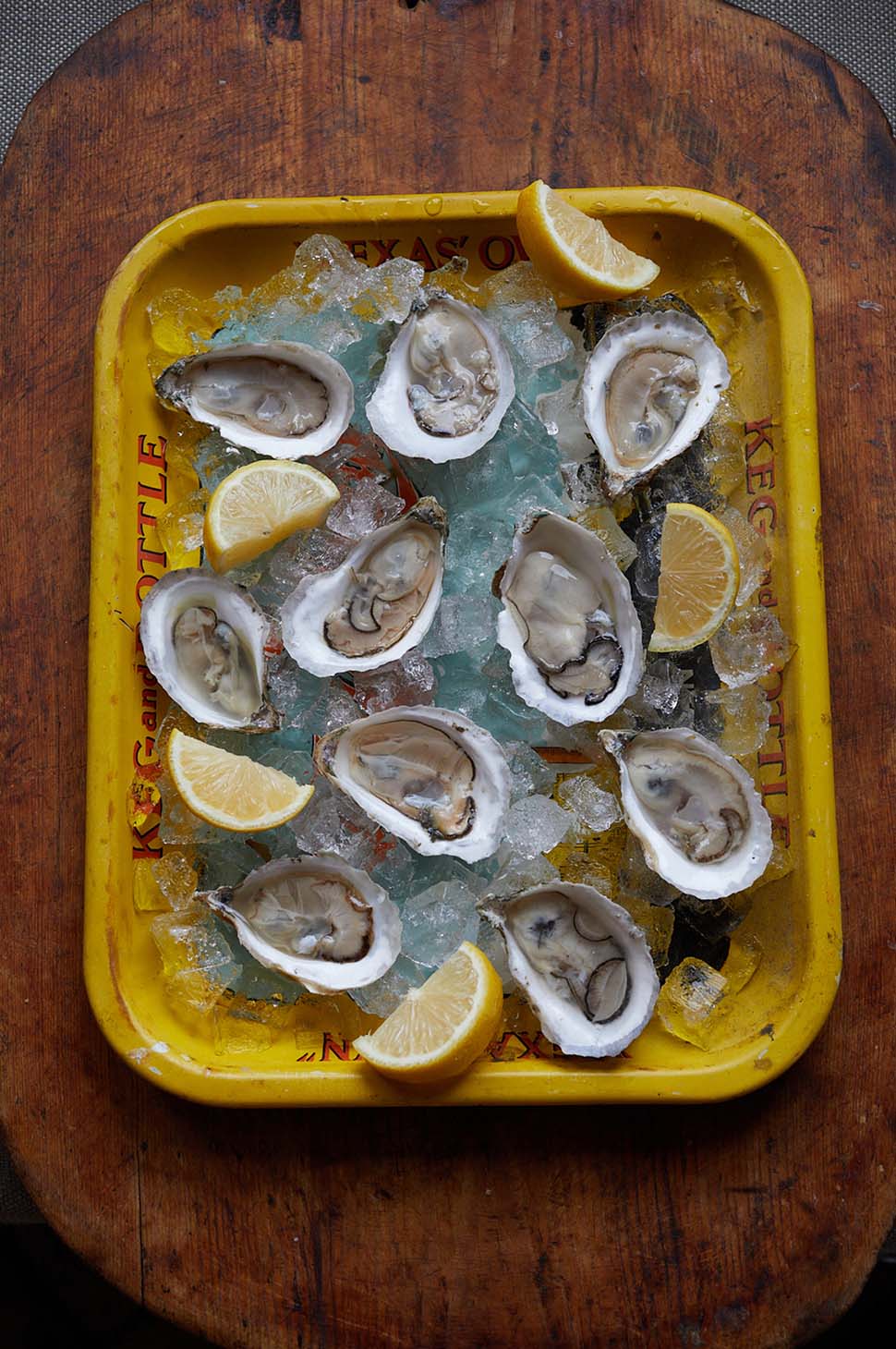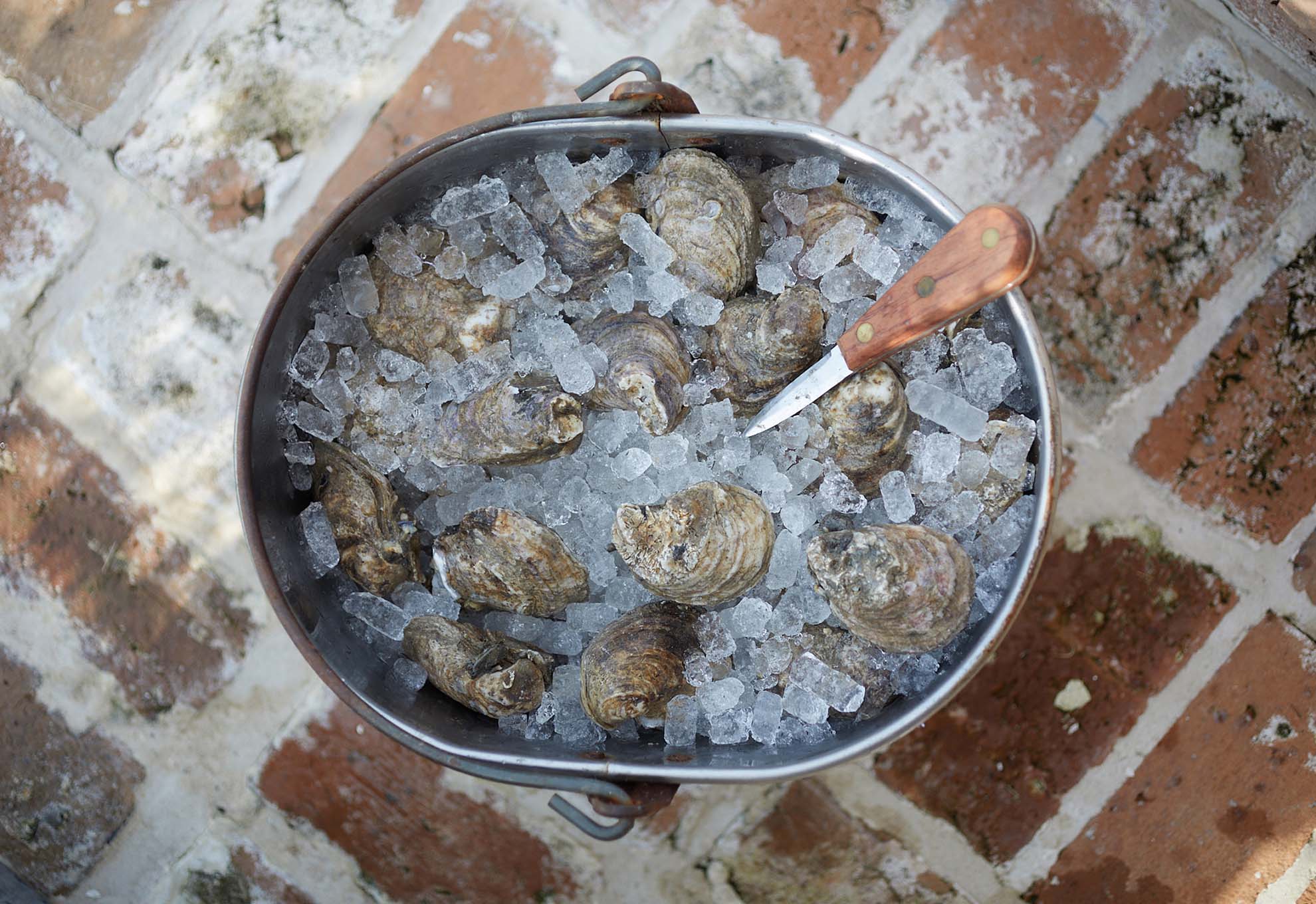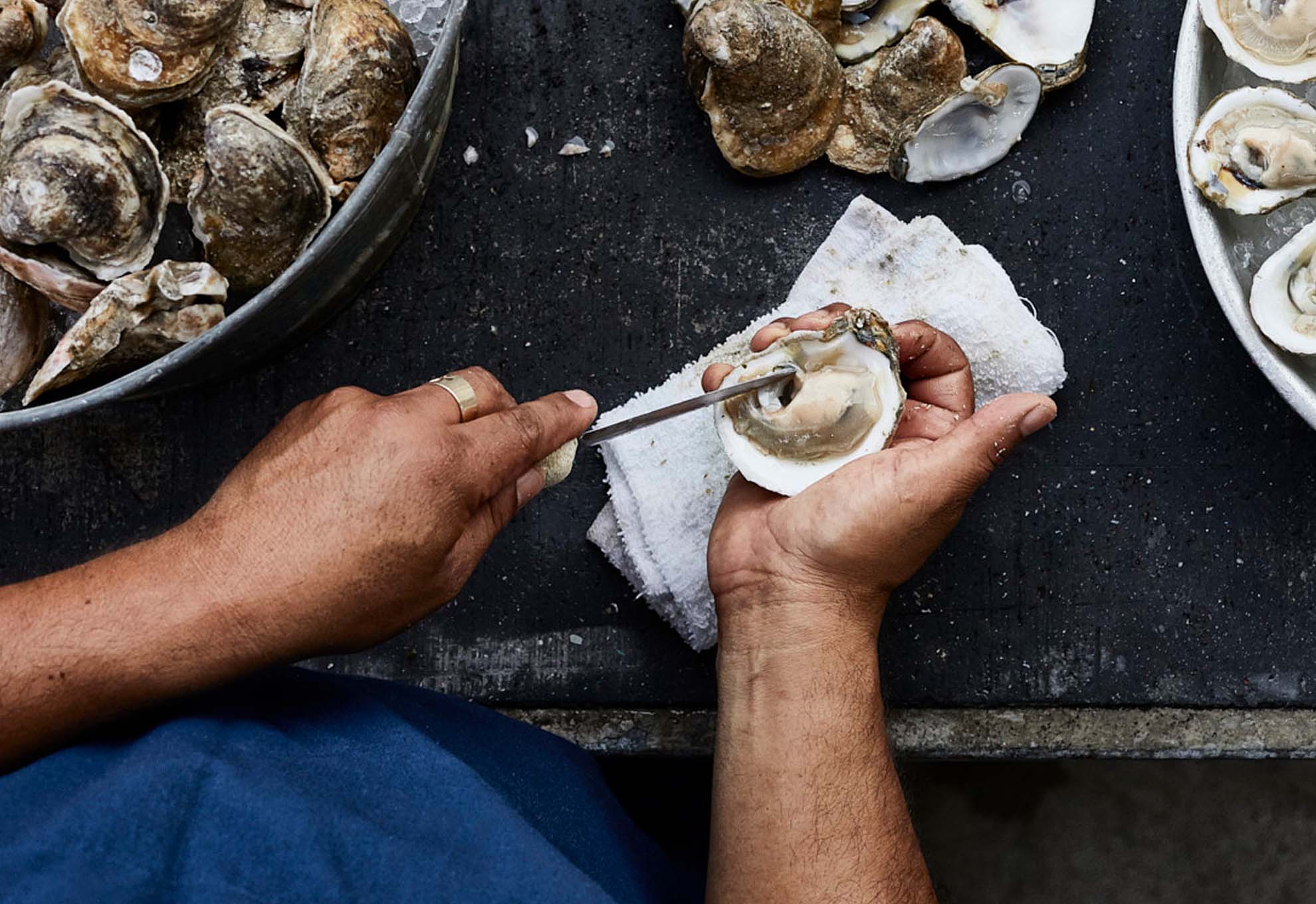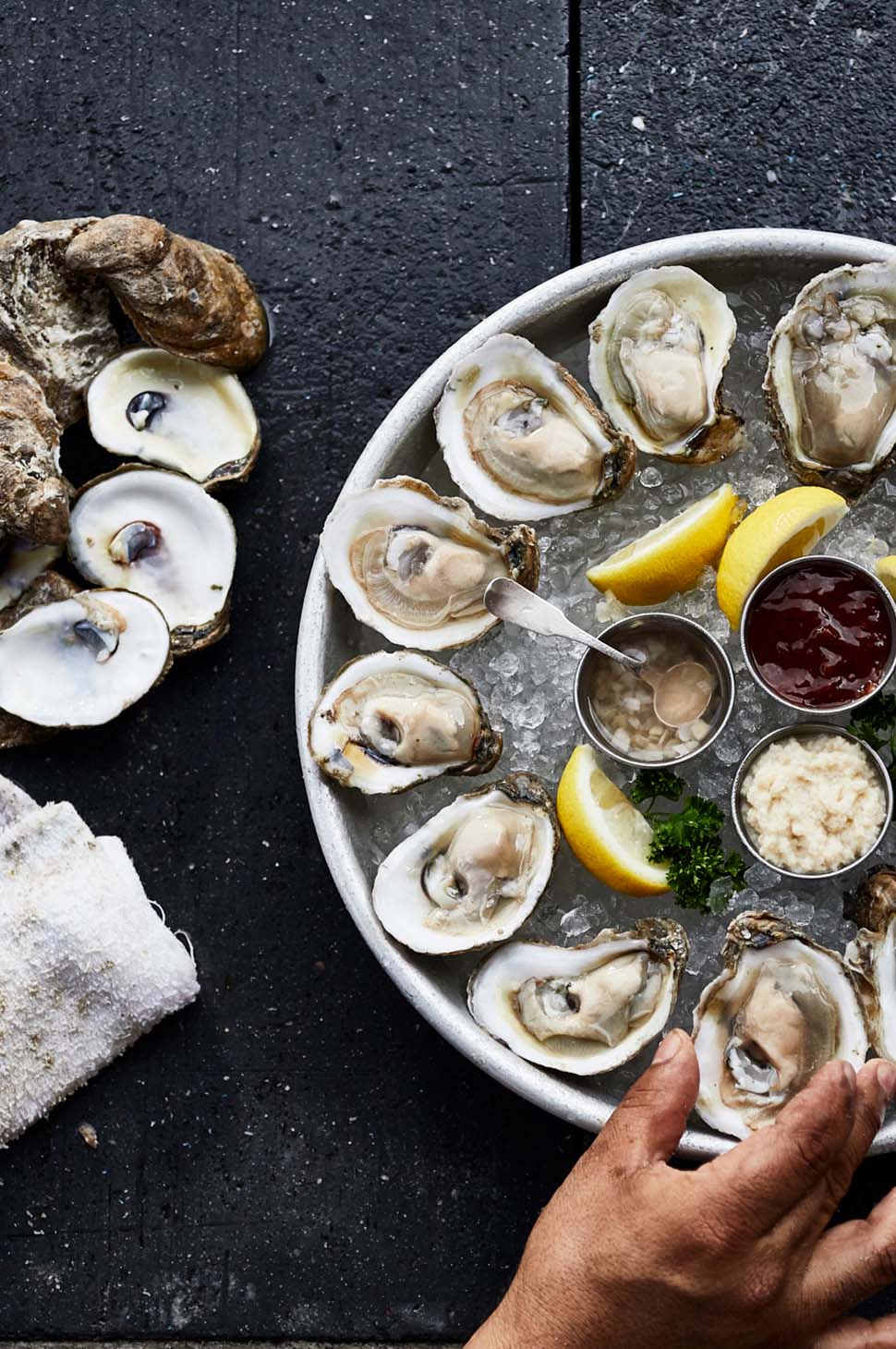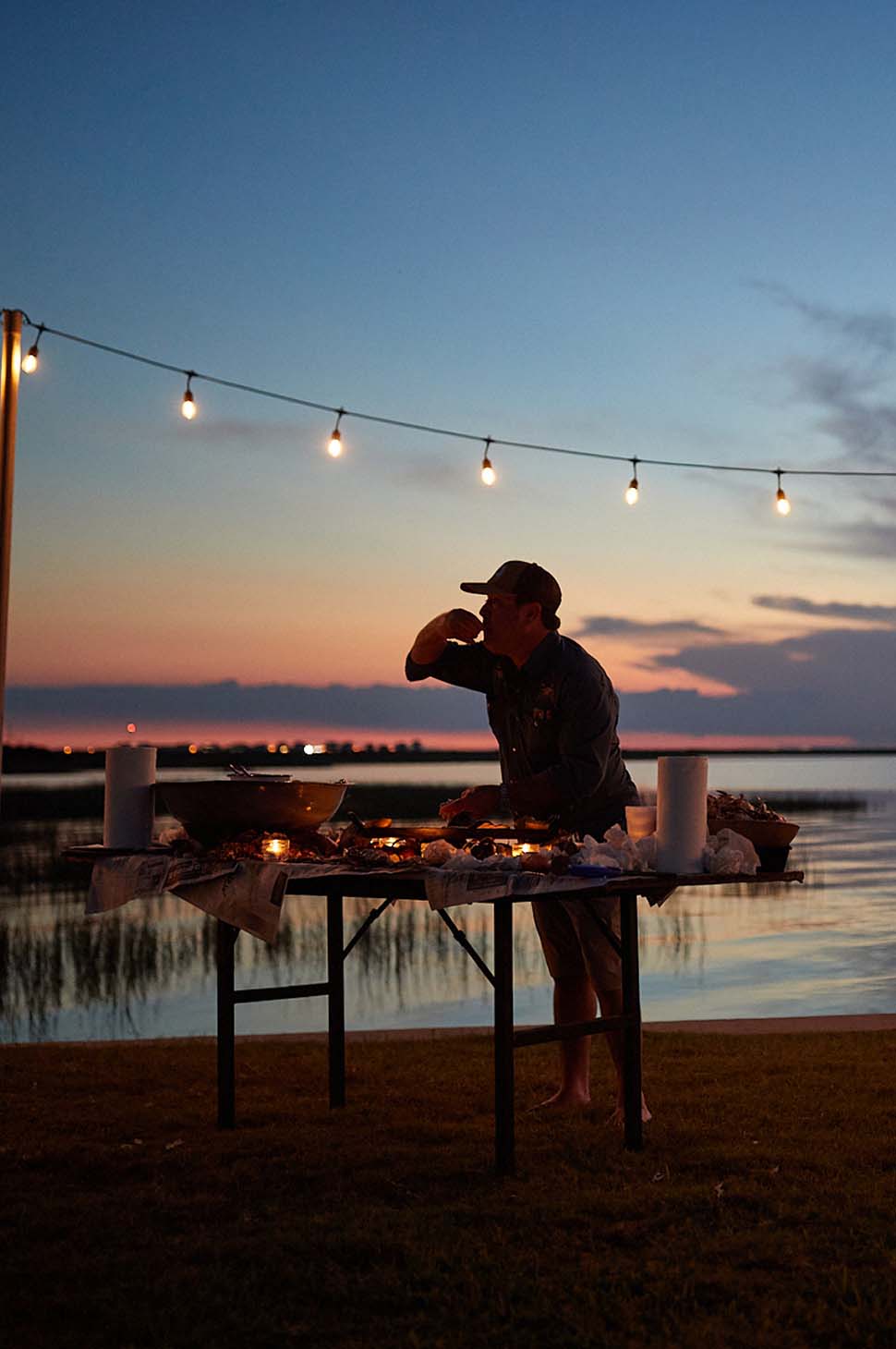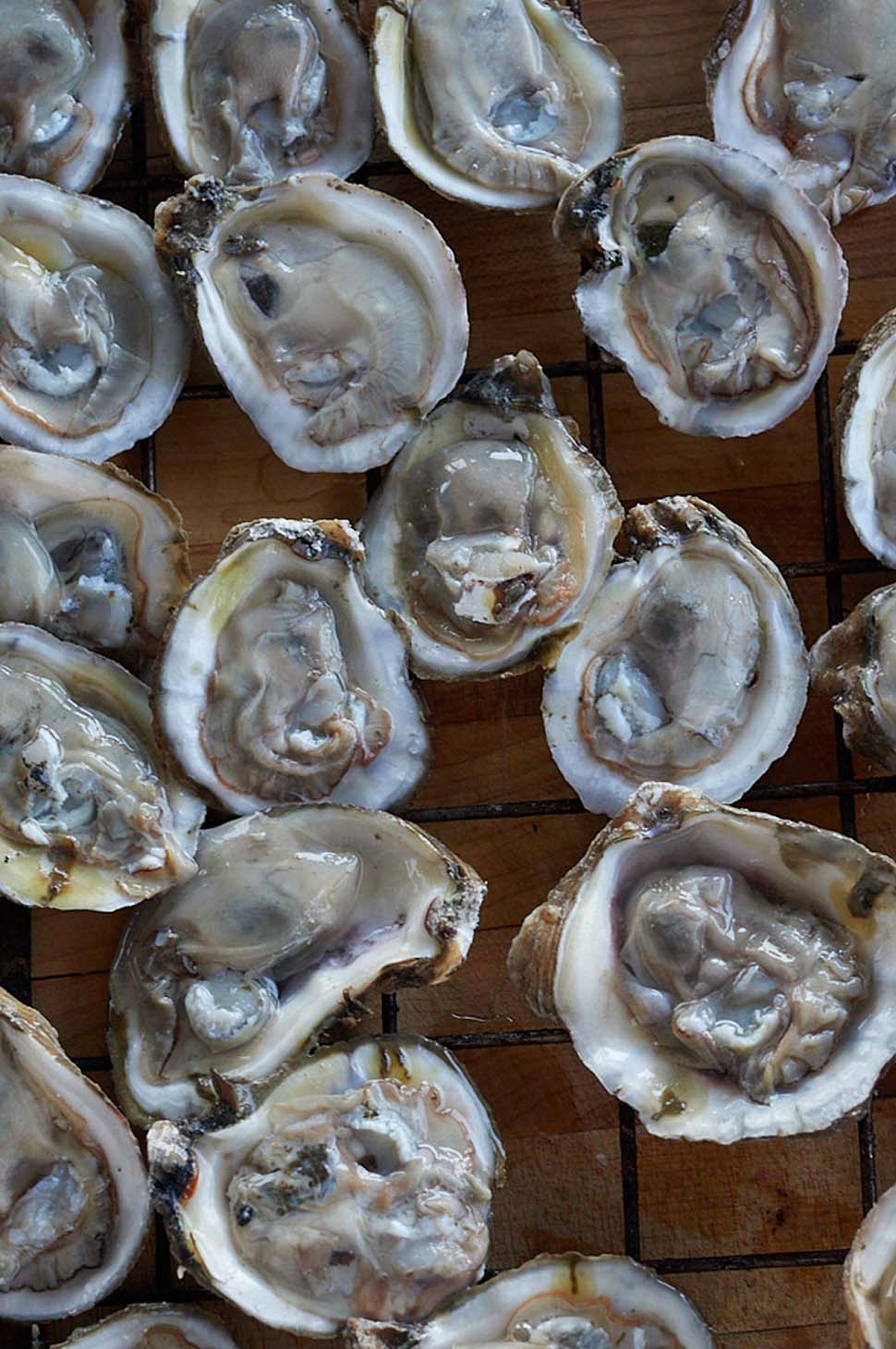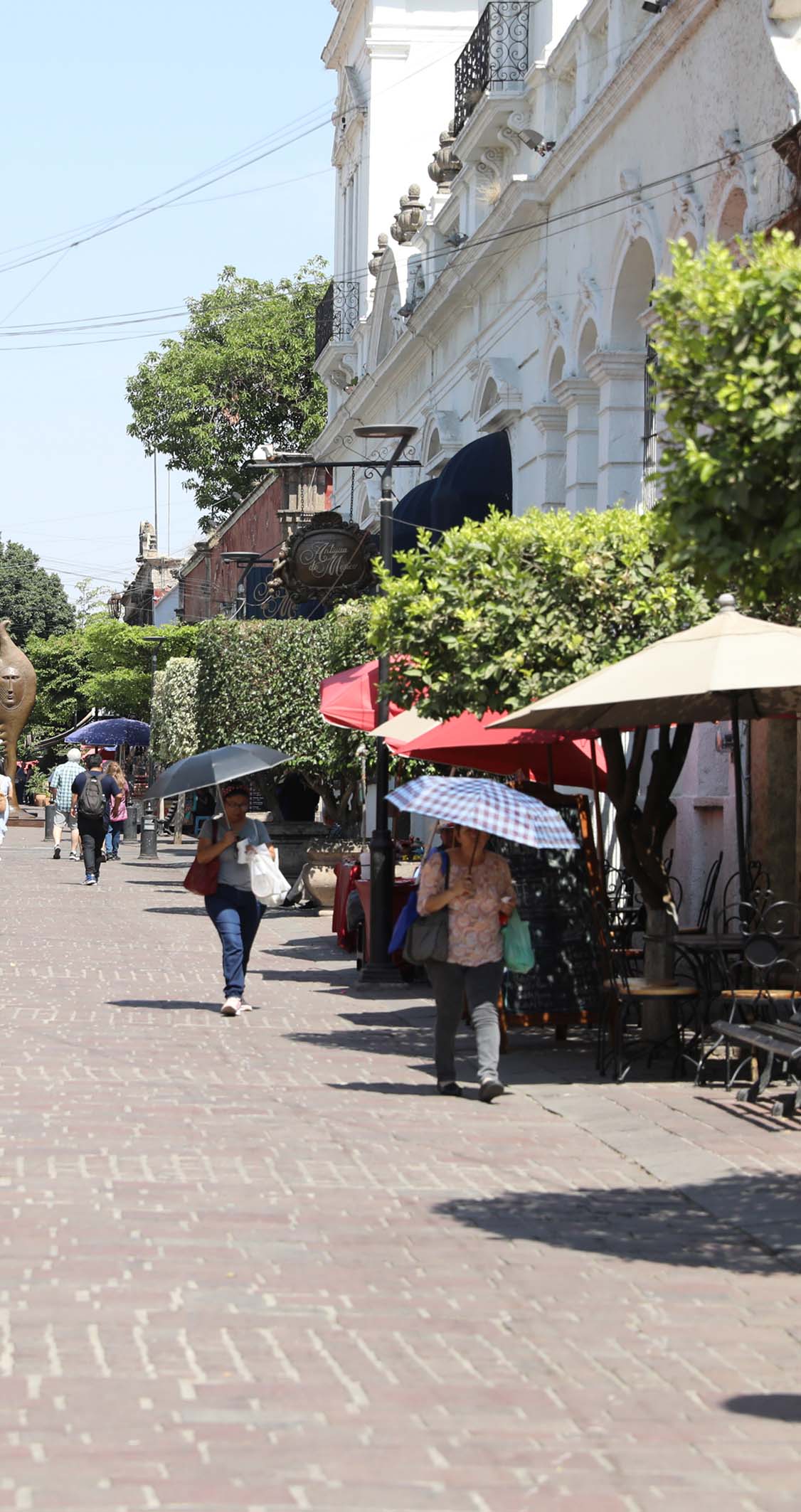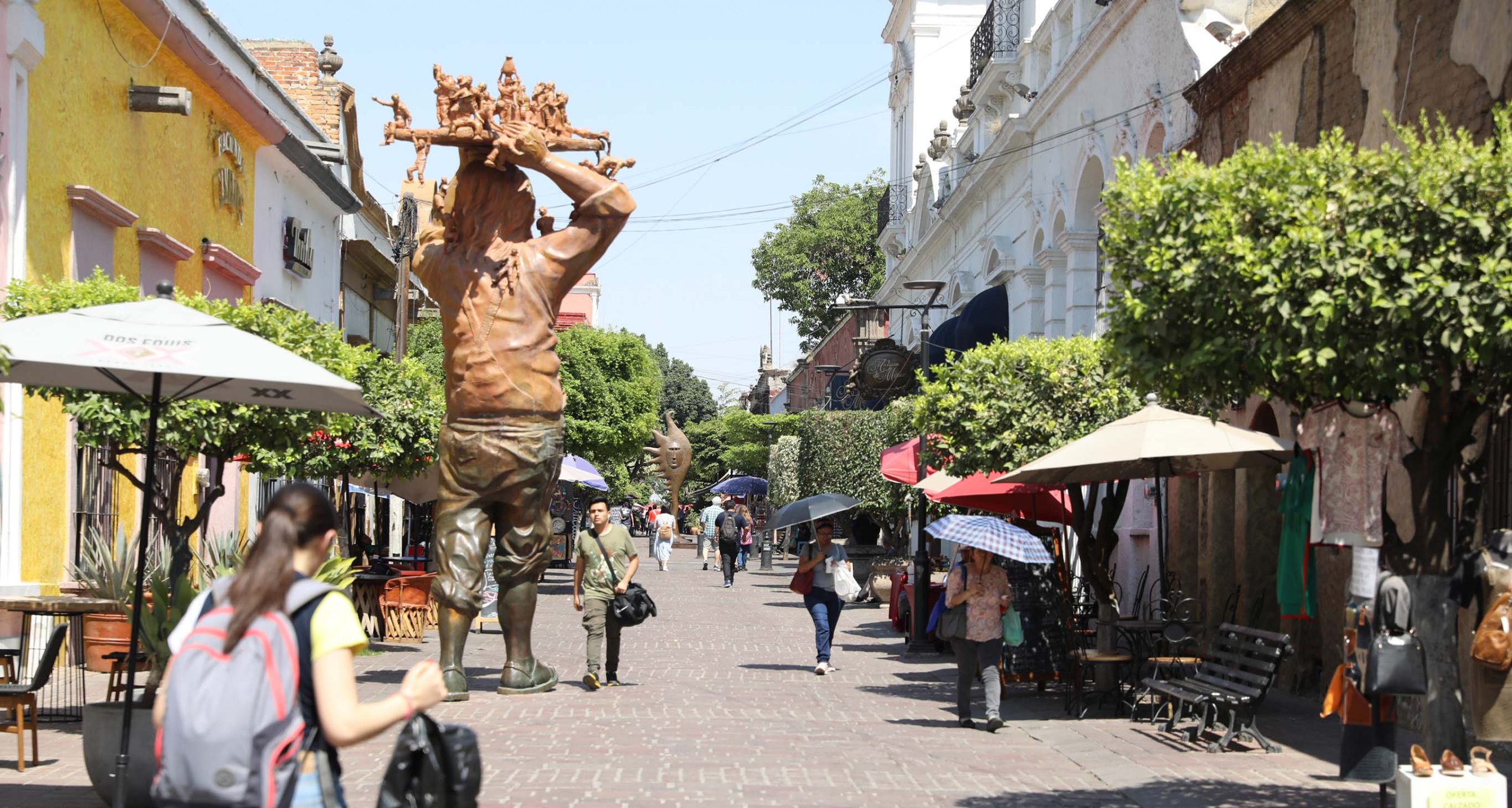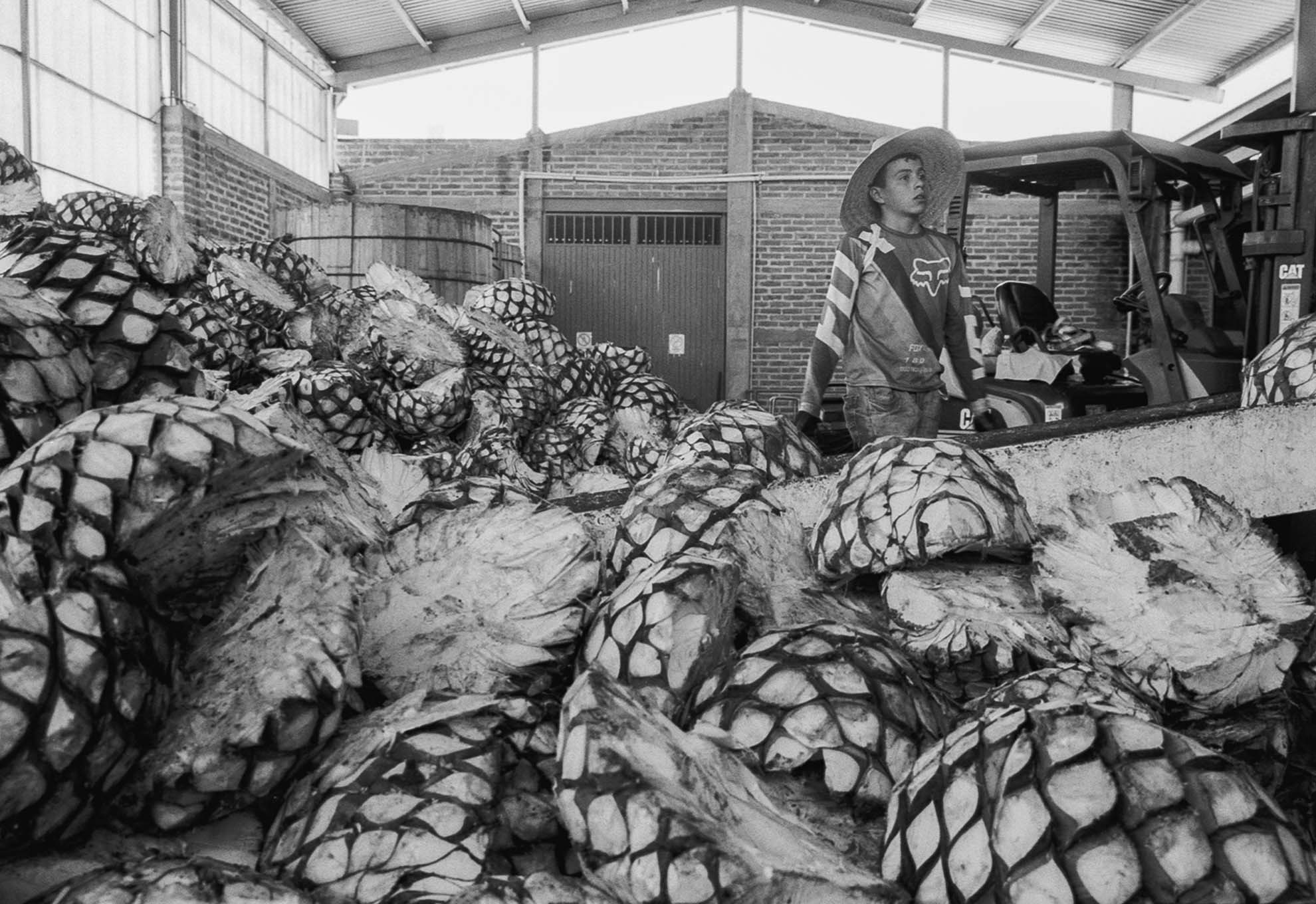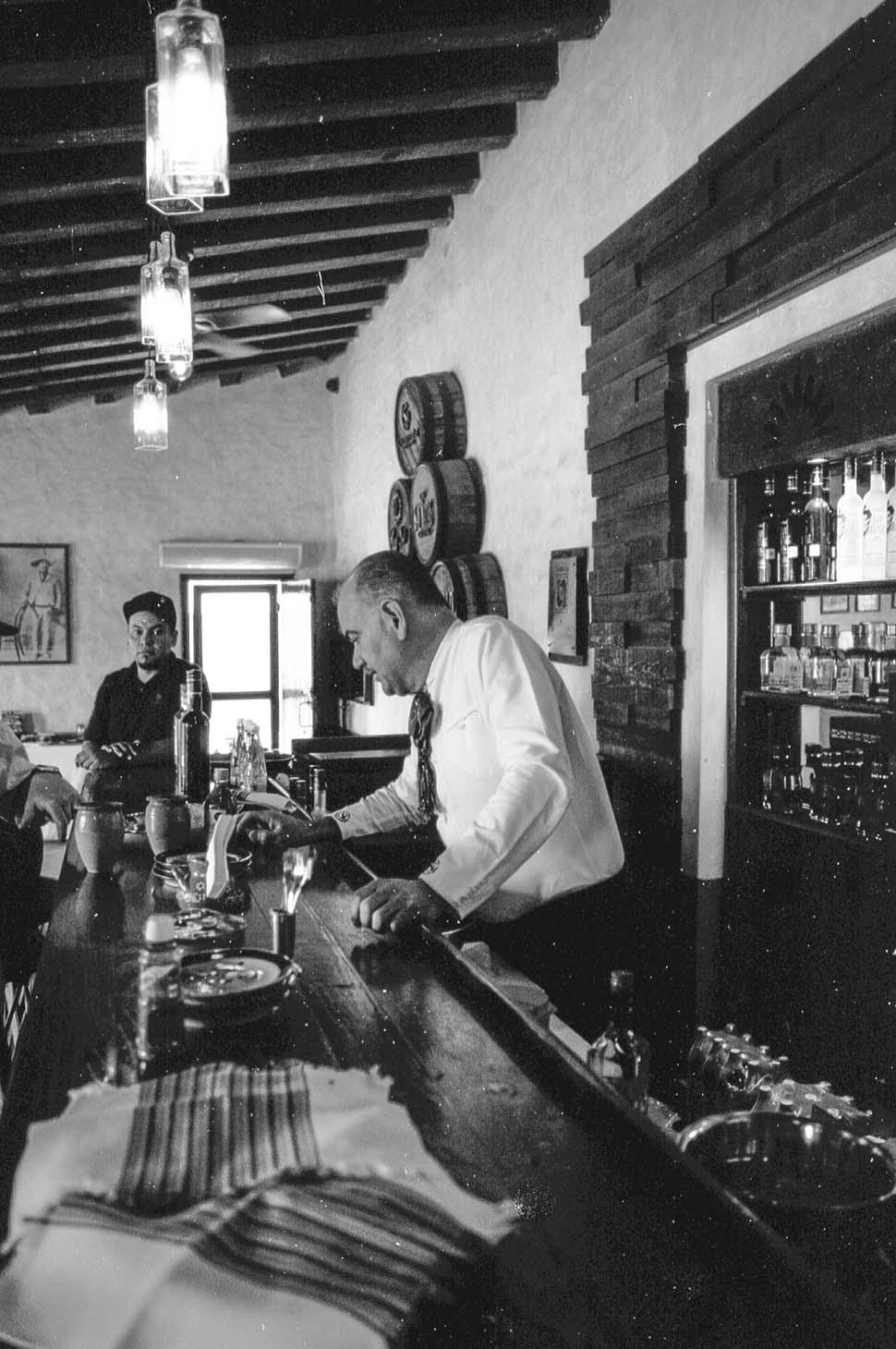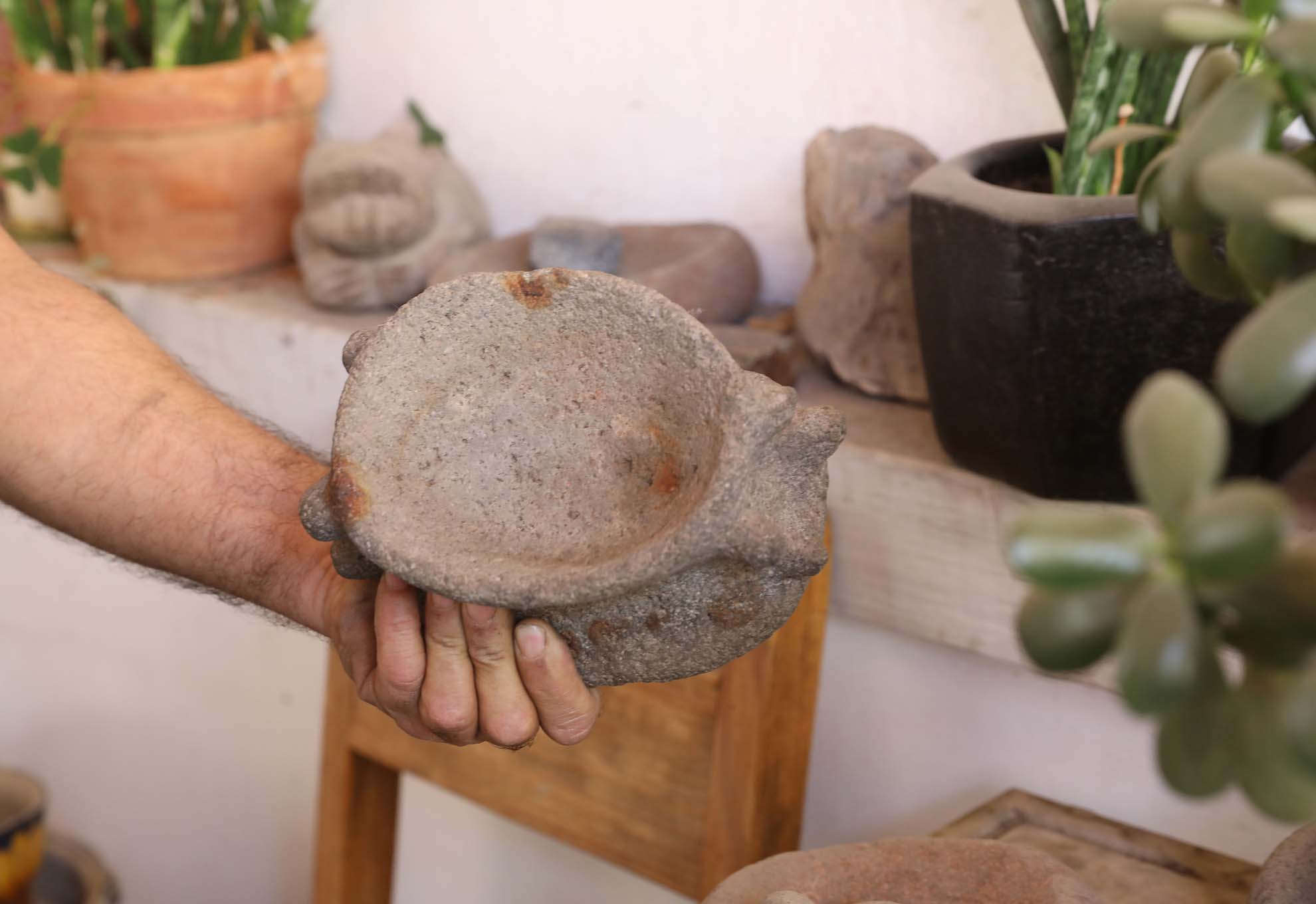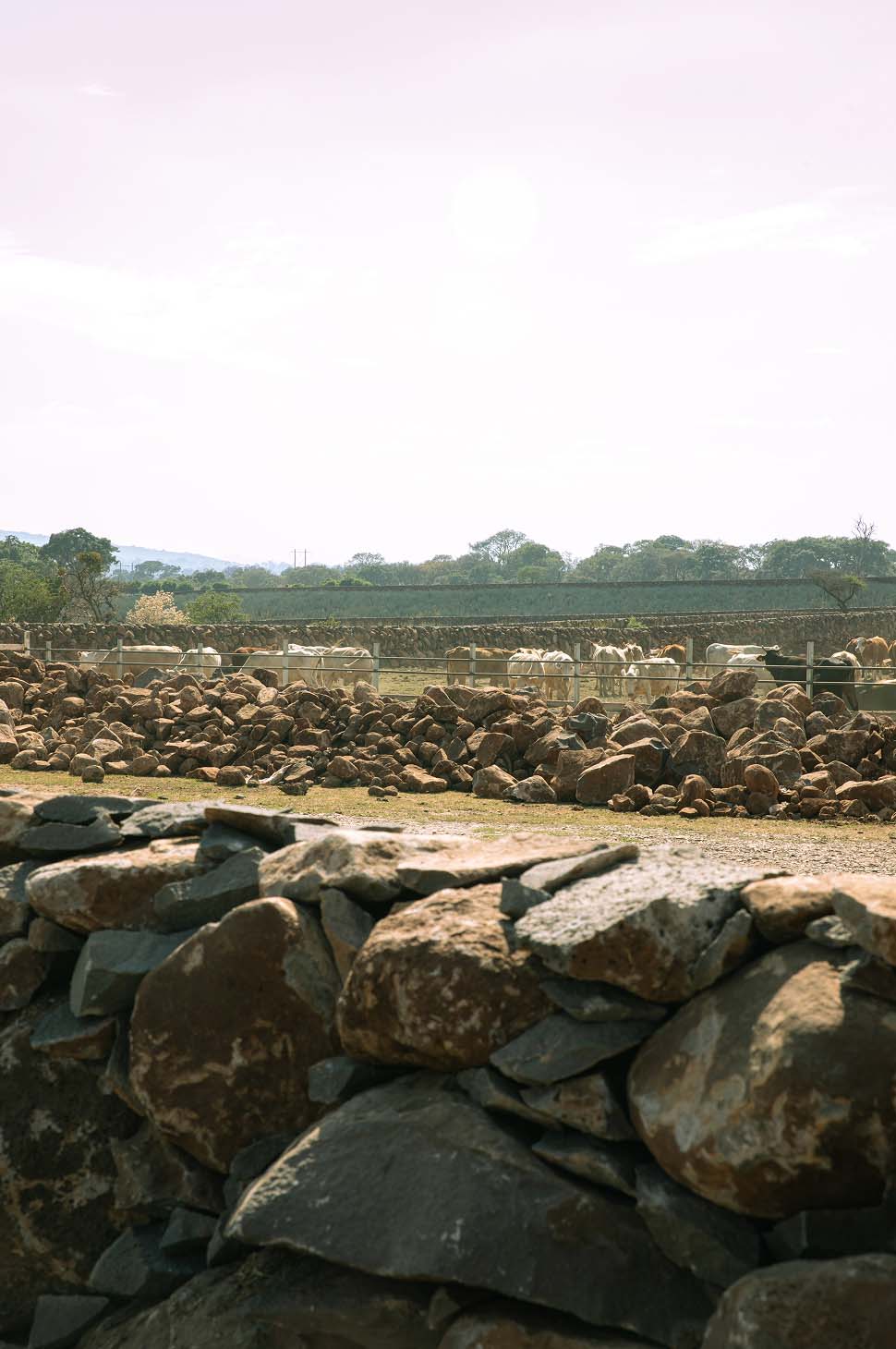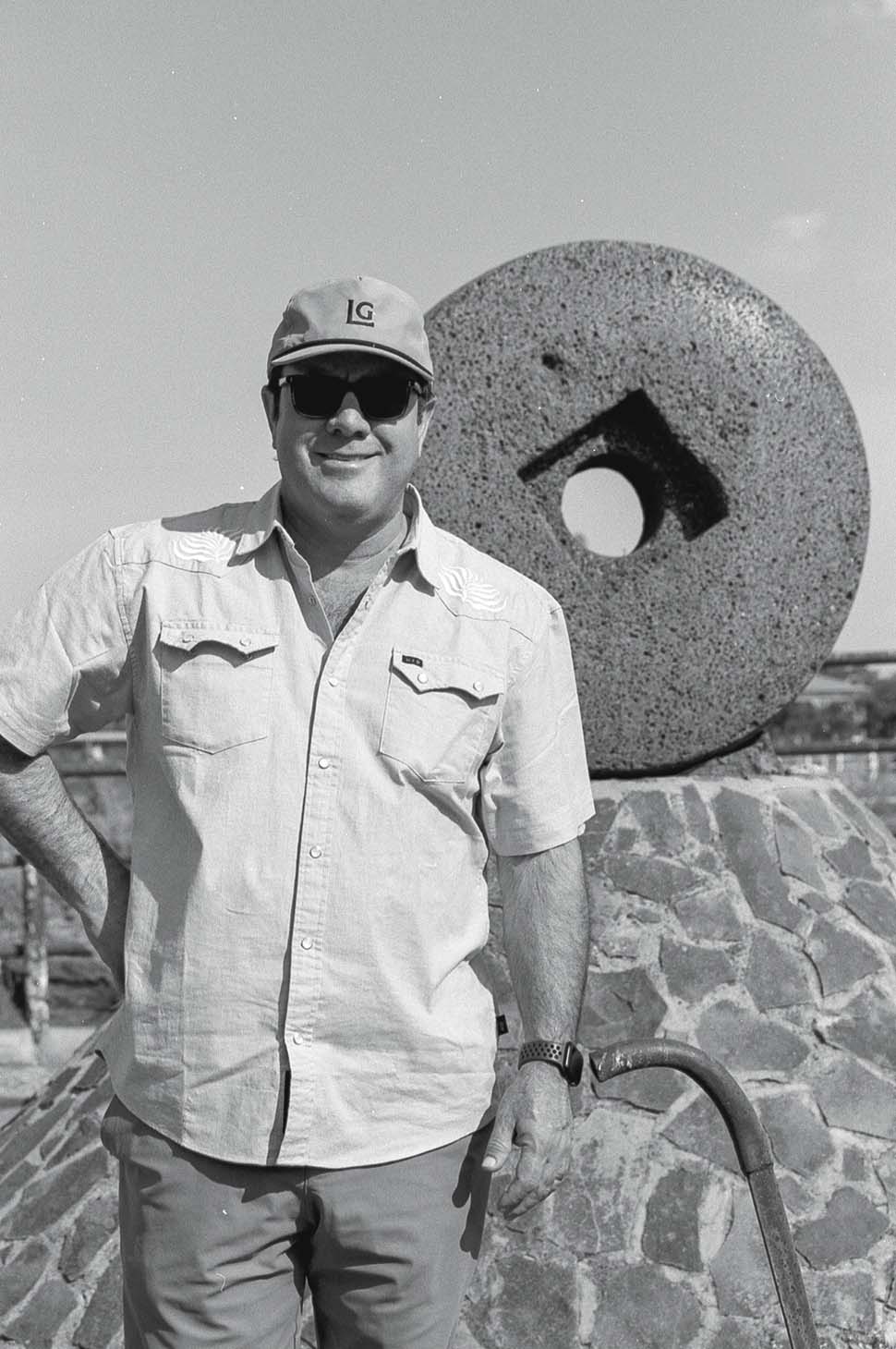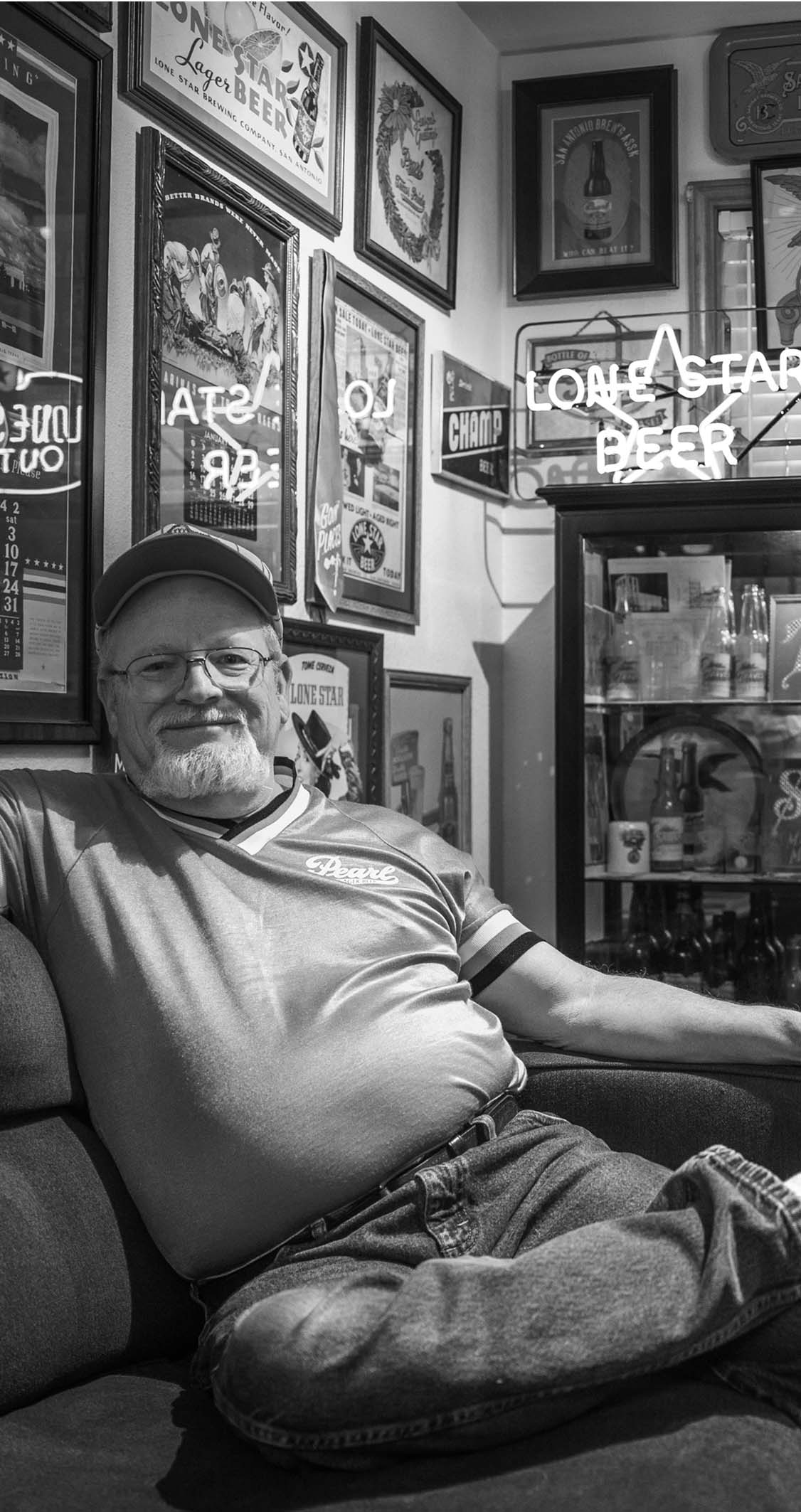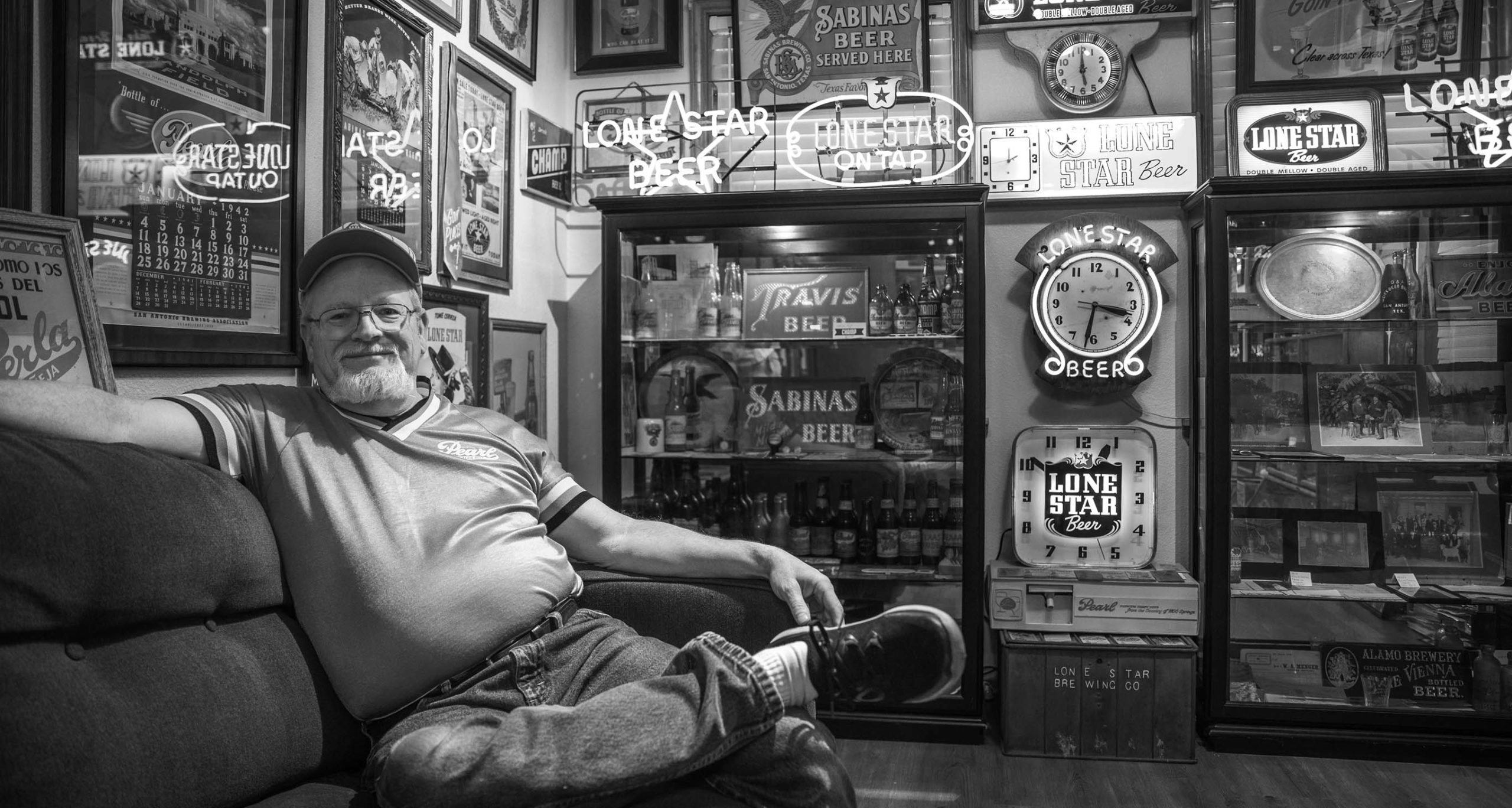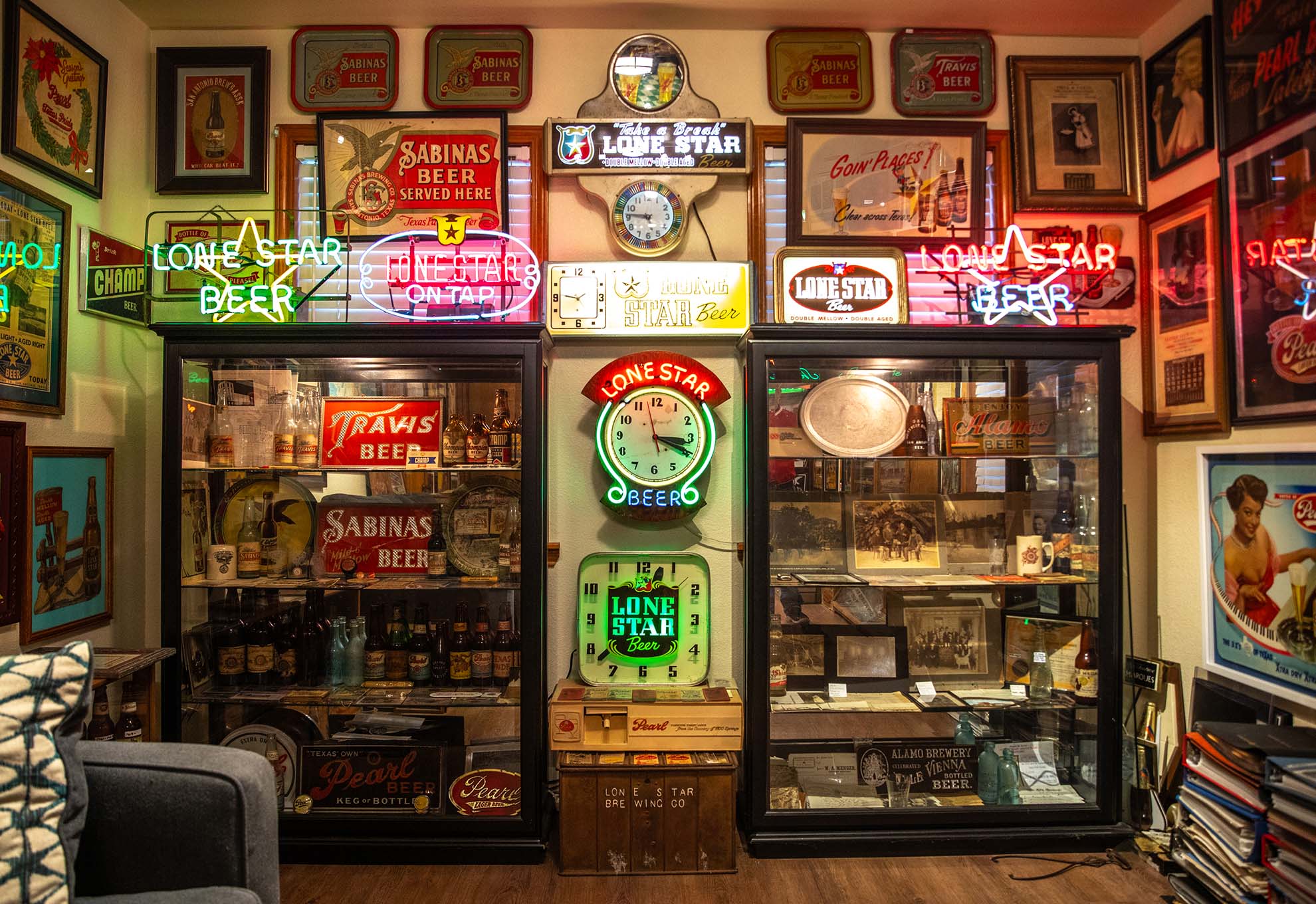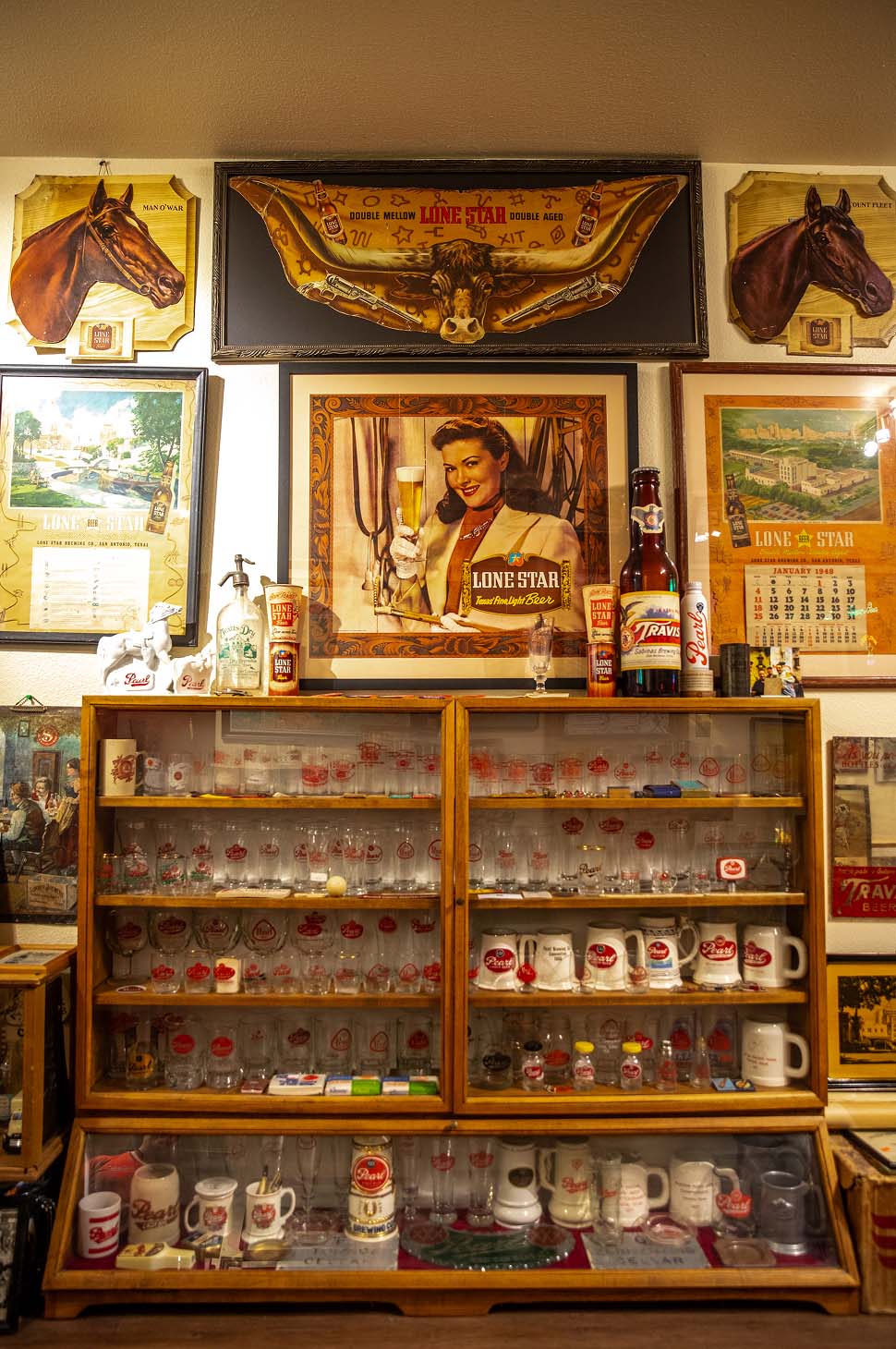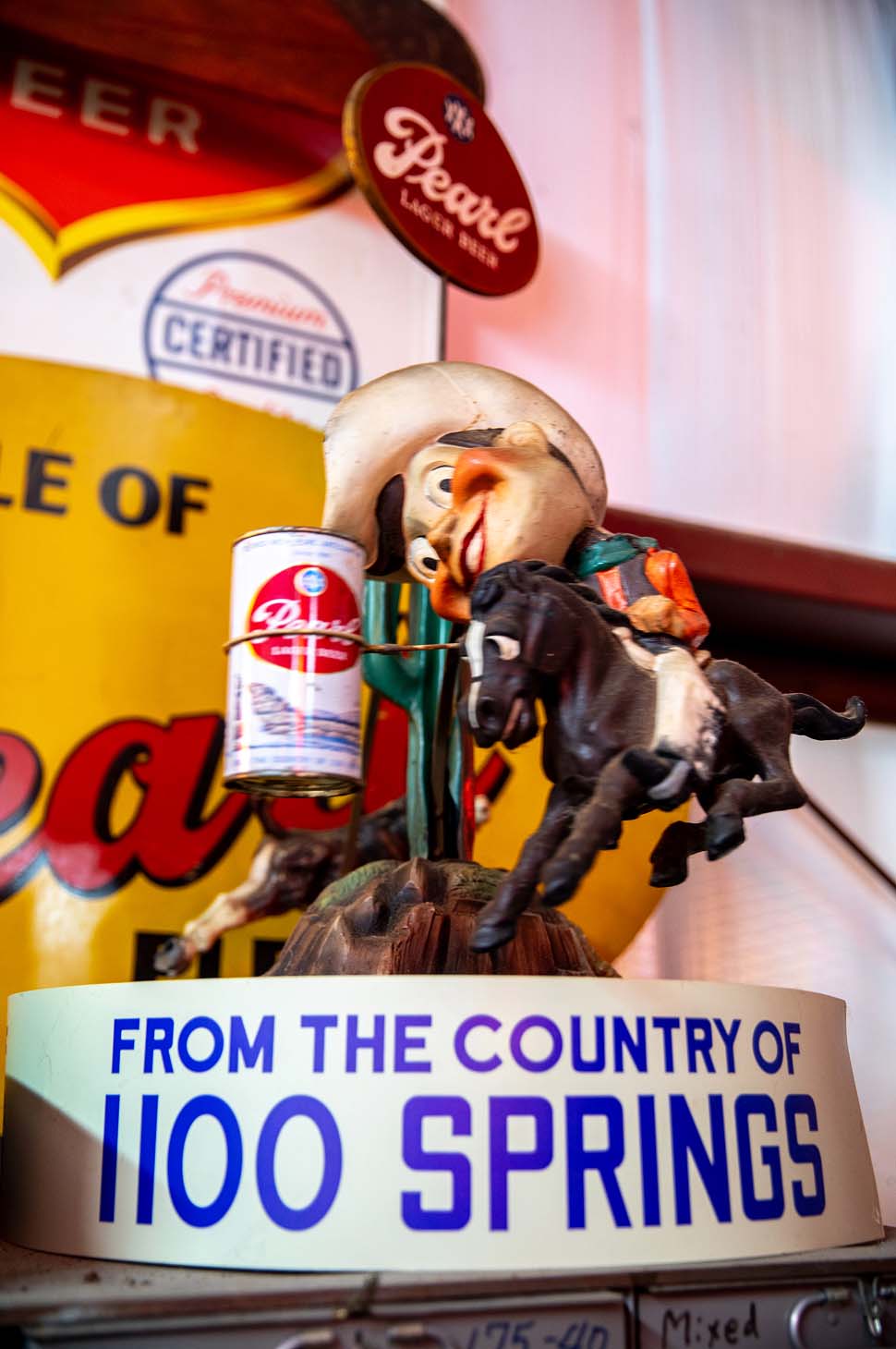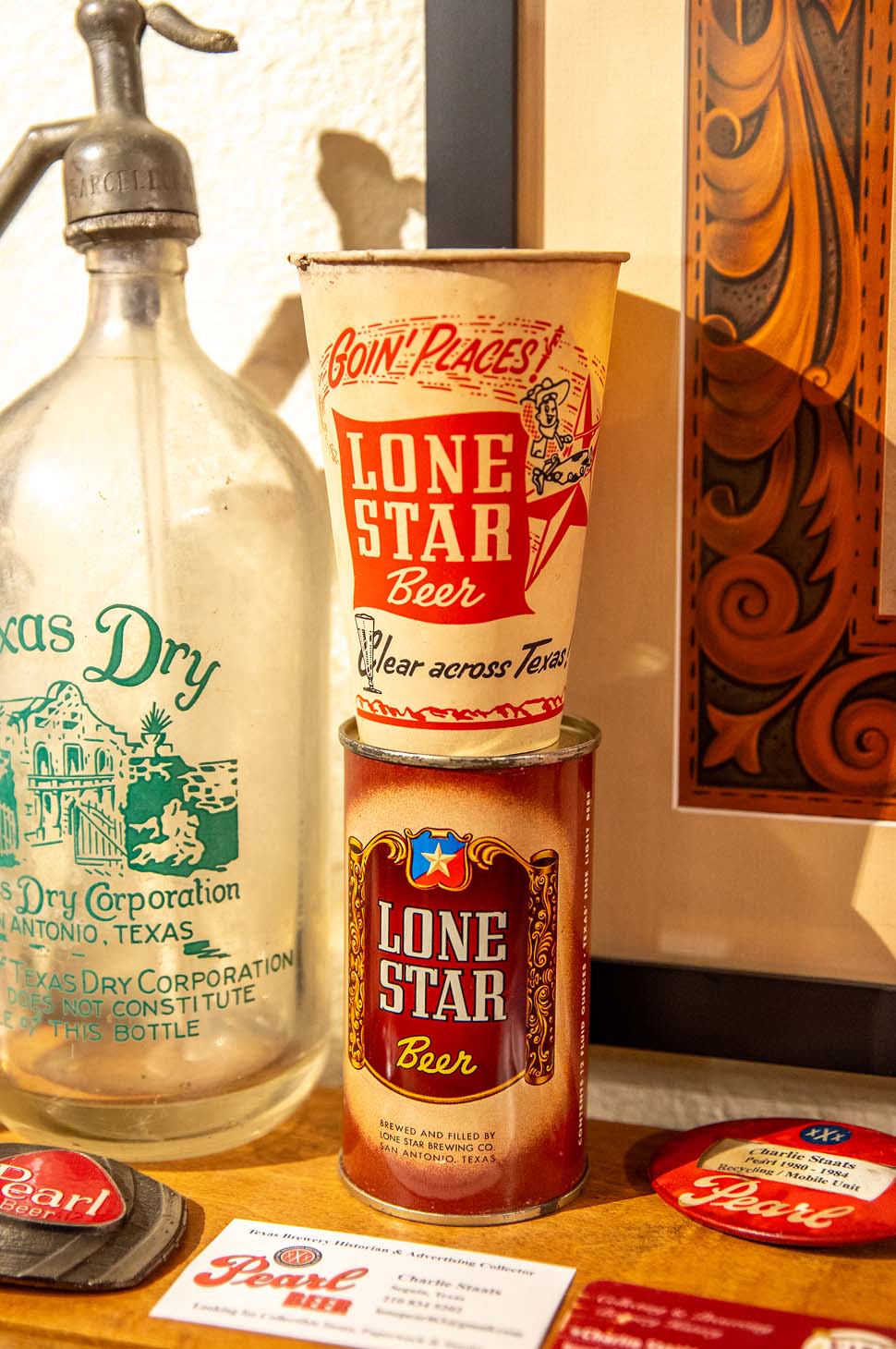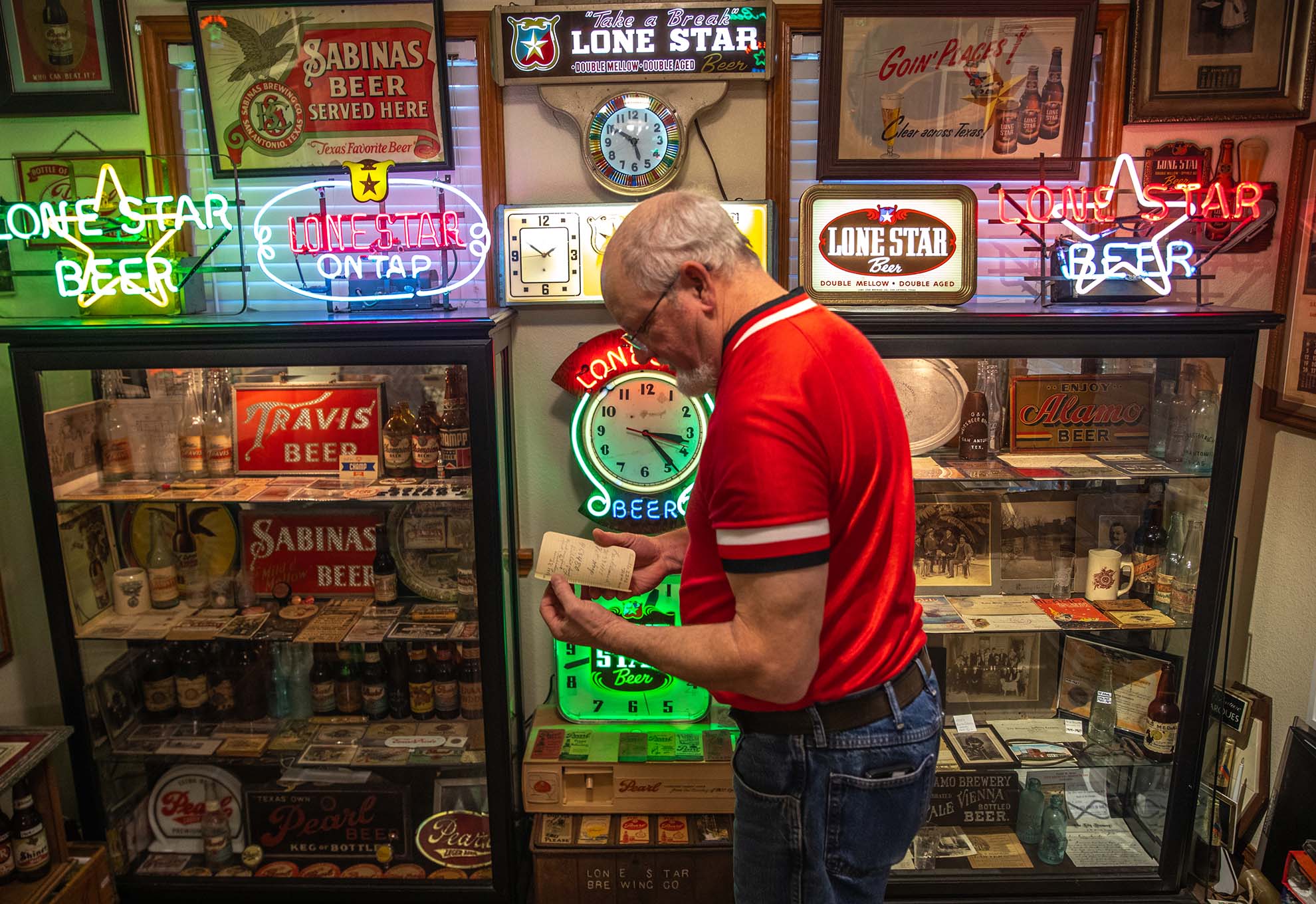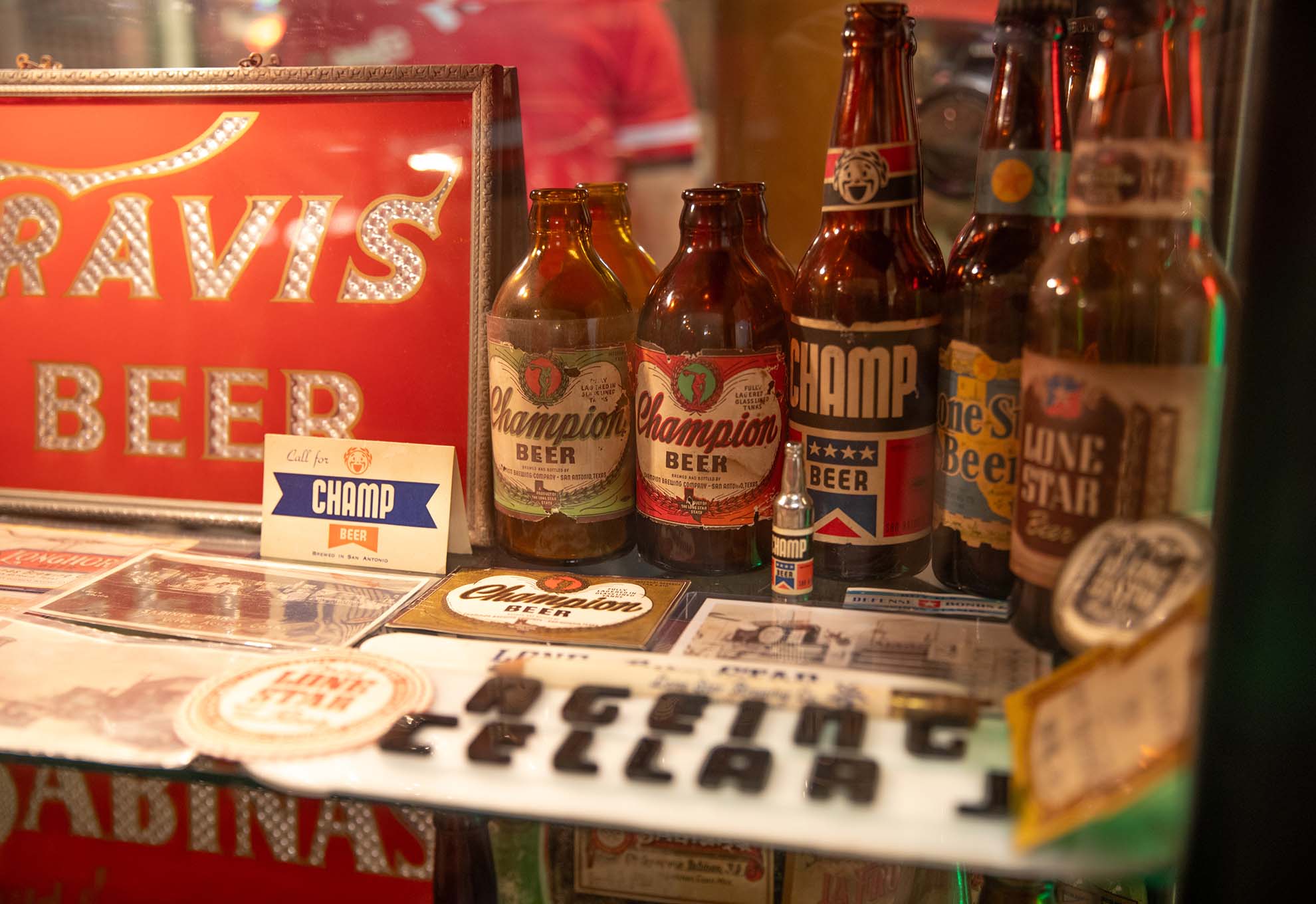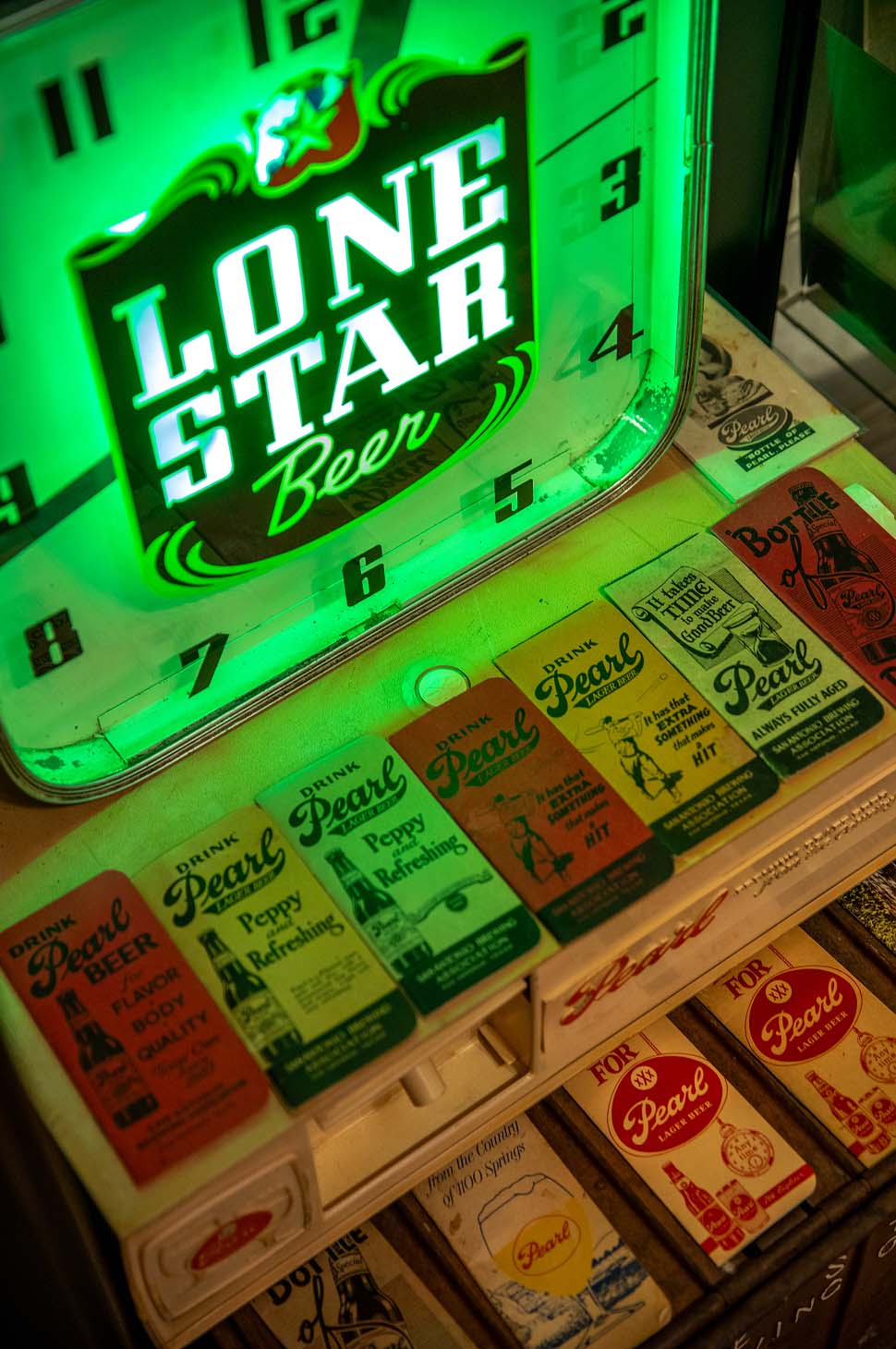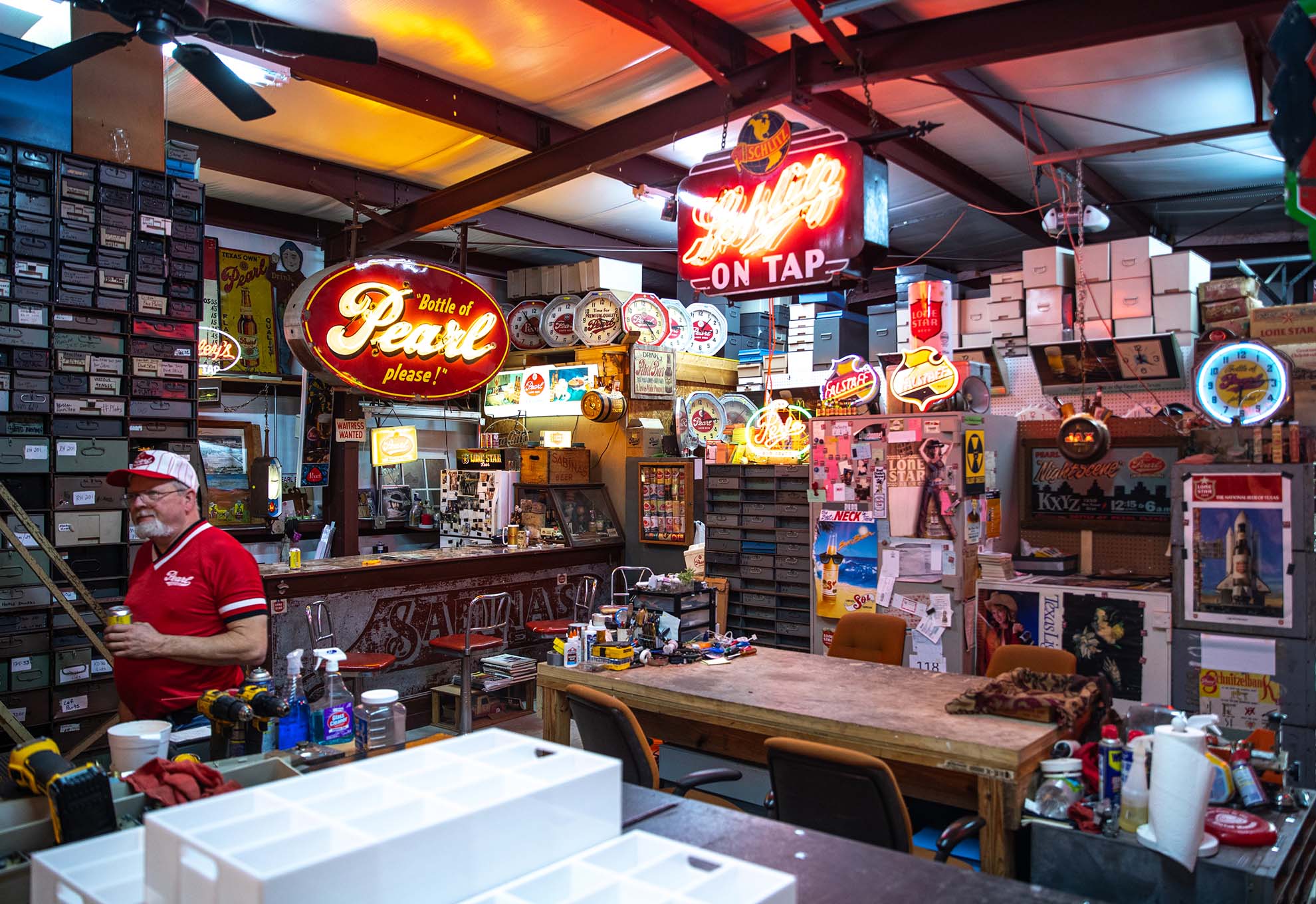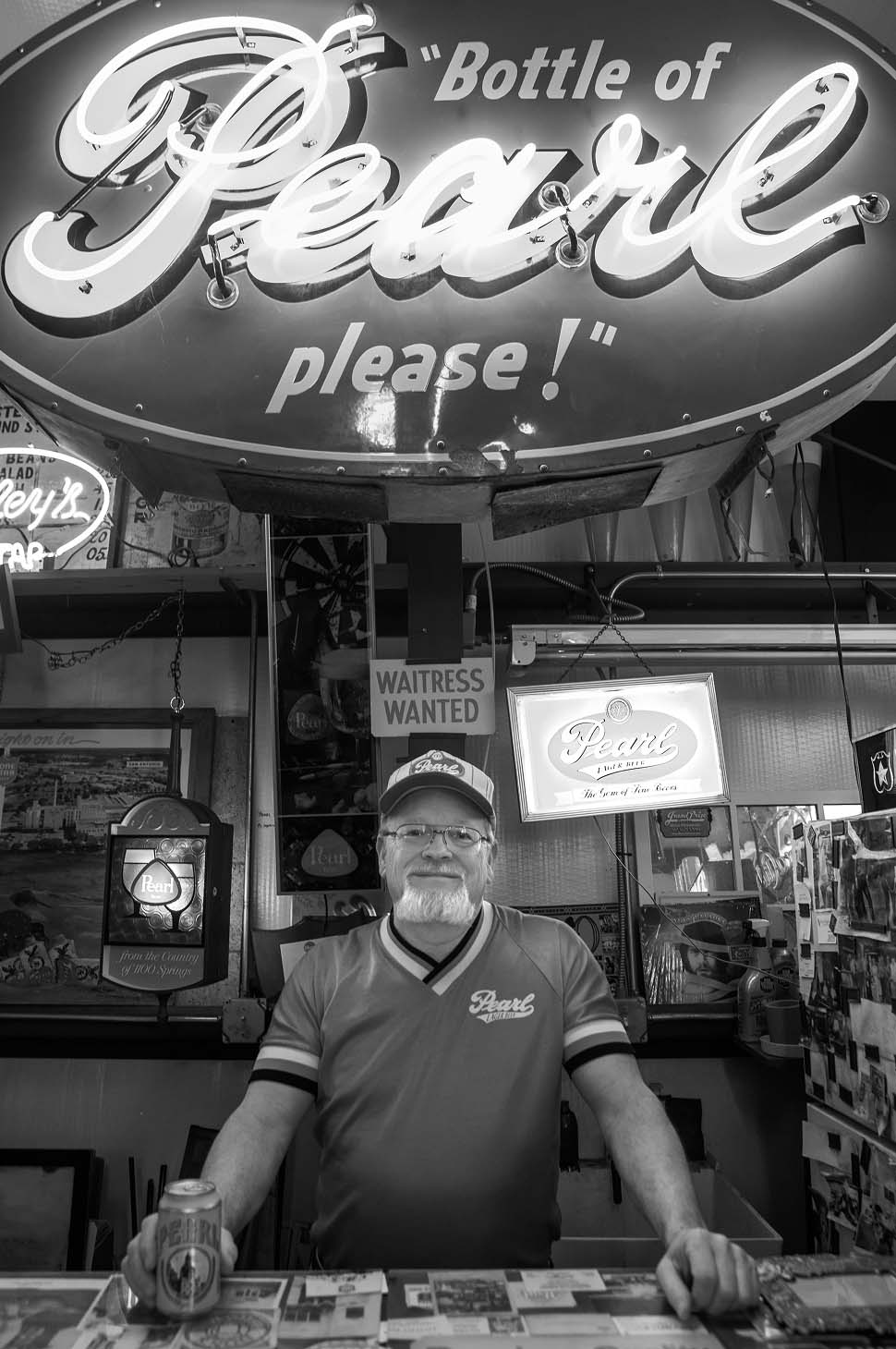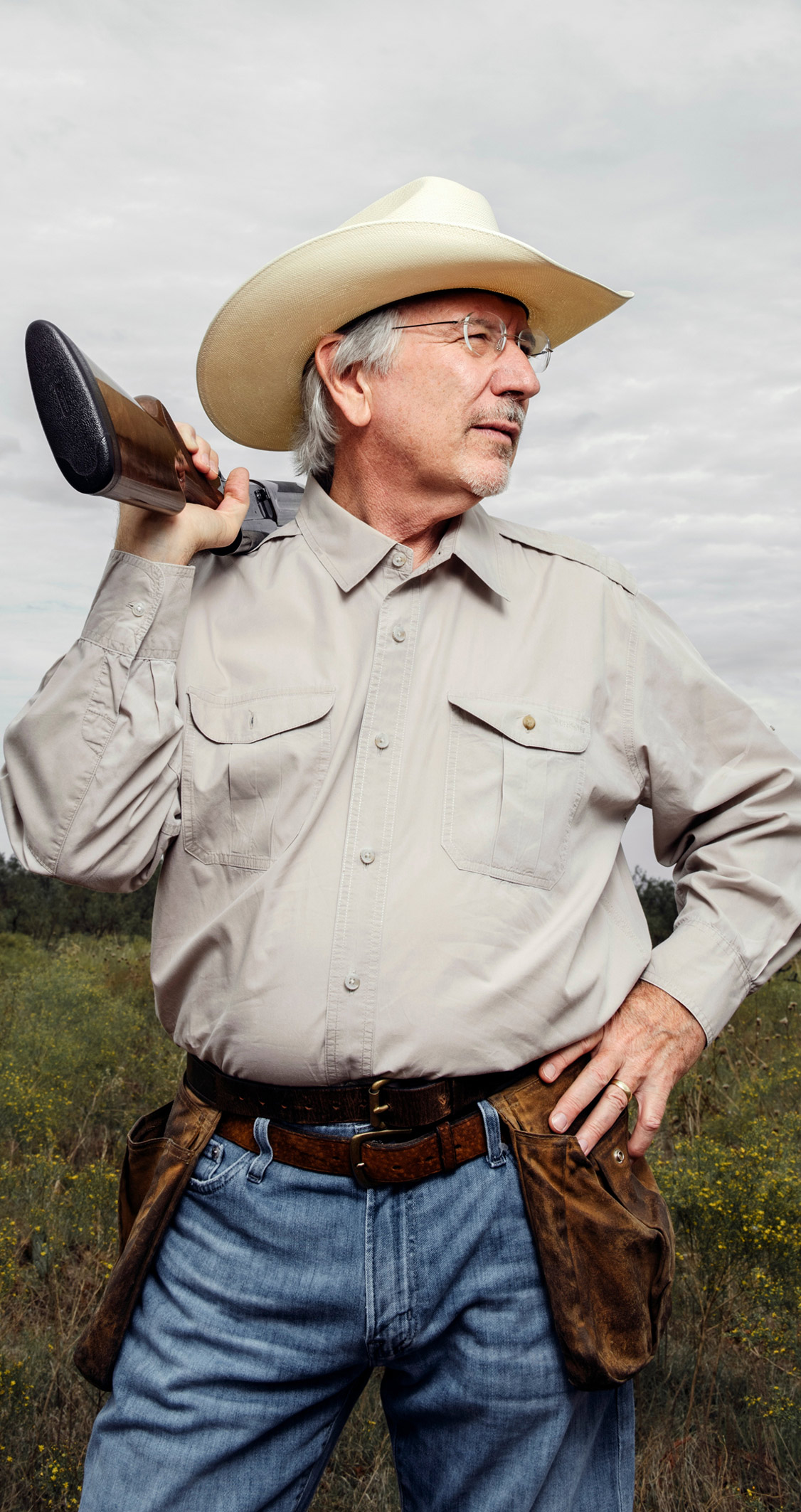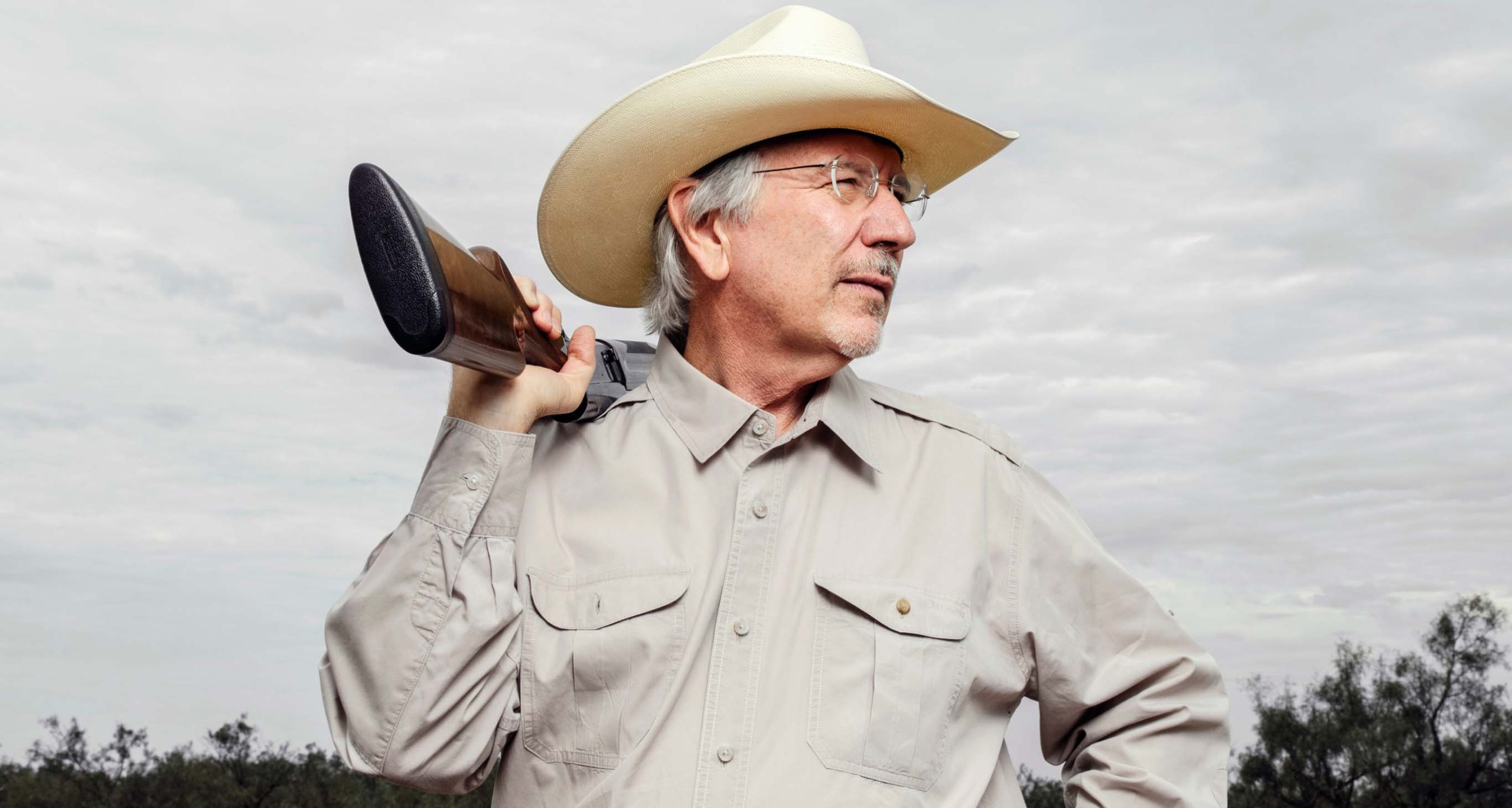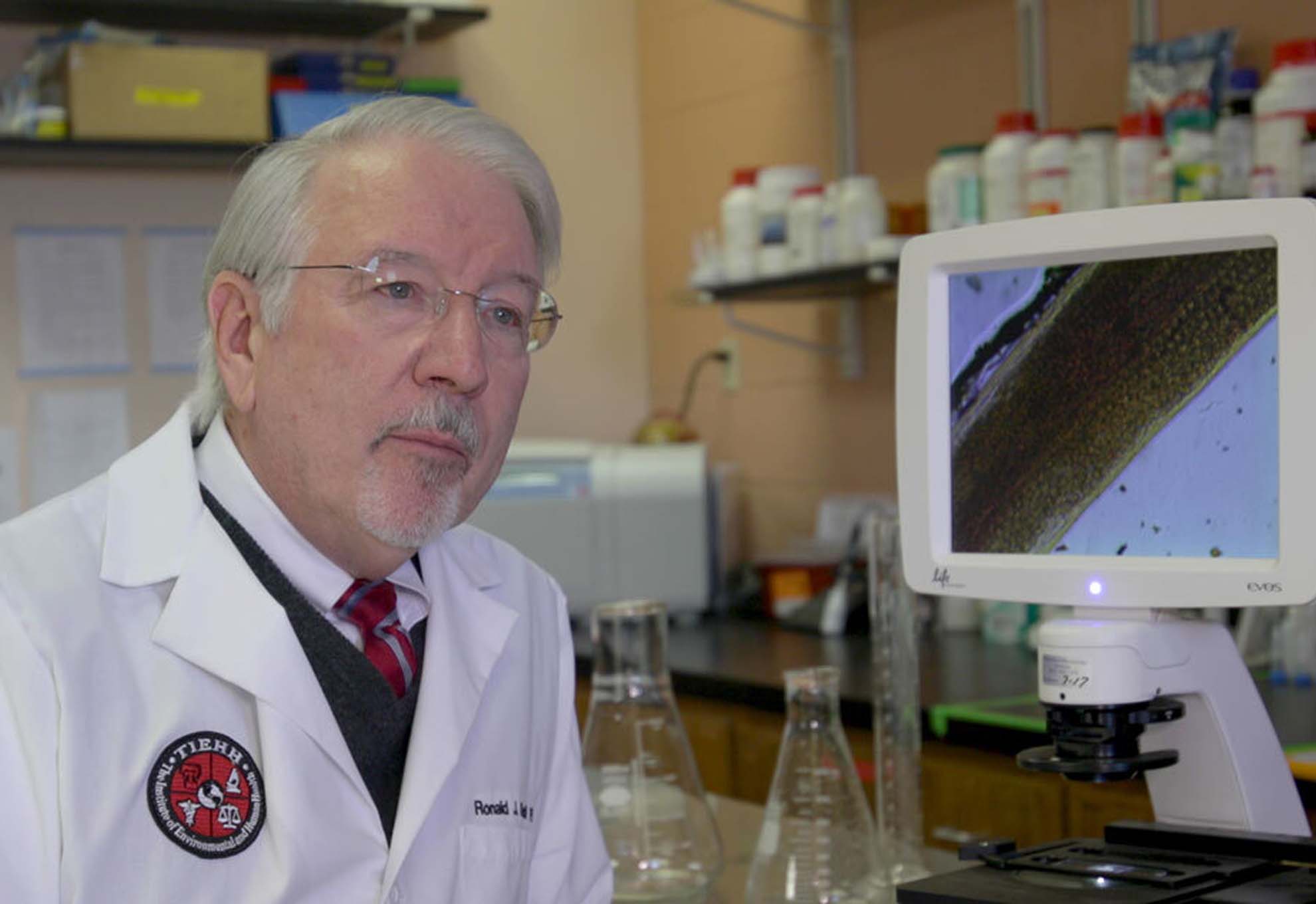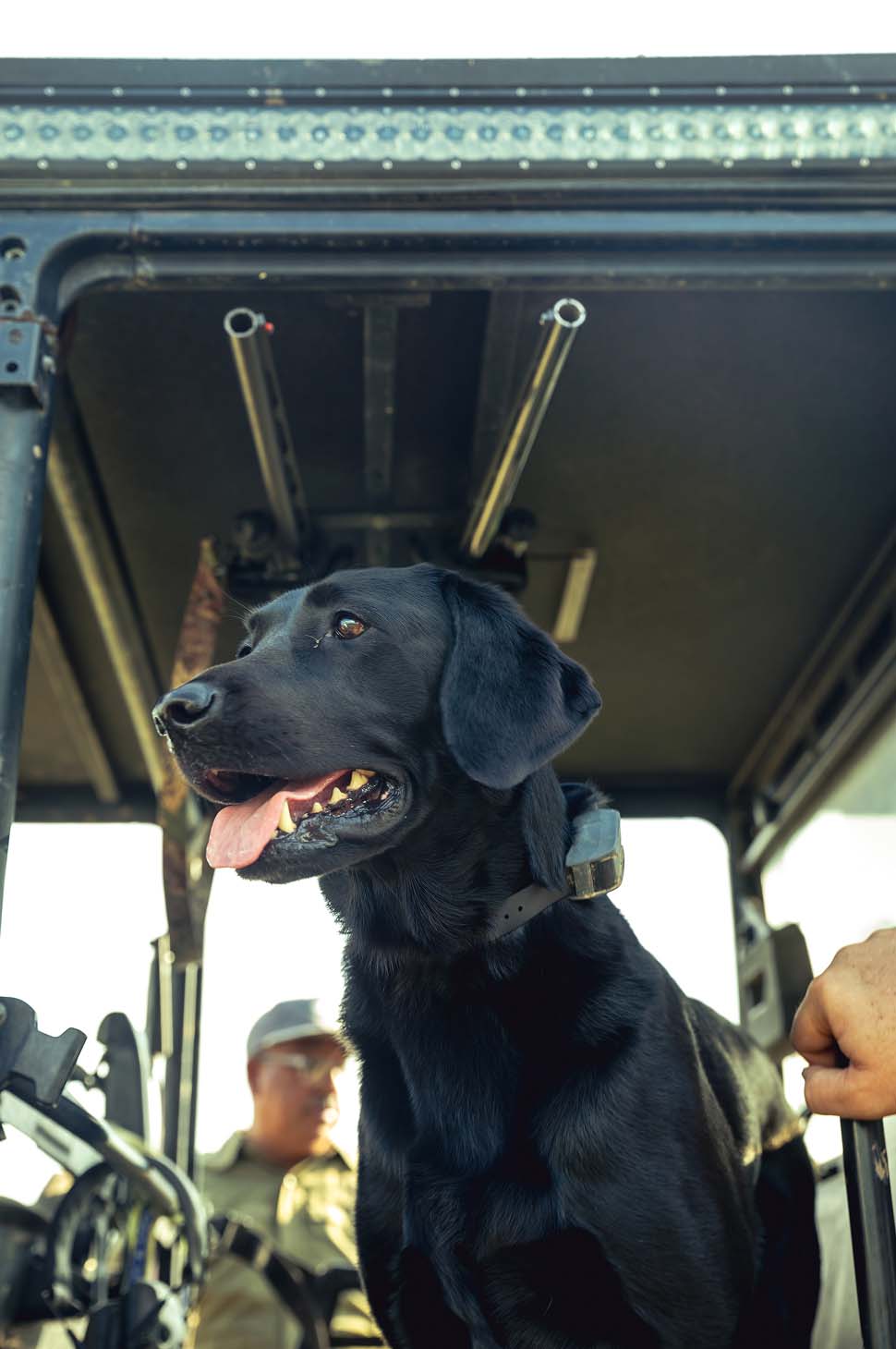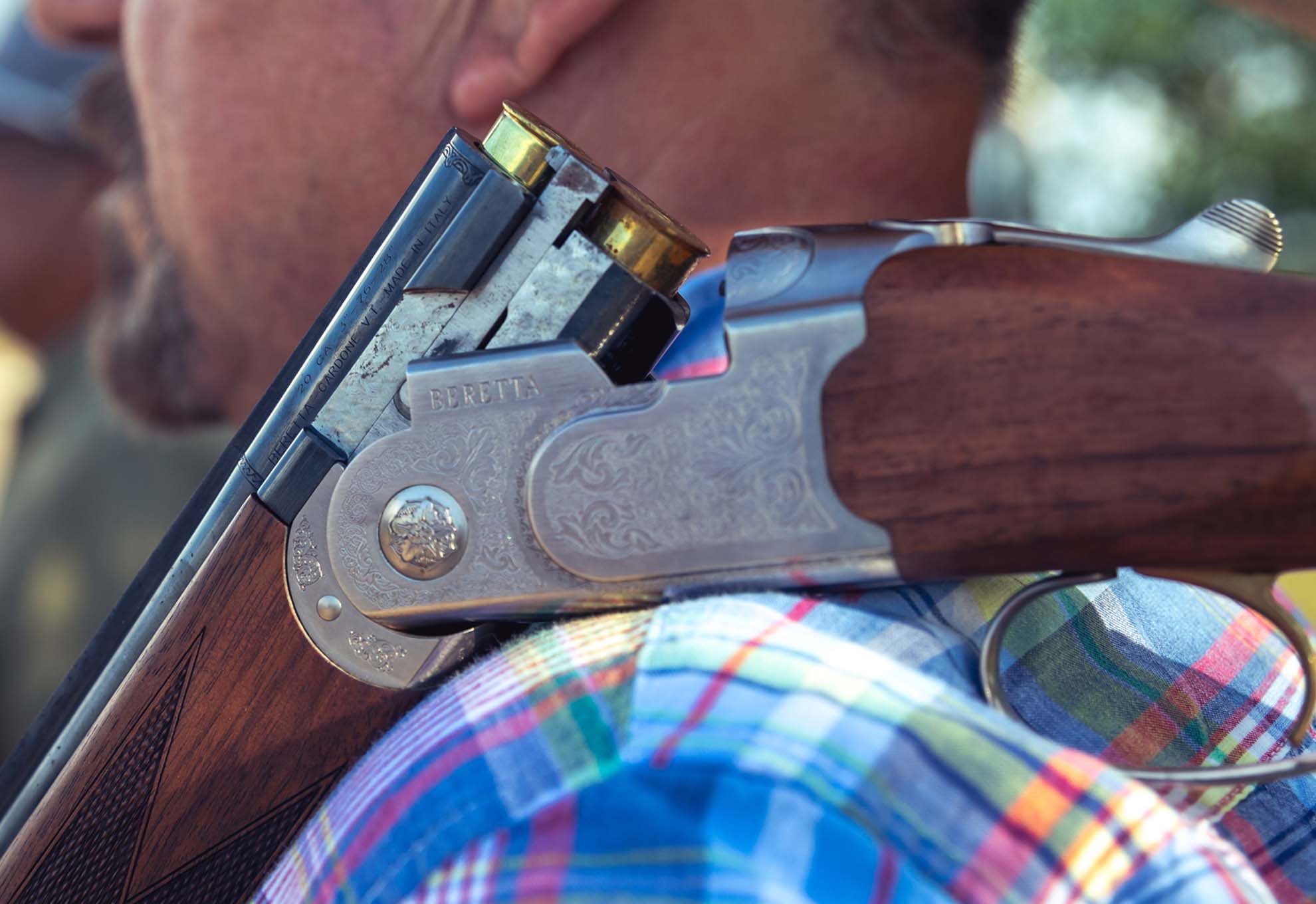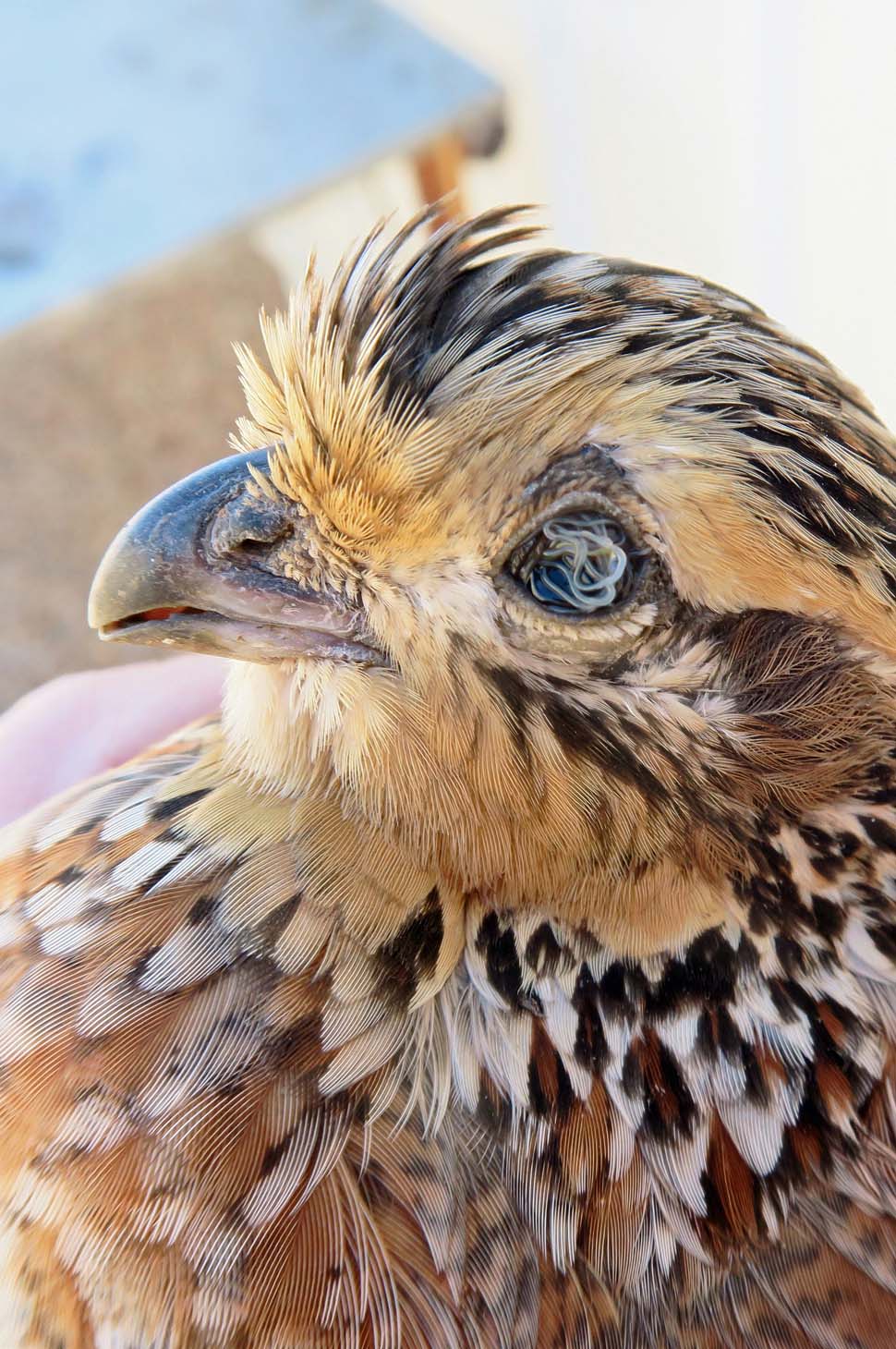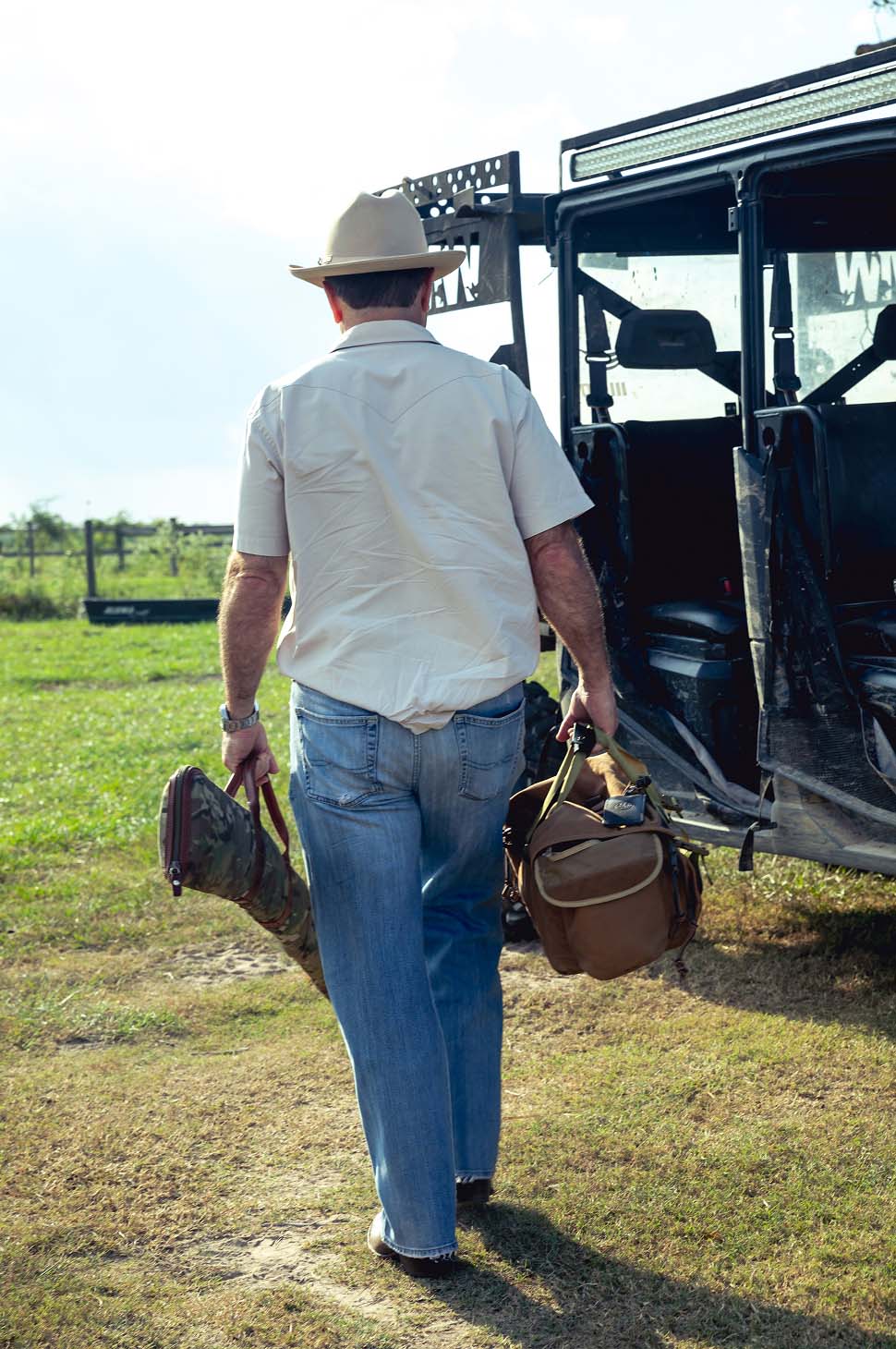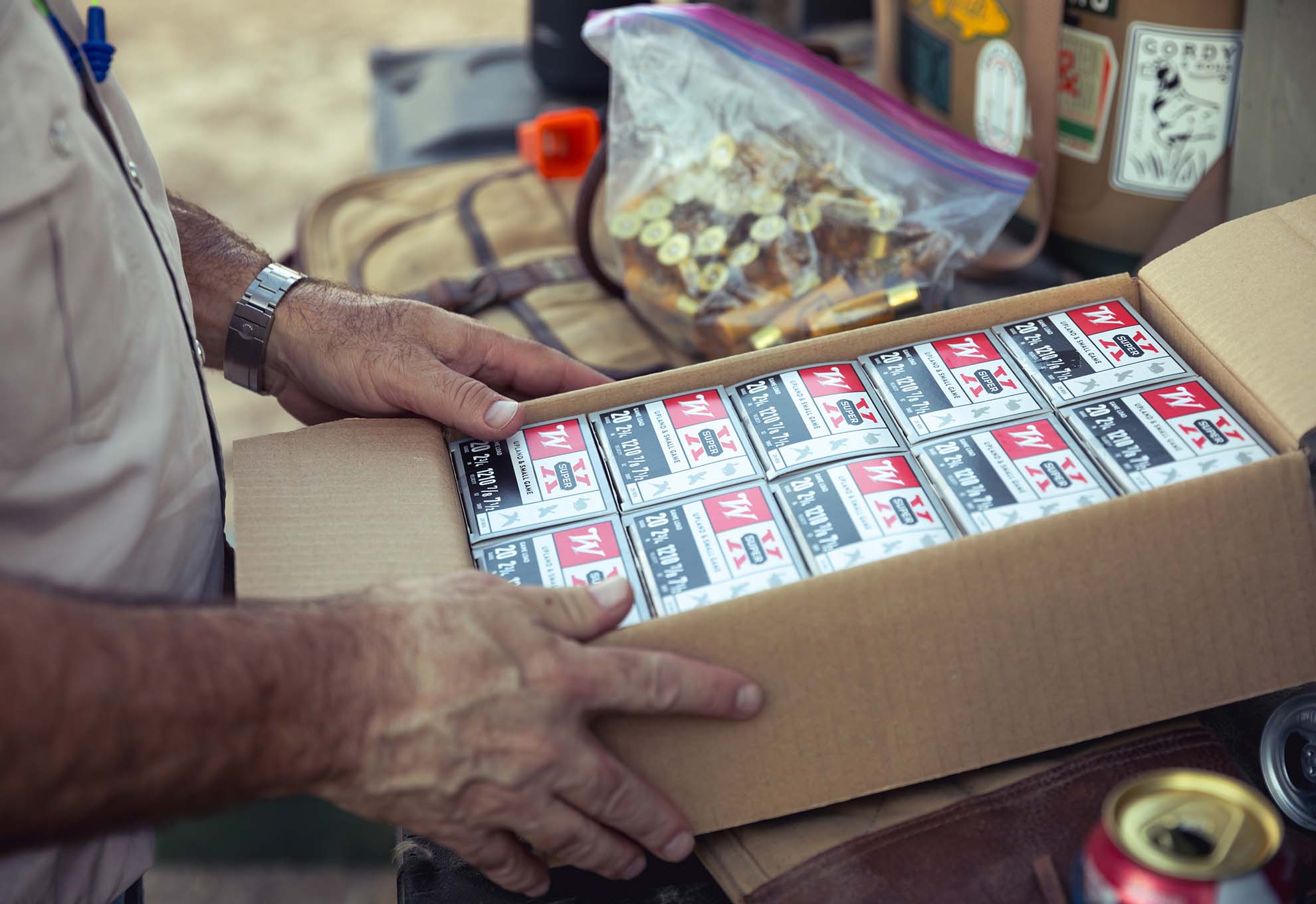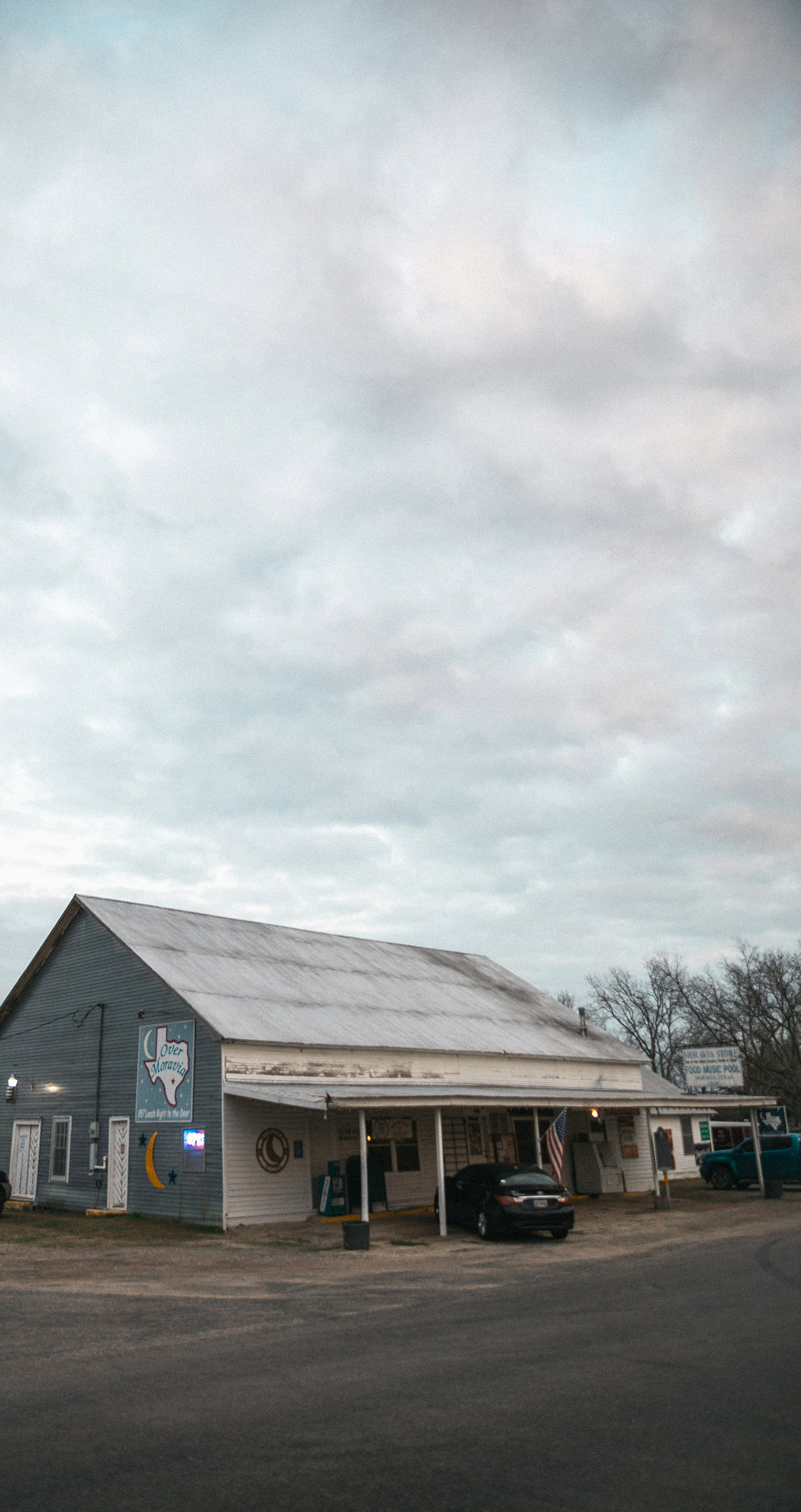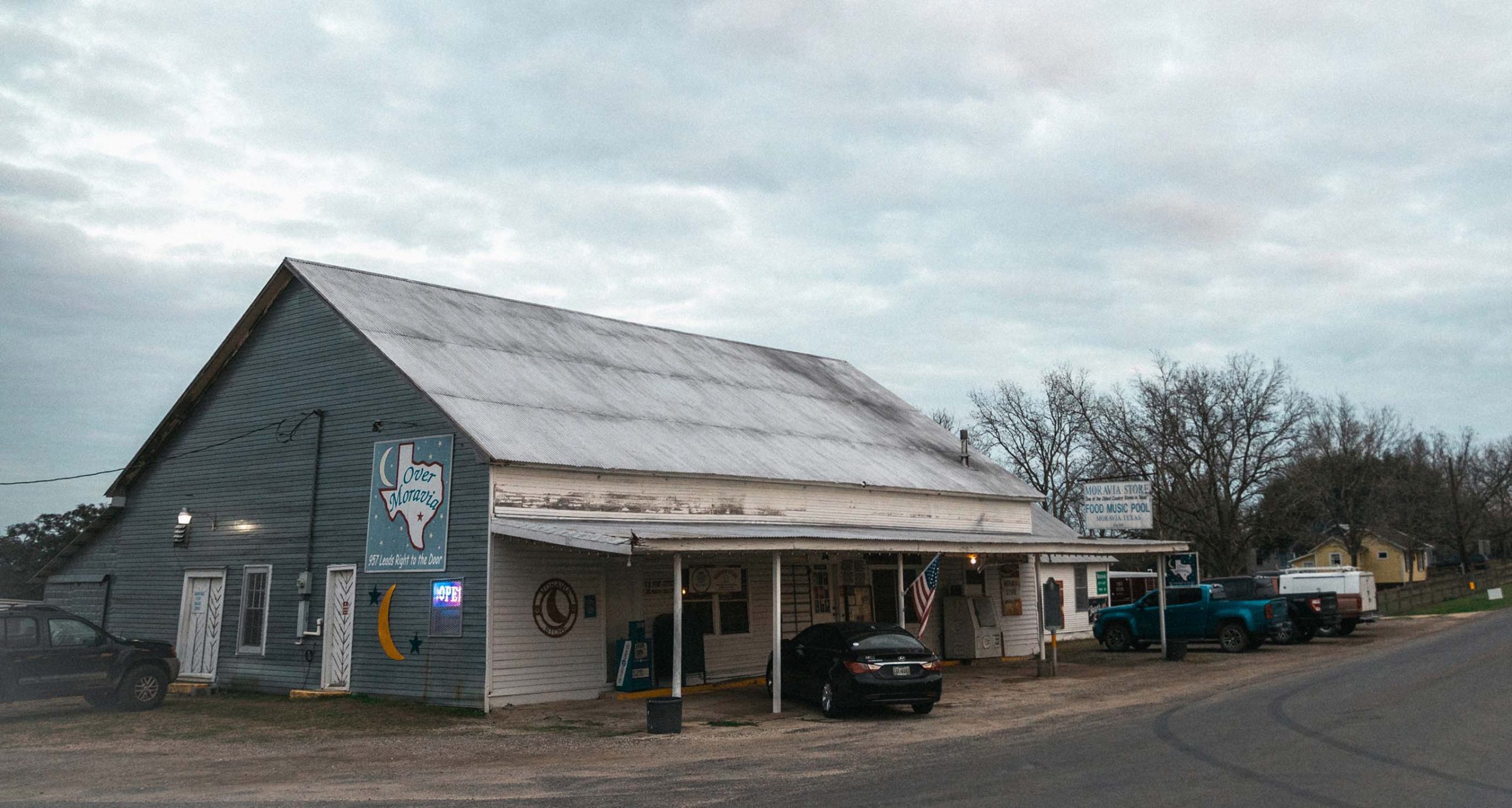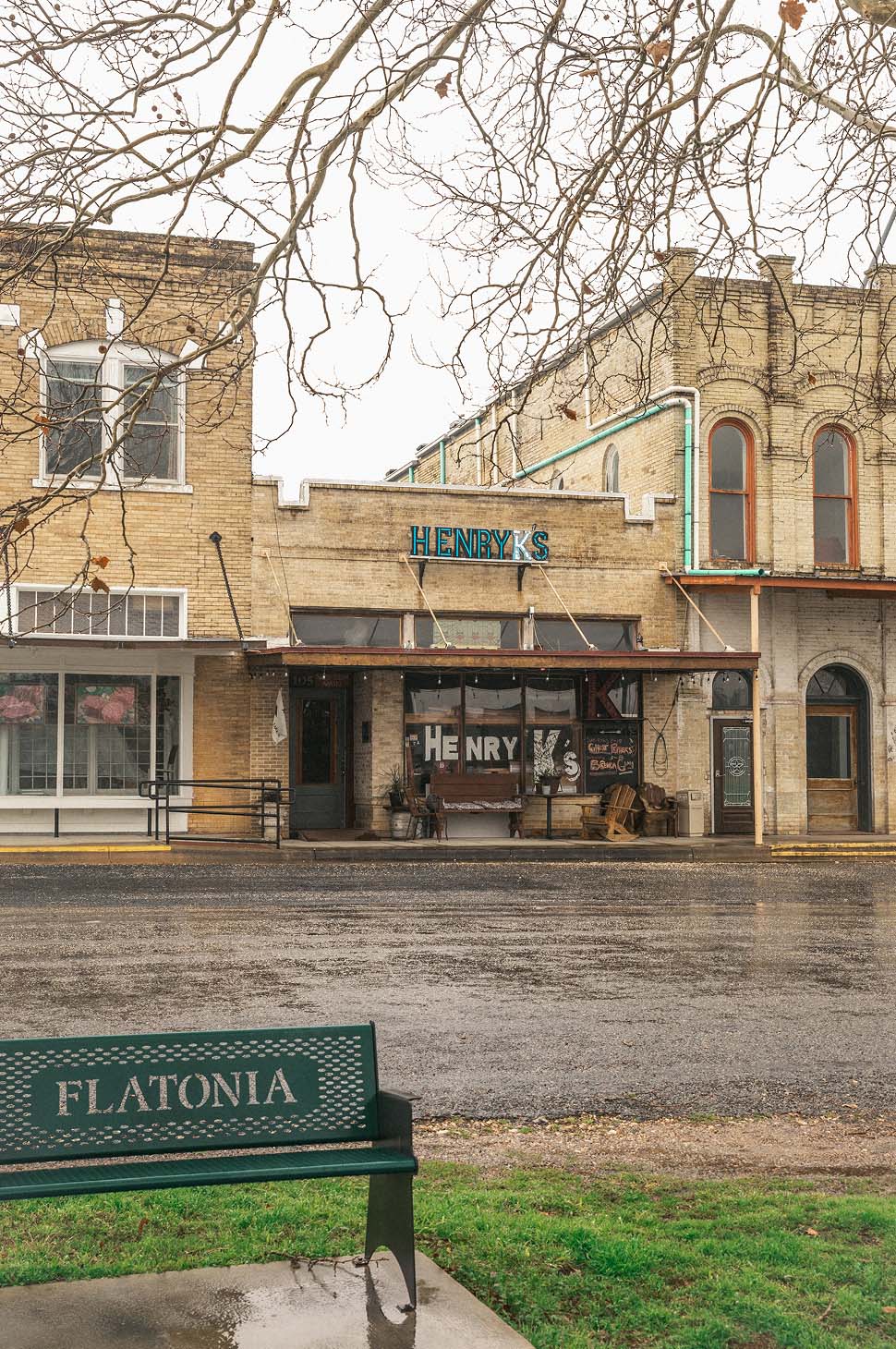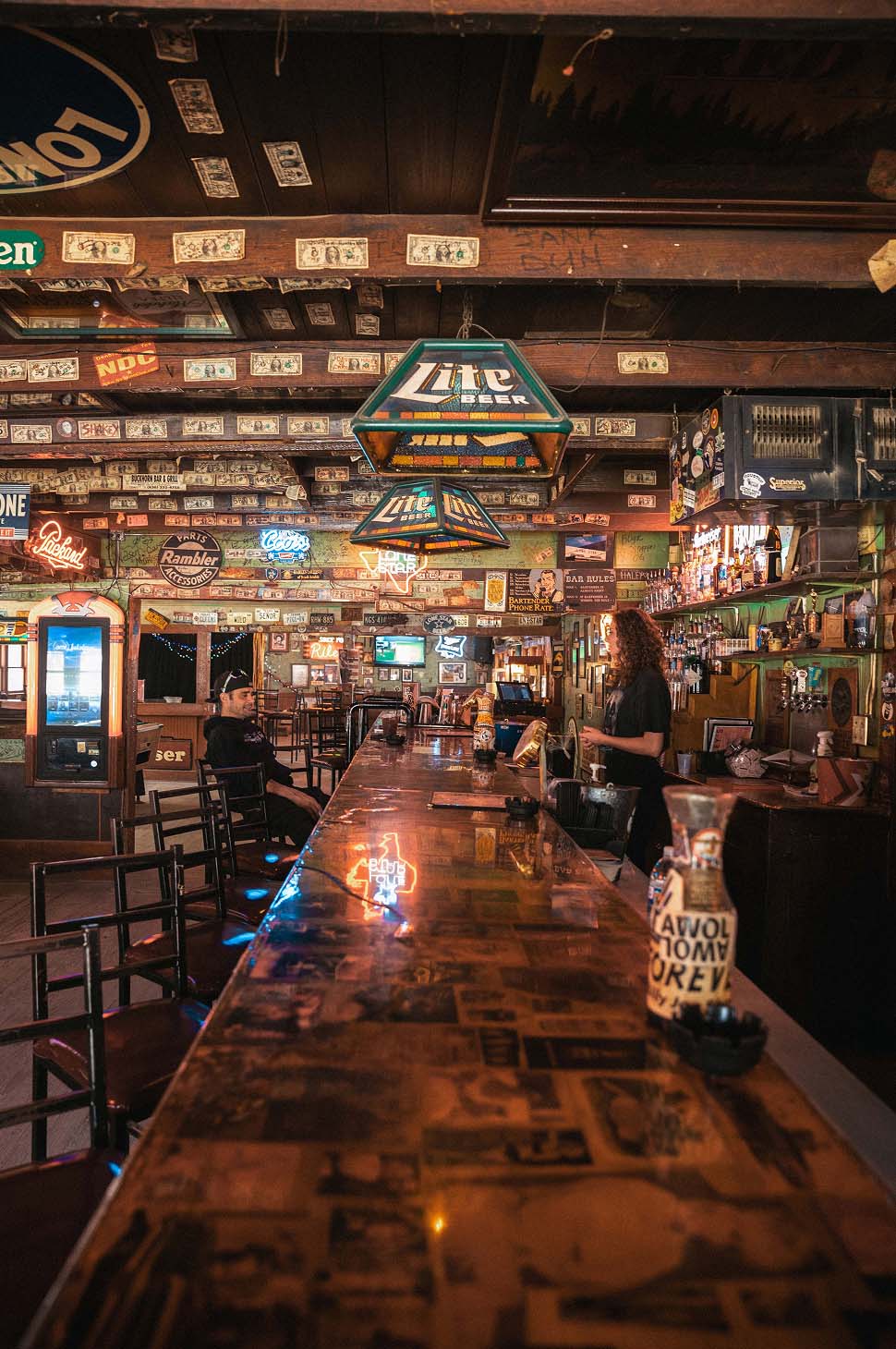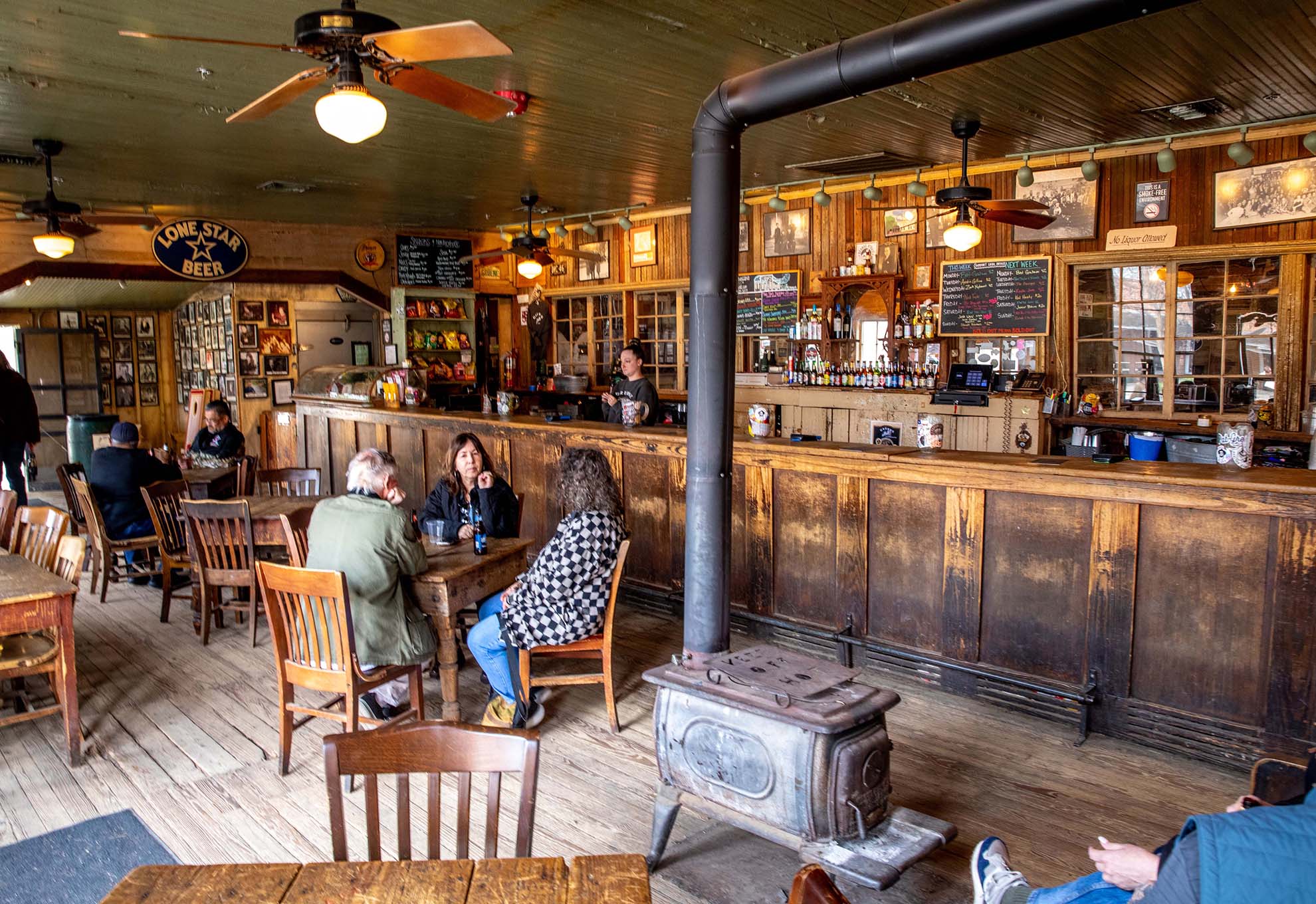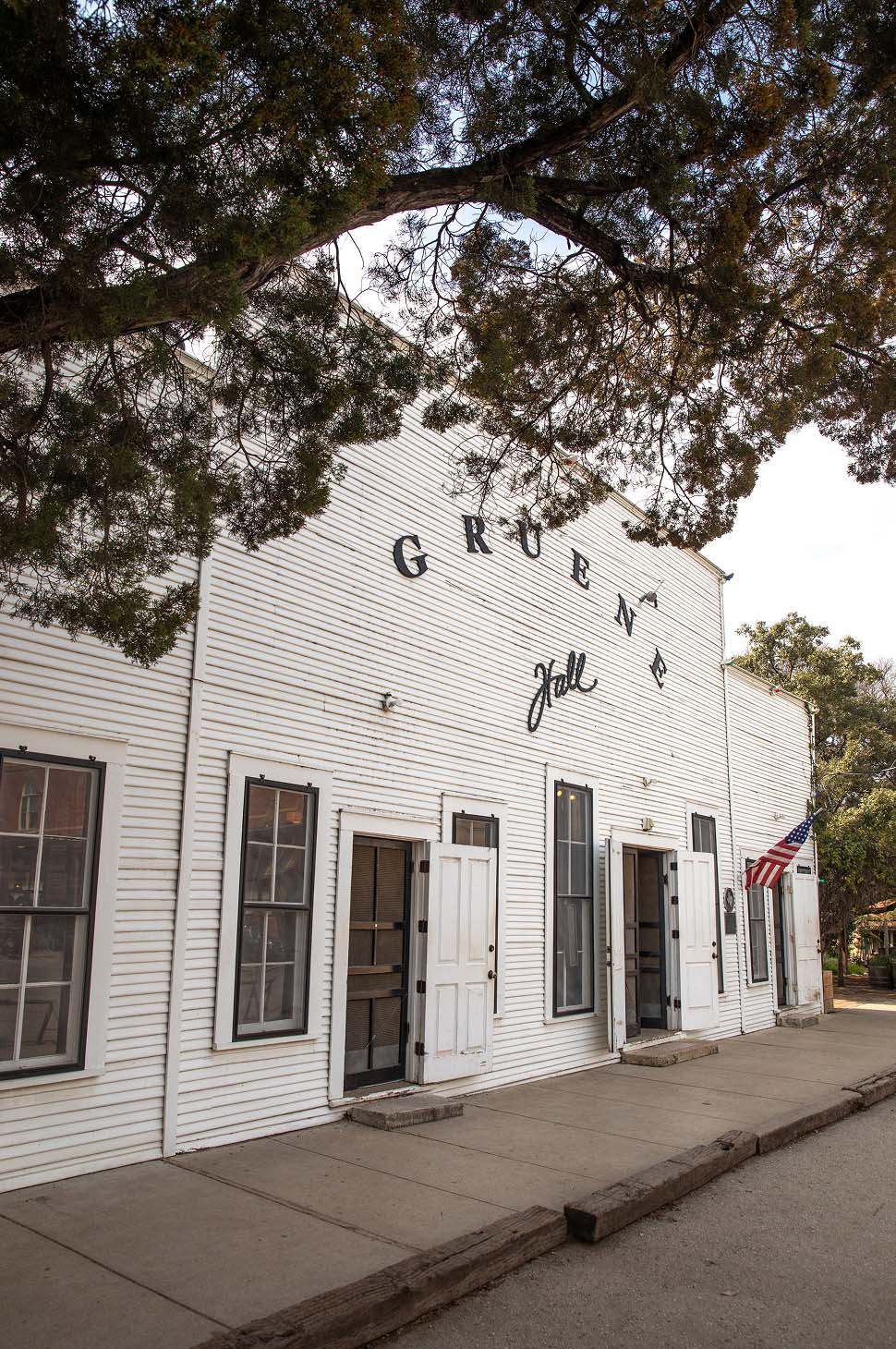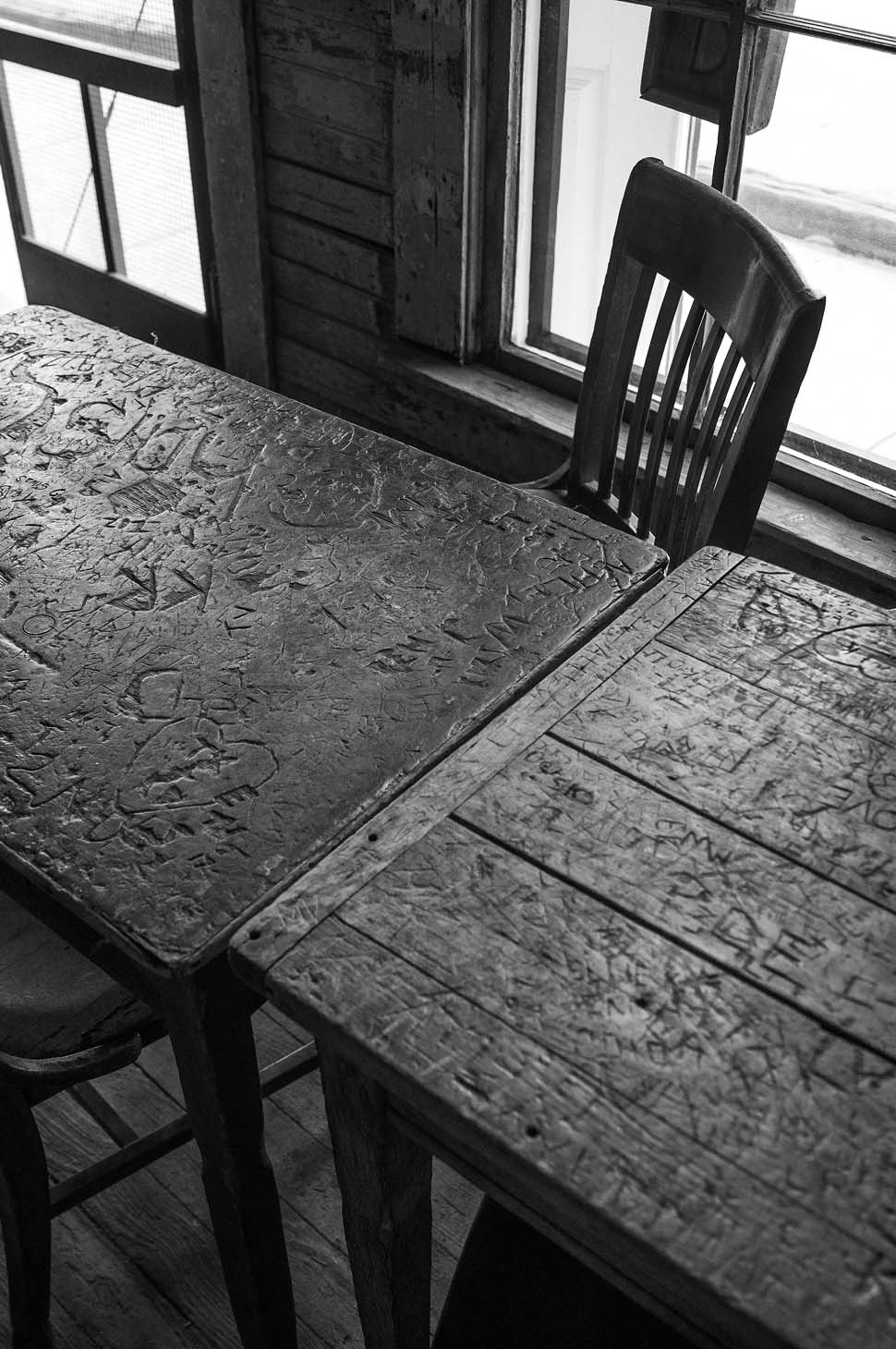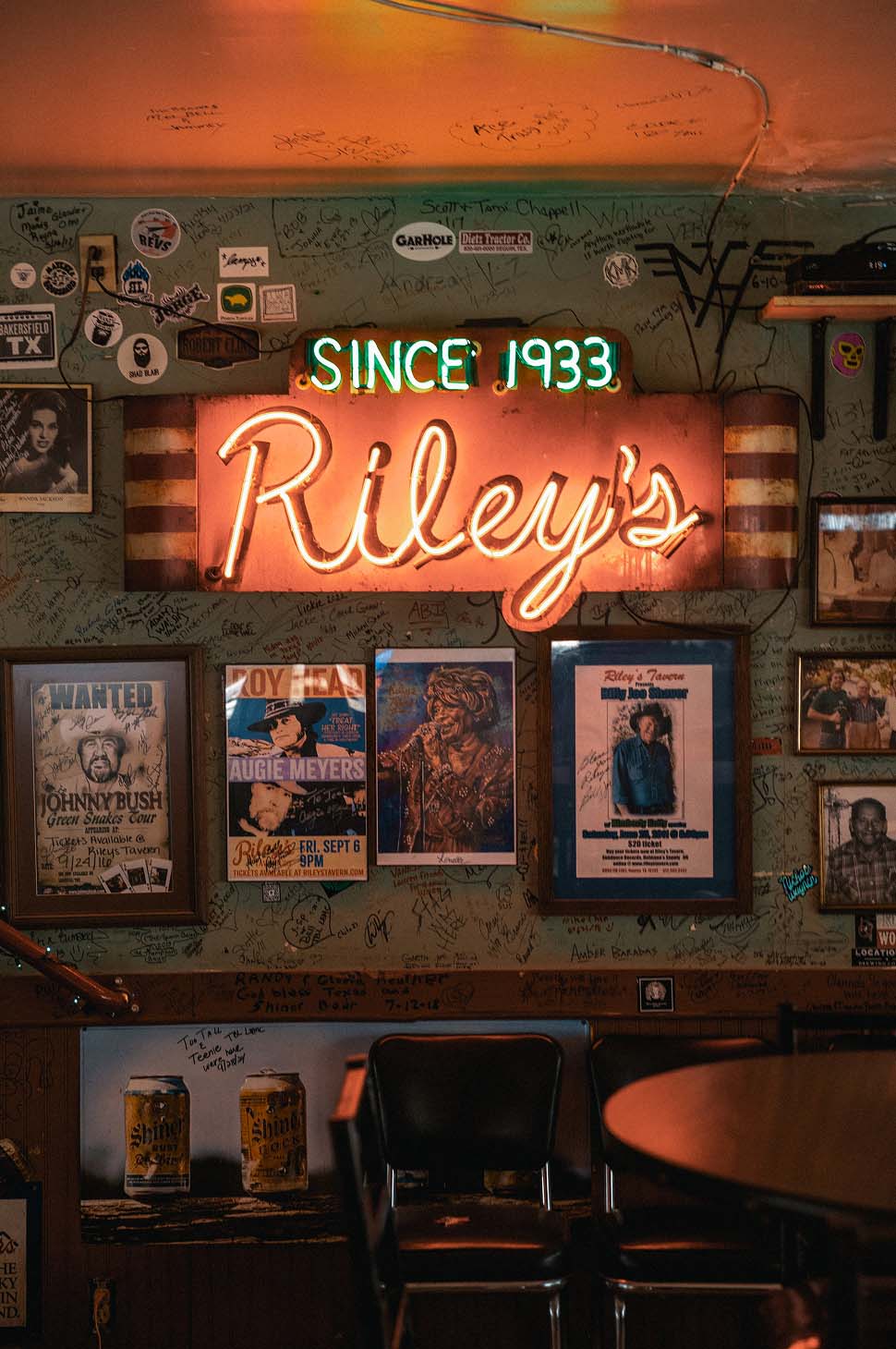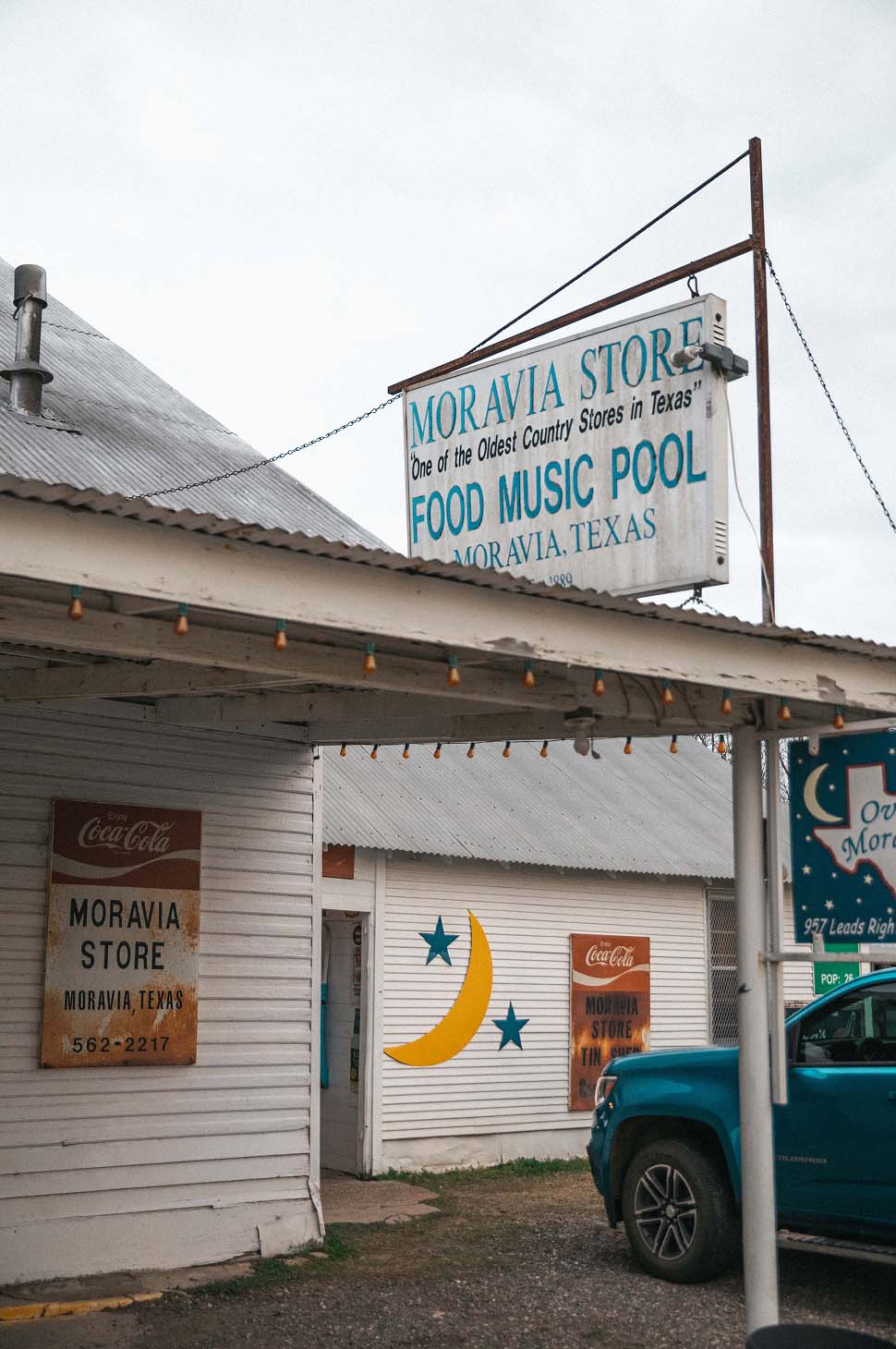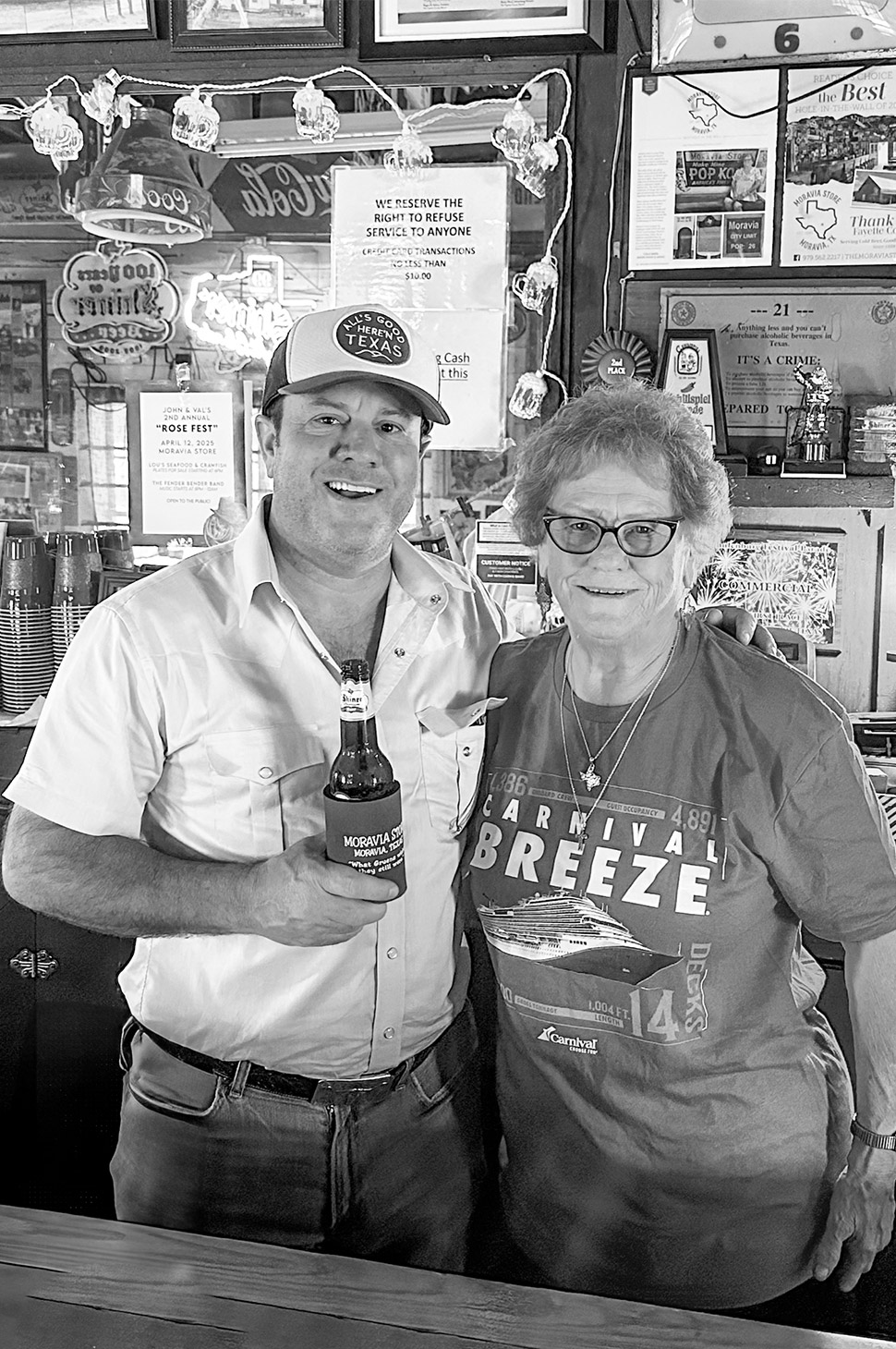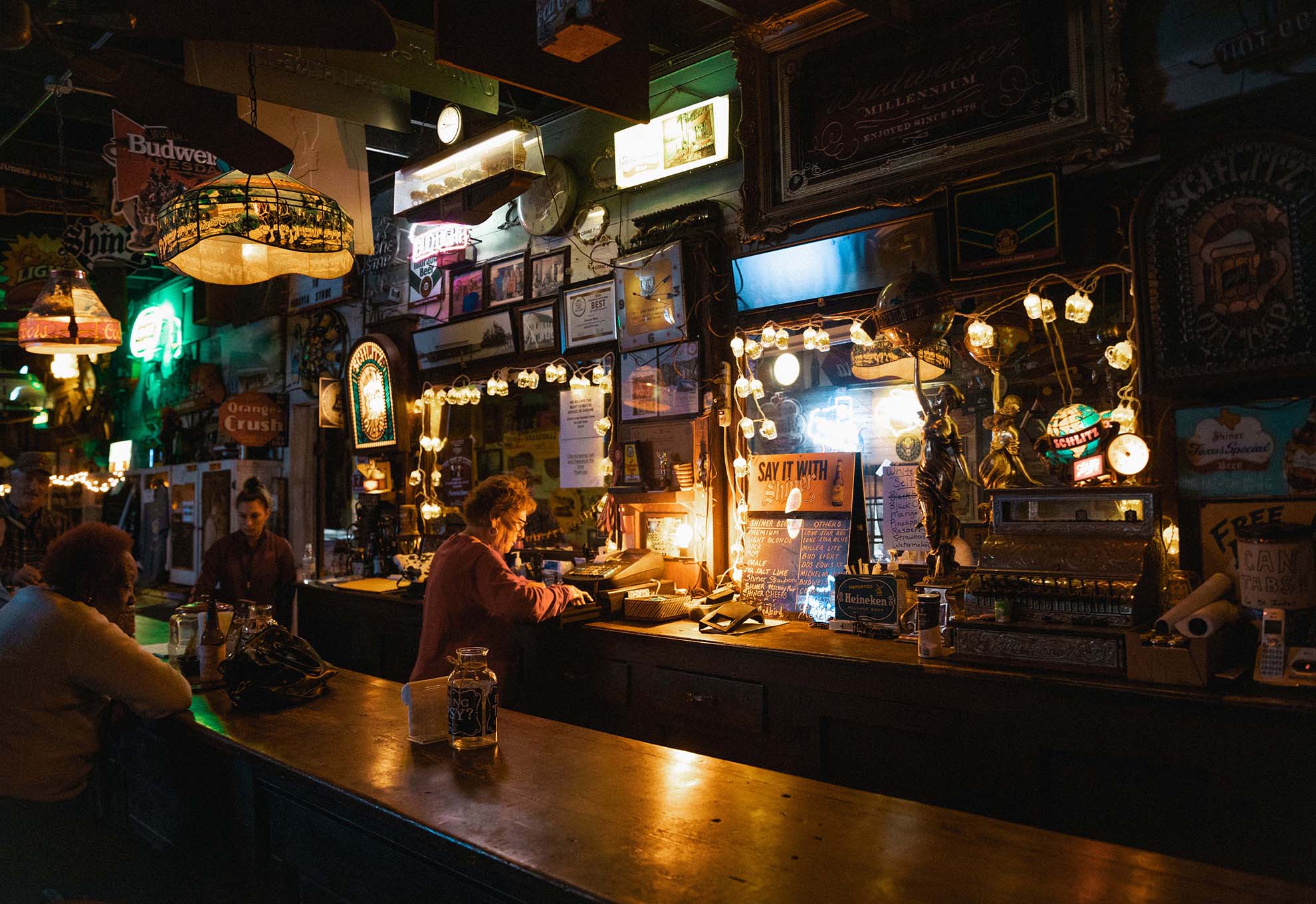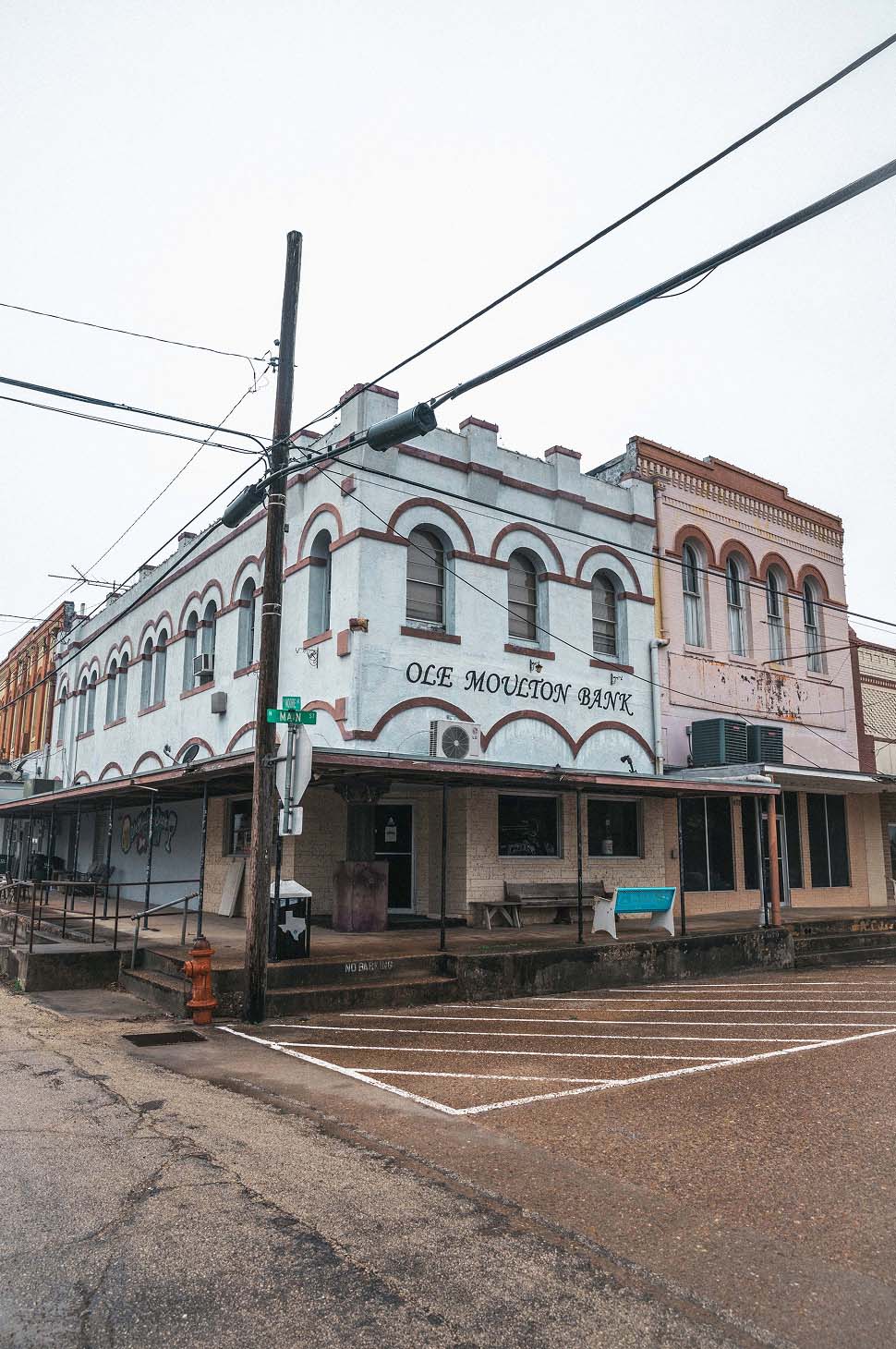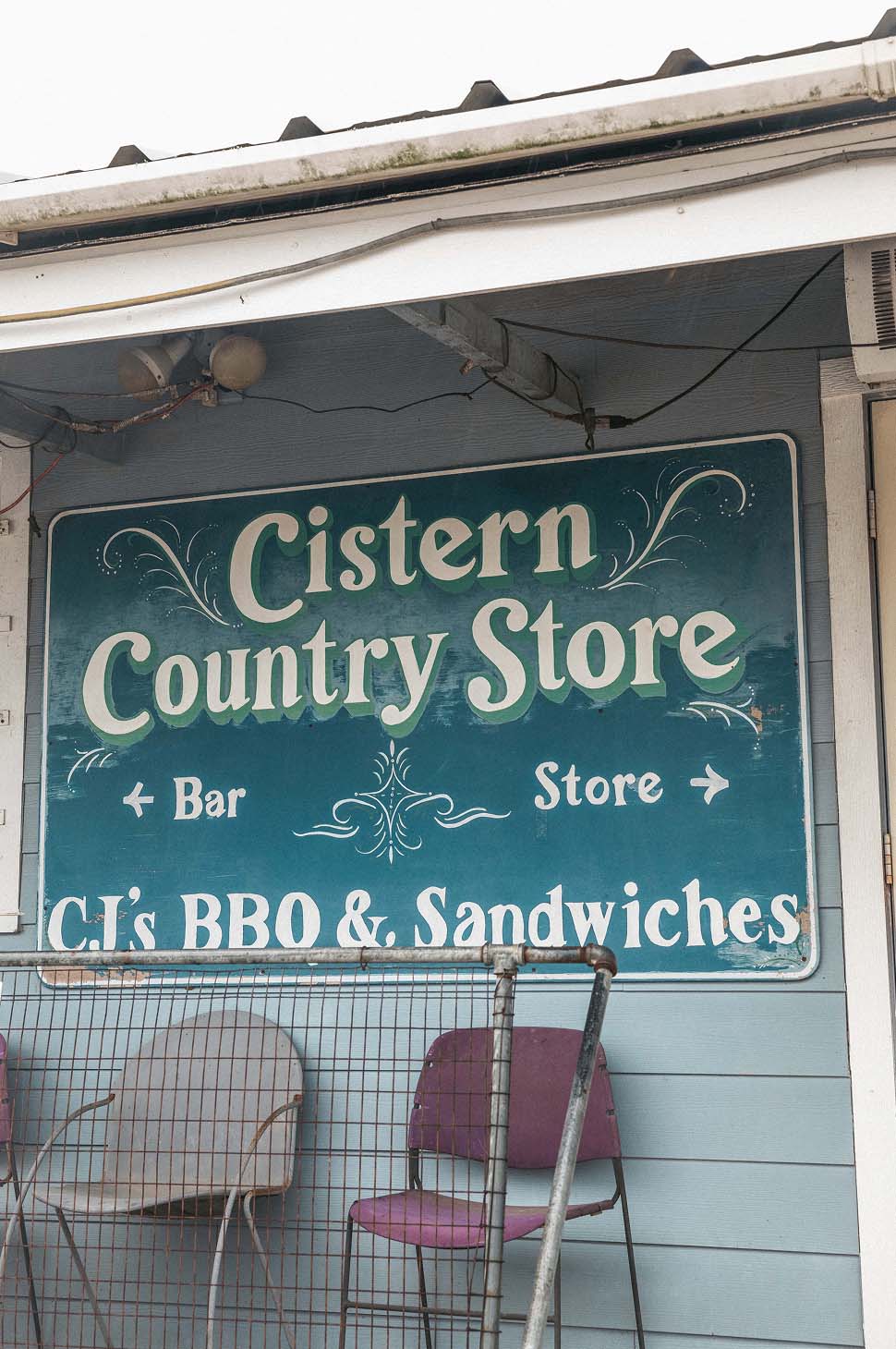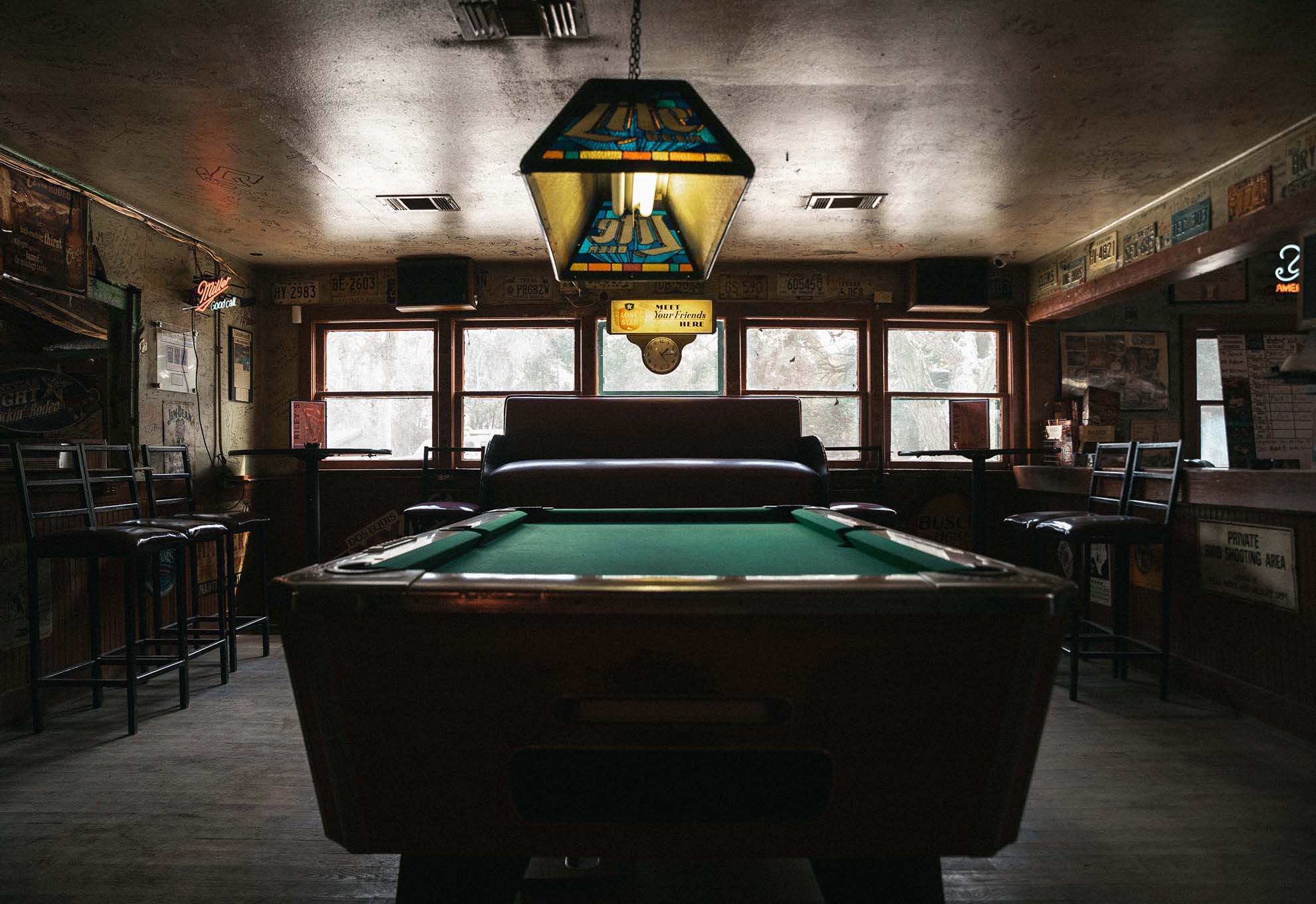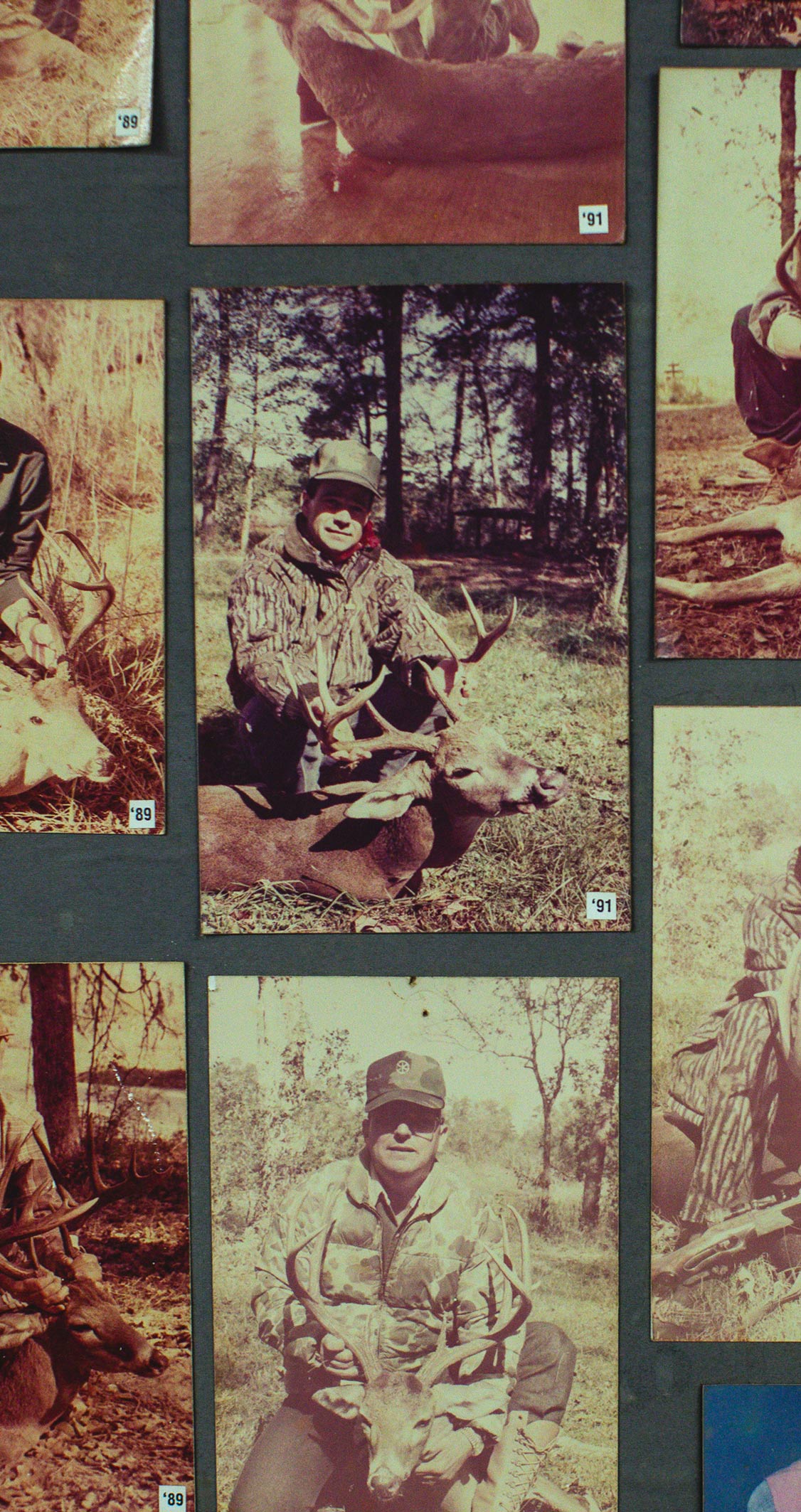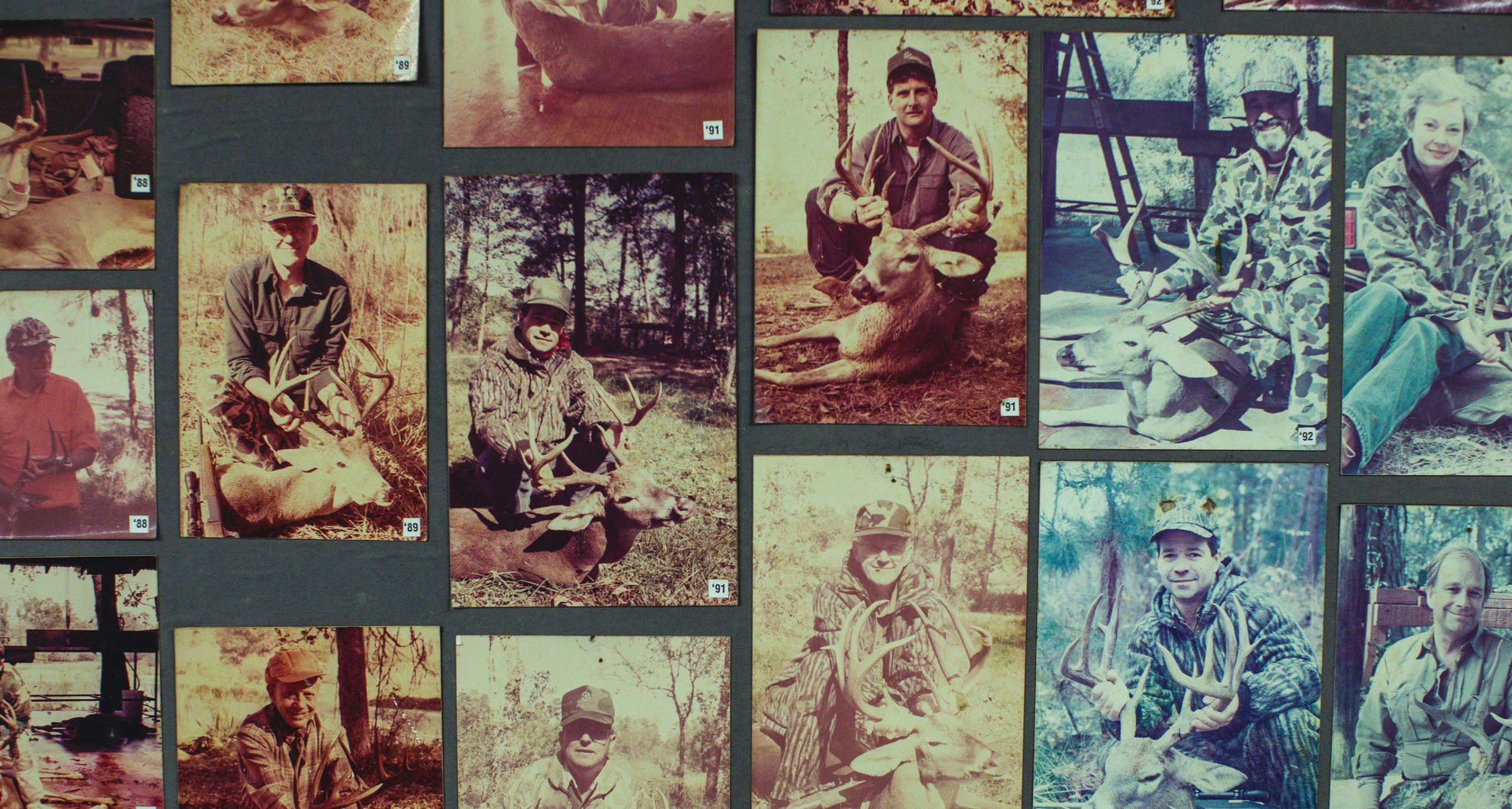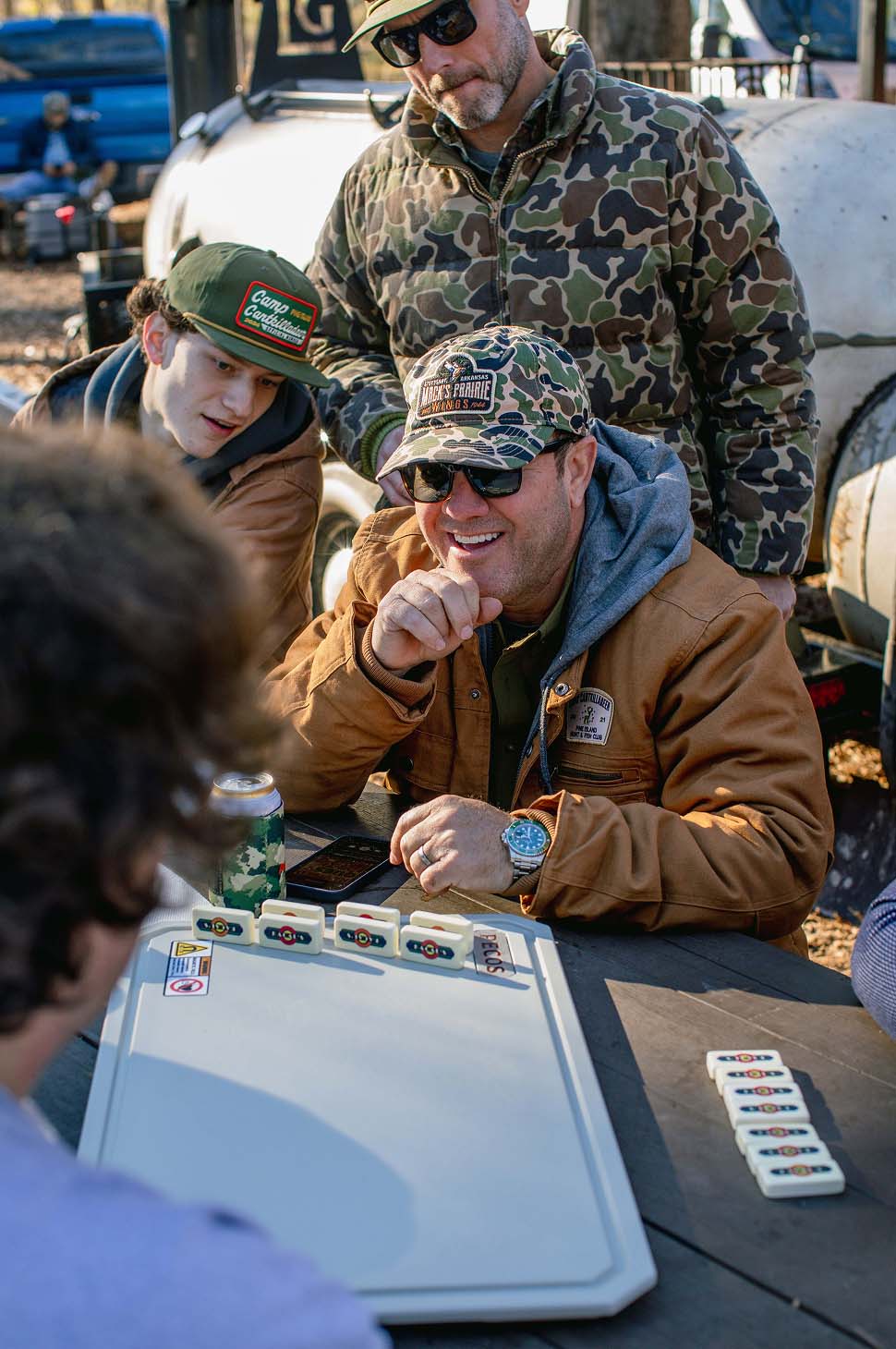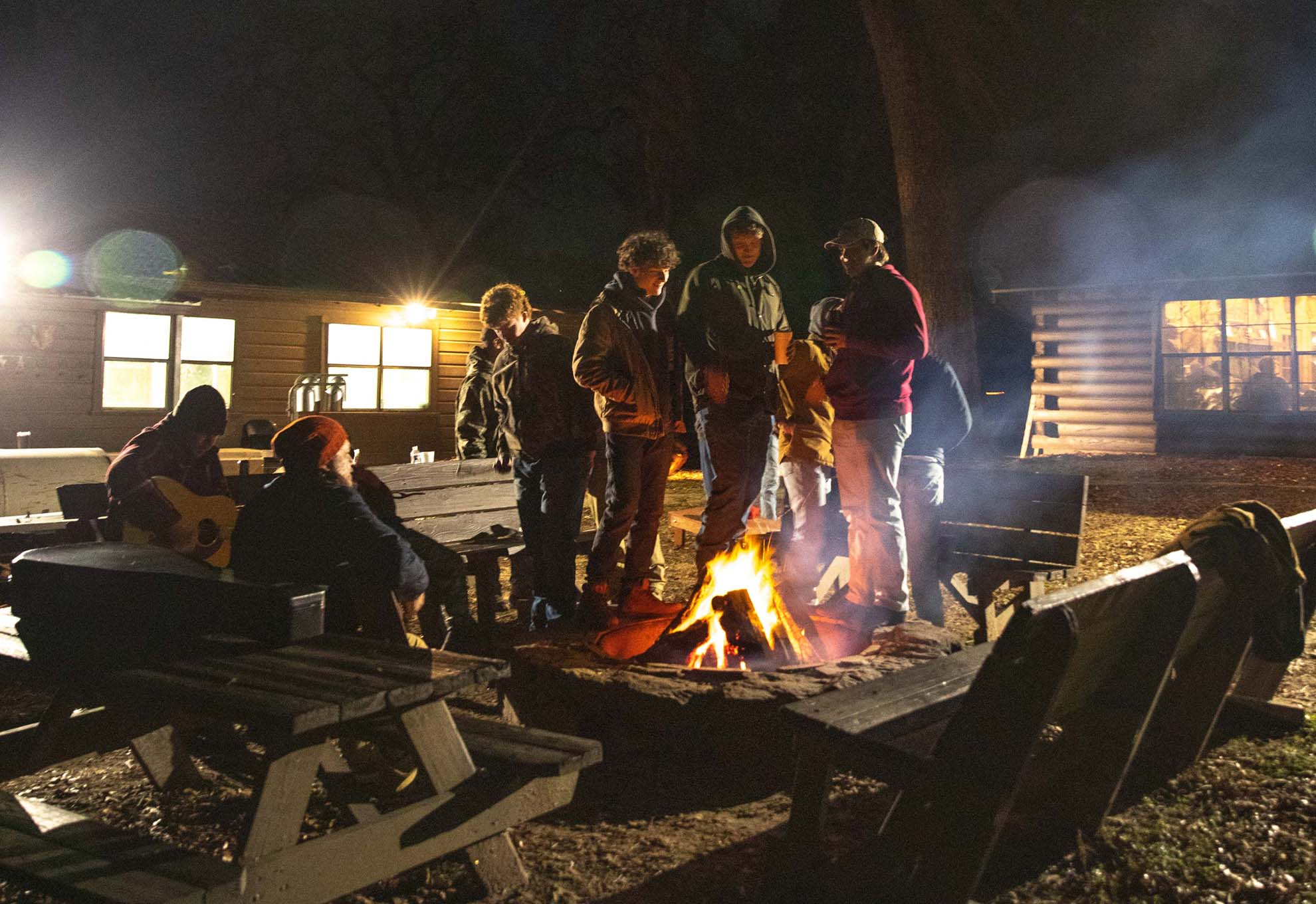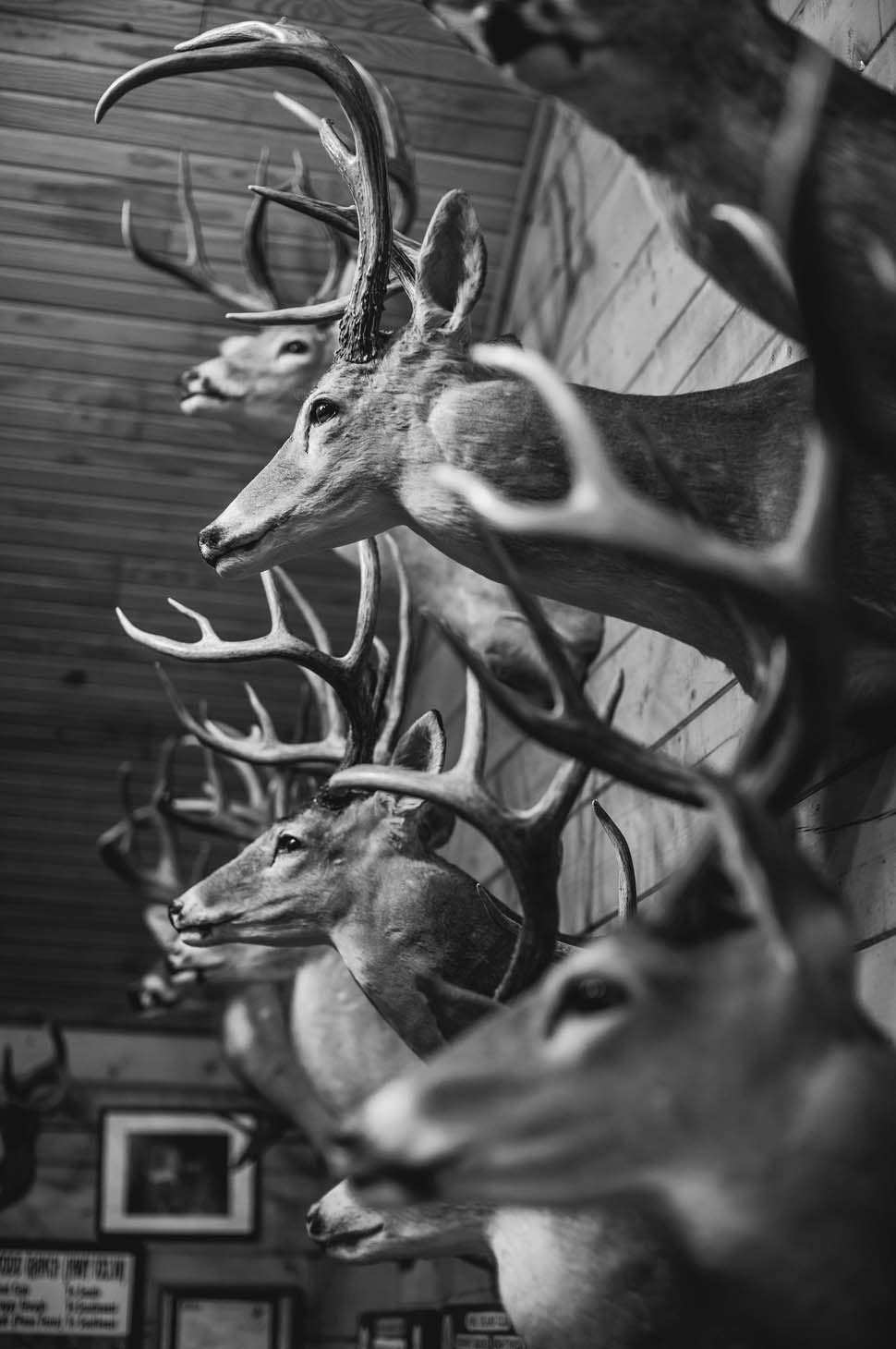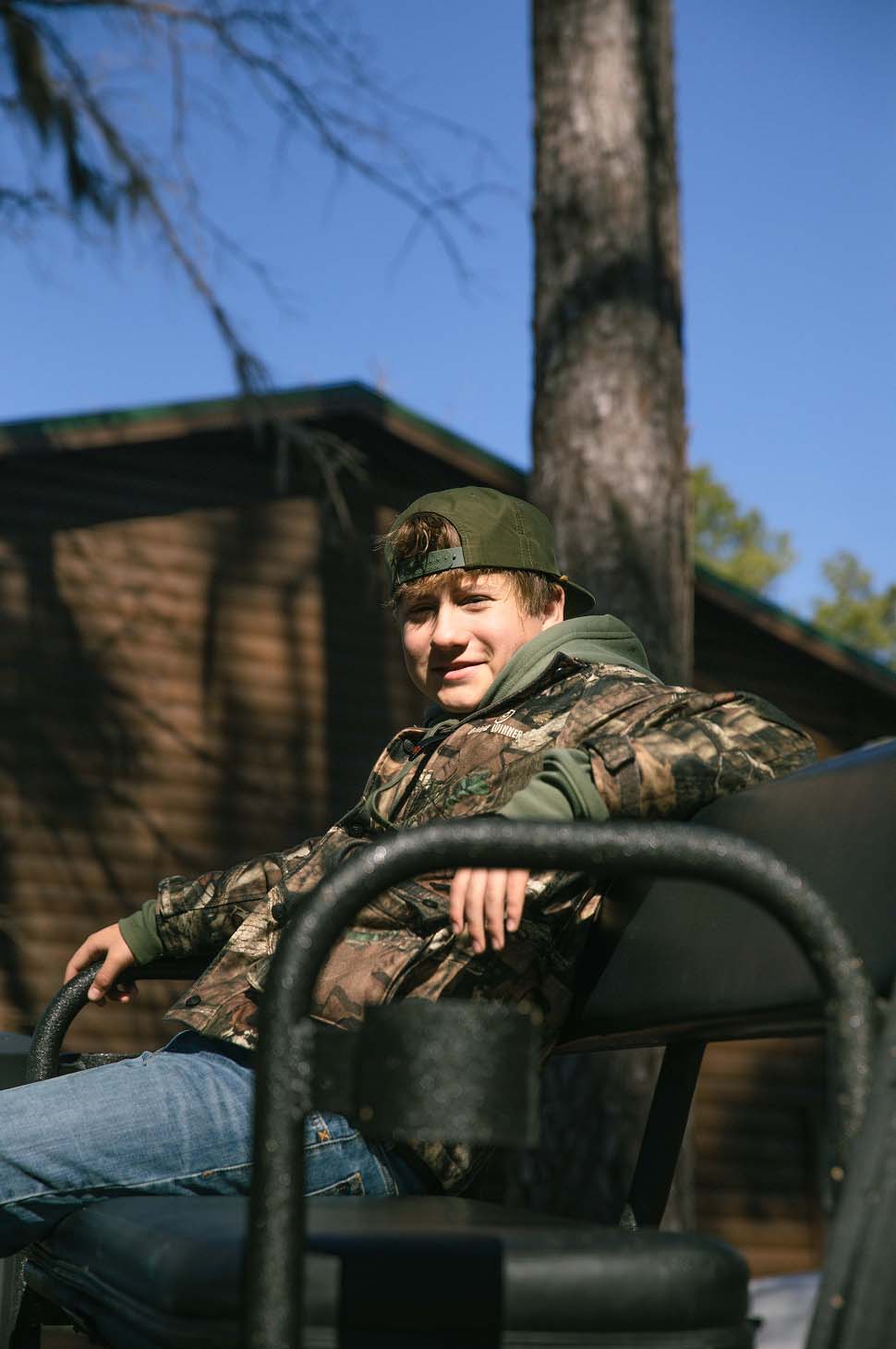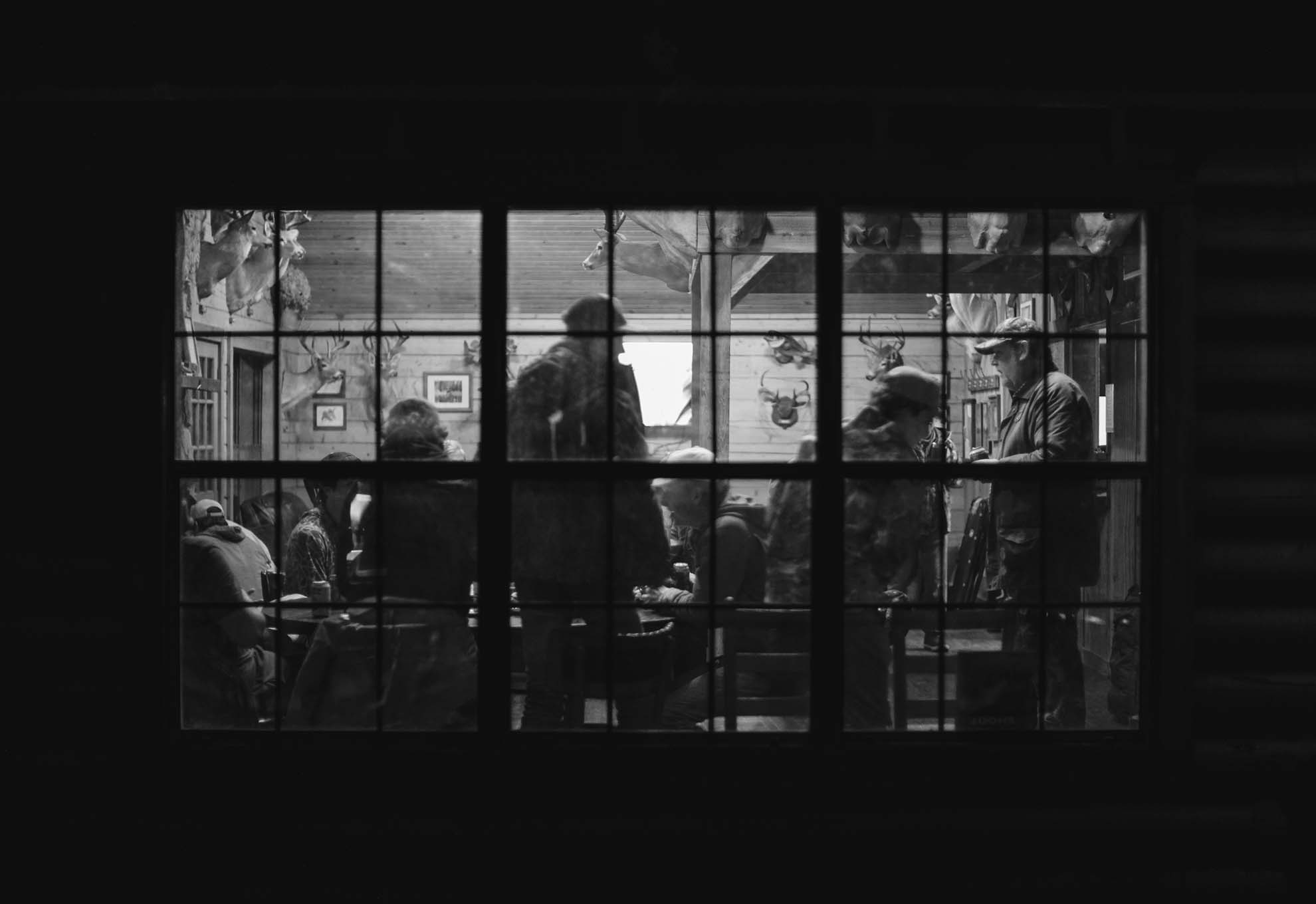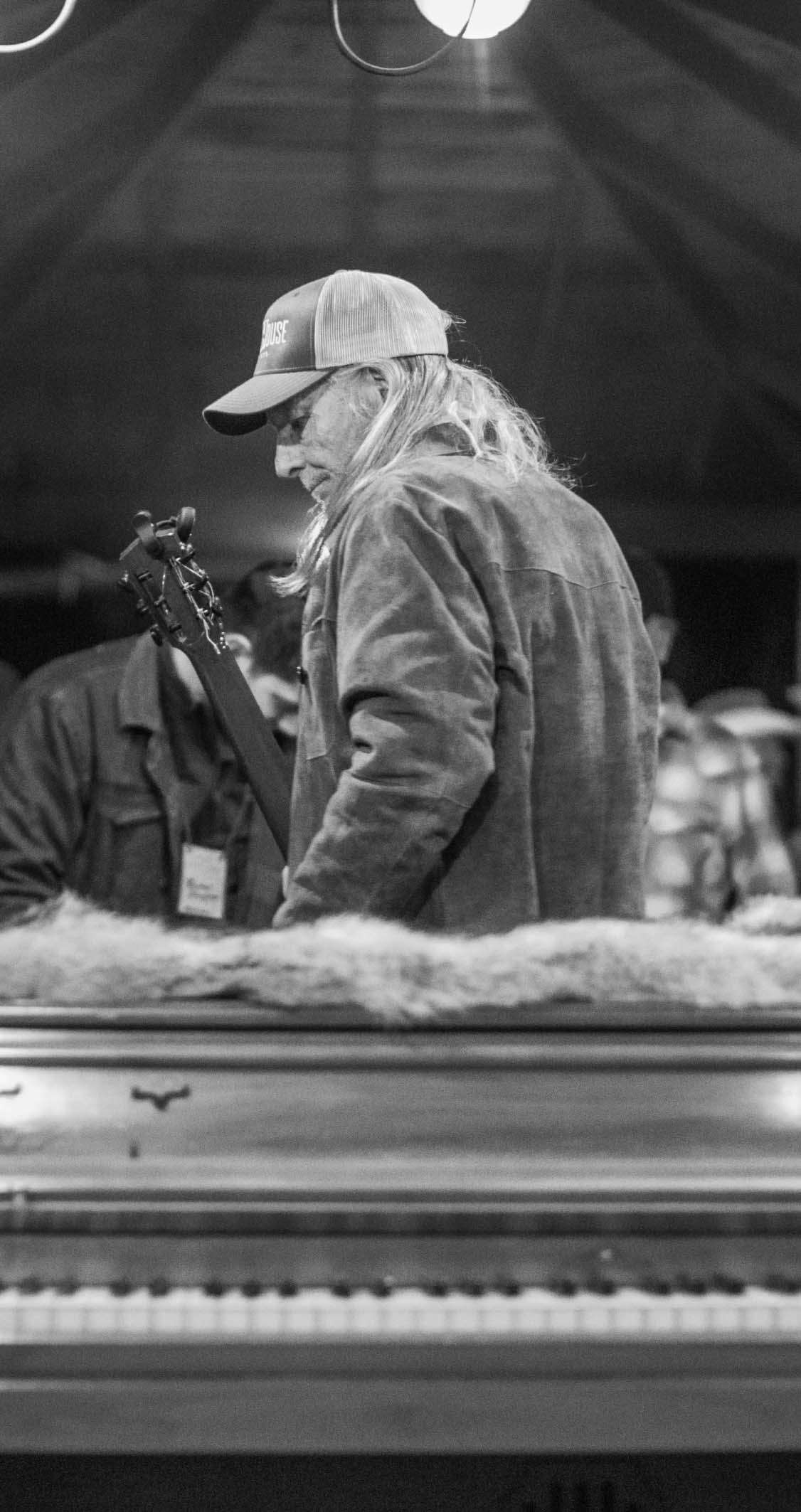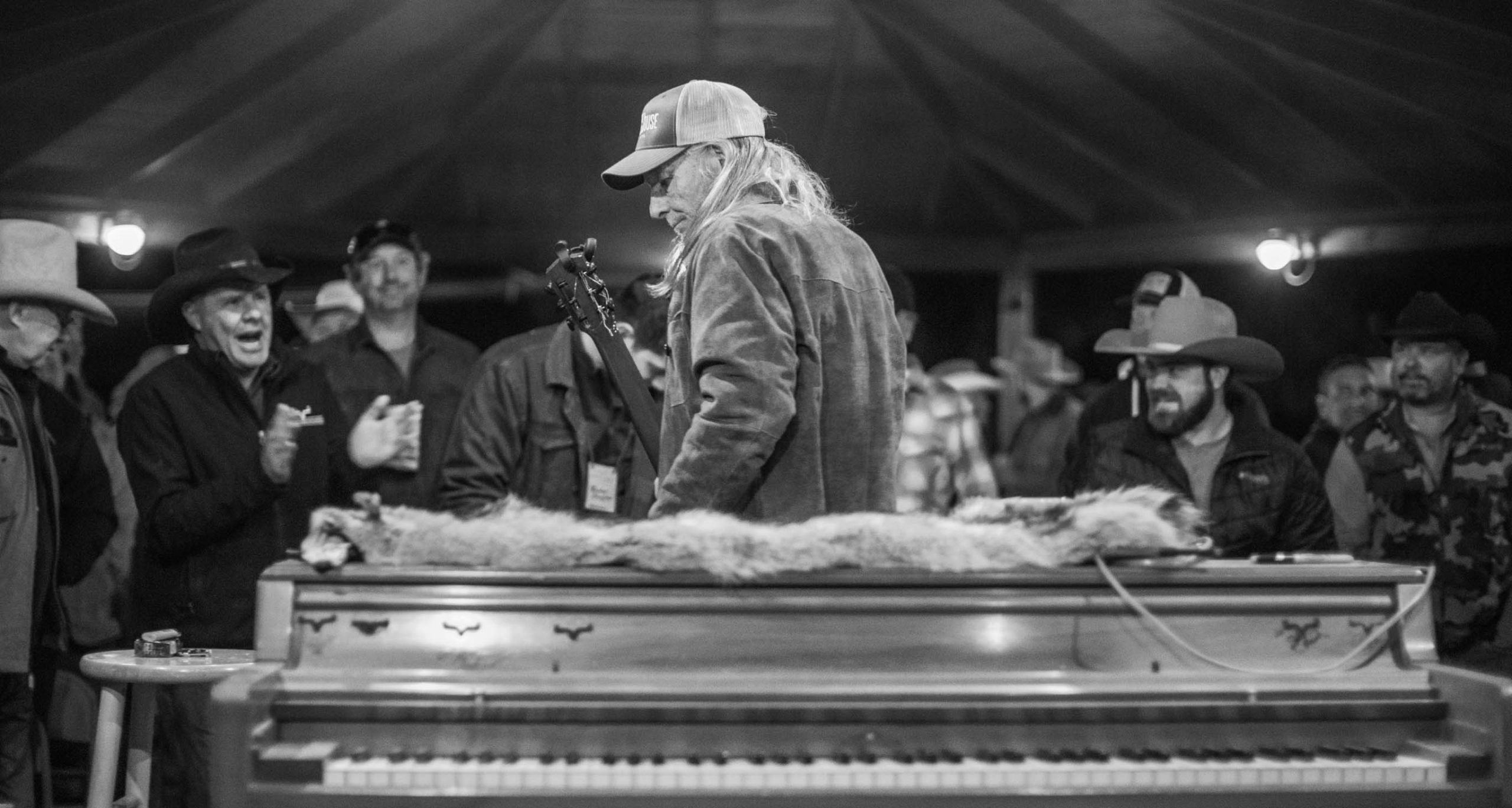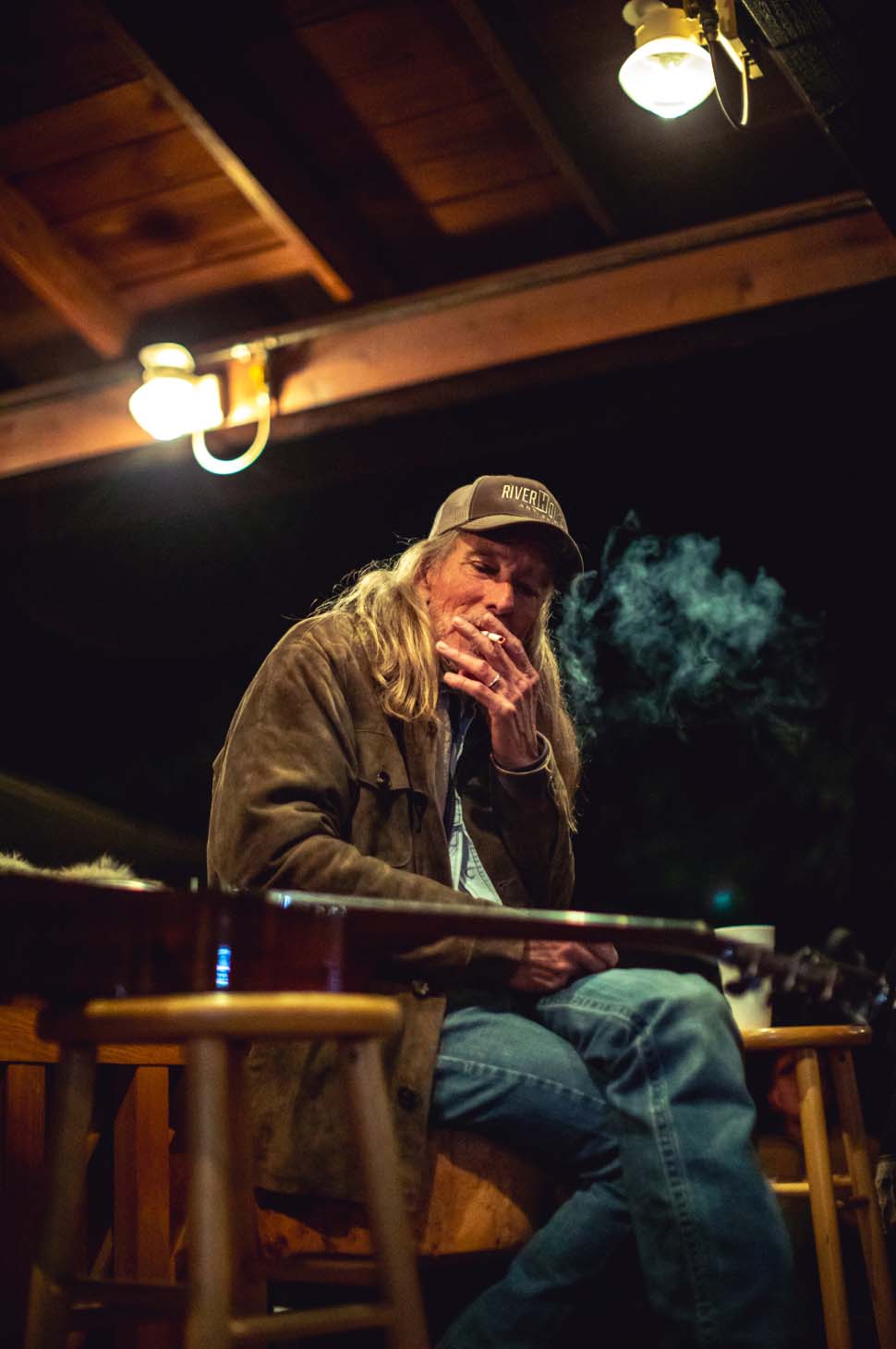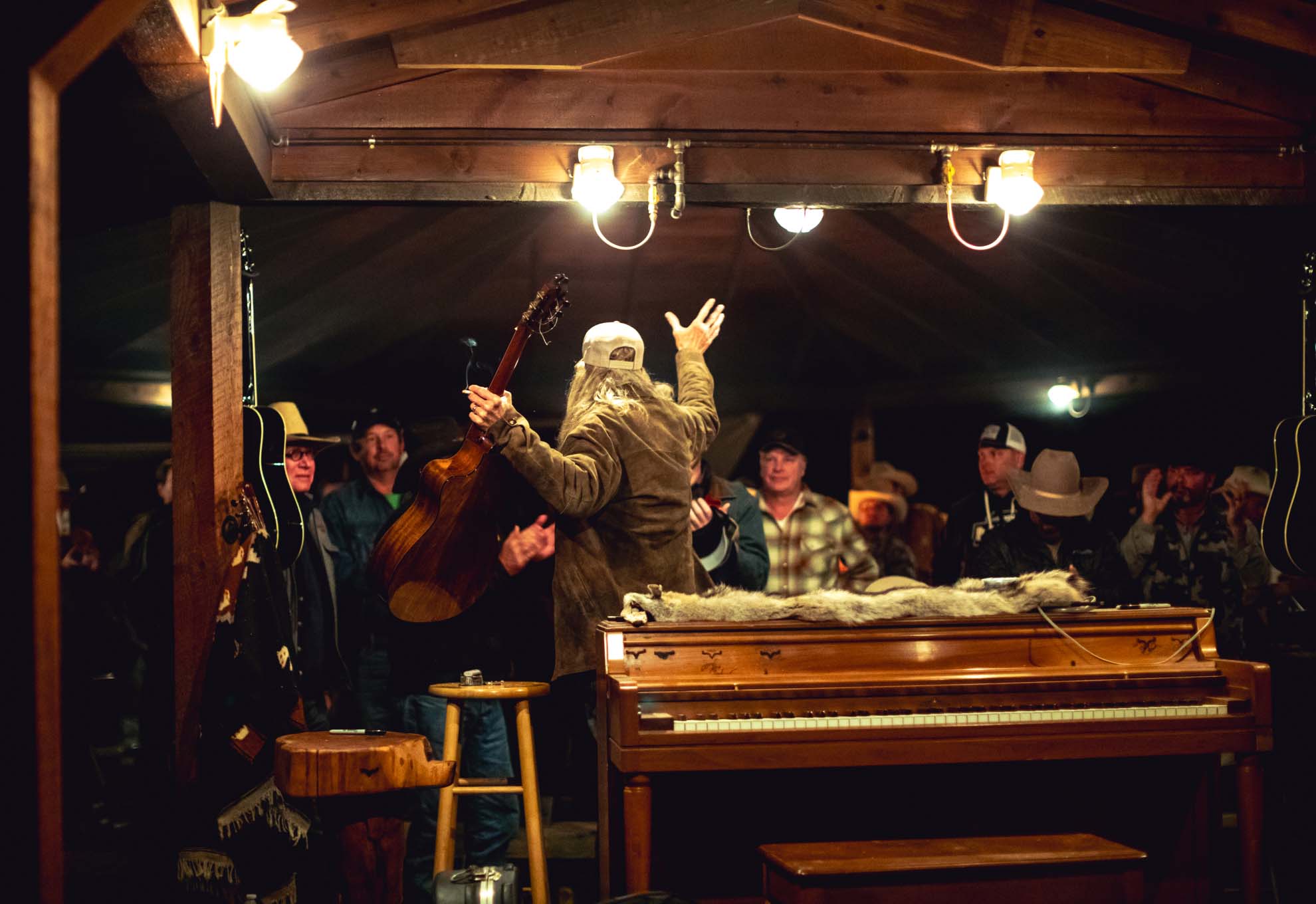
You should be well aware by now that I have nothing against wine and beer. That being said, I’ll always have a soft spot for cocktails due to one specific reason—you have to make them, and this means that they’re always going to be a little more personal than anything that’s bottled and shipped. The good, bad, and ugly are all attributed to the person who made them.
In an effort to lean more towards “the good,” I’m going to do a quick run-through of a few iconic Texas cocktails that you can serve up this season and any season. Not only are each of them a great drink, but they also represent their own little corner of Texas’s drinkin’ traditions, and I’ll do my best to give a brief background of each.
Lastly, I’d encourage you to go all-out with these. Beverages are best with your closest friends and family, and your closest friends and family deserve a stiff, well-mixed drink whether temperatures feel like a Texas fall or a New England summer. Start the group text, turn on the bat signal, and start planning the party—because the drink menu is already ironed out.
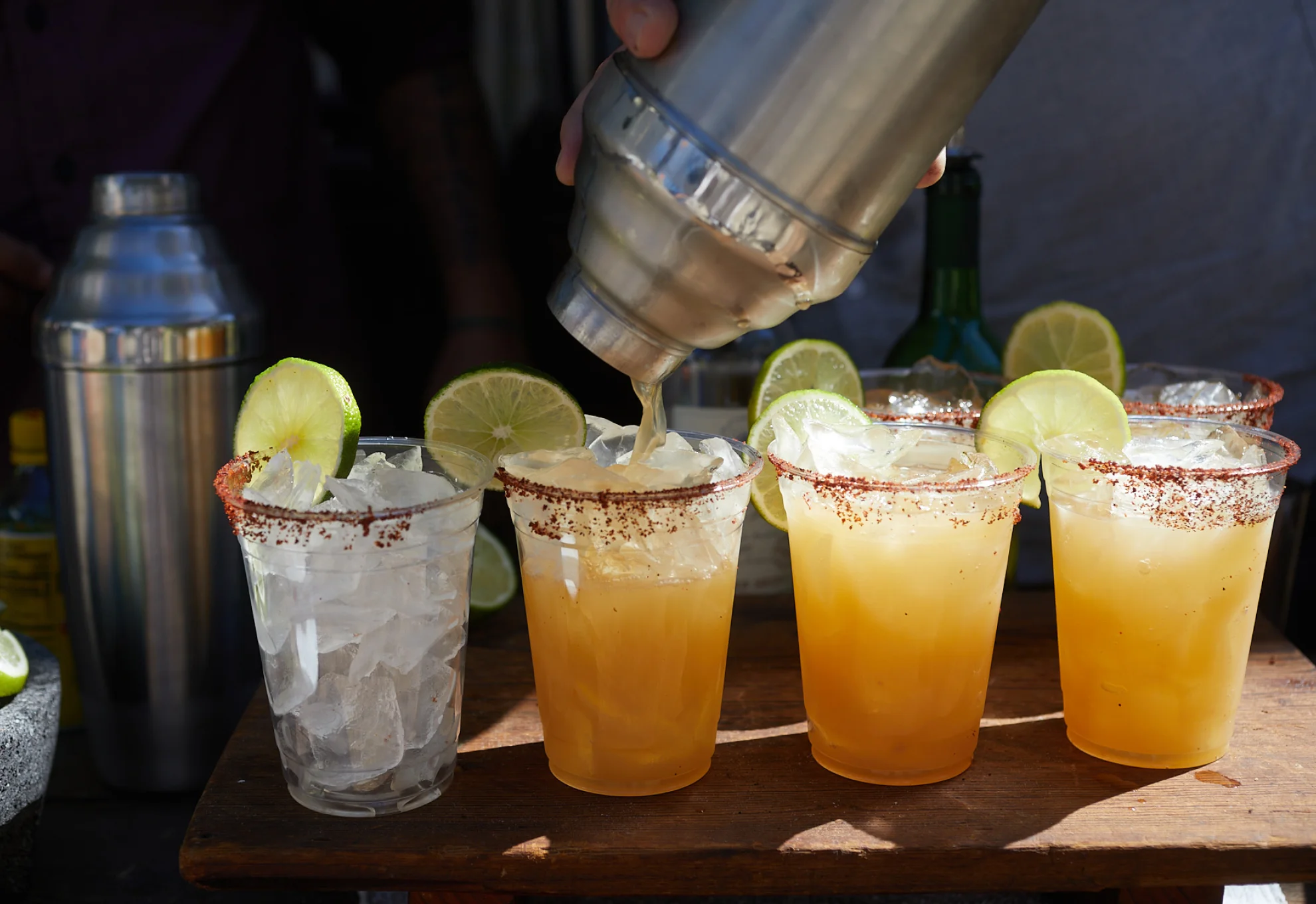
Margarita
Background
Now, before you say anything, I know the margarita wasn’t invented in Texas. In fact, there’s a metric ton of opinions flying around as to where it was actually first made—Tijuana, California, New Mexico, and even the U.K. (a theory we’re going to ignore altogether). But, let’s try a test. When you think of a margarita, what is the first U.S. state that pops into your head? Yeah, that’s what I thought.
Why it’s great
When done properly (something we’ll cover in a minute), the margarita is the ultimate companion to both Texas temps and Mexican food. It’s refreshing, can be made with spice, and couldn’t be easier to make.
How to make it
It’s not a hill I’m going to die on, but unless you’re currently in a sorority or are desperately trying to impress someone in the aforementioned sorority, you should probably make your margarita on the rocks:
- 1 lime wedge
- Coarse sea salt
- 1 large ice cube
- 2 oz tequila blanco (I prefer Tapatio or Tequila Ocho)
- 1 ½ oz triple sec
- 1 oz fresh lime juice
hot tip
Use the lime wedge to moisten the rim of your glass and dip in tajin before you add ingredients, unless you’re some sort of magician.

Ranch Water
Background
Once again, there’s some dispute as to the history of the Ranch Water, but there’s absolutely no disputing that it was made in Texas. It’s hard for me to believe that a specific bar or restaurant invented this one, mainly because it’s so damn simple—you can’t tell me that 1998 was the first time someone thought to throw some booze in a Topo Chico.
Why it’s great
You throw some booze in a Topo Chico. But seriously, the Ranch Water is the working man’s cocktail in Texas—super easy, and super tasty, and can be adapted to use whatever ingredients you have at your disposal when that Southwest sun is bearing down.
How to make it
Some may tell you to make exact measurements or fancy up this drink, but I think it’s best enjoyed straight out of a Topo Chico bottle. And yes, it should be Topo Chico, if only for tradition’s sake. If I see you drinking this out of a Pellegrino, I’m slapping it out of your hand.
- 3 oz tequila blanco (I prefer Tapatio or Tequila Ocho)
- 1 ½ oz fresh lime juice
- Topo Chico (drink about ¼ of it to make room for ingredients and fend off a hangover)
- Fresh lime wedge for garnish
Hot tip
I like the impromptu nature of this one, so use whatever you have on-hand—gin, orange juice, napoles fruit, whatever. Best enjoyed on a tailgate.

Chilton
Background
Ah, the Chilton, Lubbock’s most notable outside of Buddy Holly, Joe Ely, and dust storms. This simple cocktail can be attributed to the Lubbock Country Club, where (supposedly) a doctor by the name of Chilton walked up to the bar and had the bartender whip him up a very specific cocktail.
Why it’s great
You may be beginning to notice that Texas is not known for its complicated cocktails. This may be due to our rustic nature, or the fact that no one wants smoked cinnamon or tomato juice when they’re sitting under a mesquite tree. Either way, this is a simple one you can spruce up to taste.
How to make it
If you made this one any simpler, you’d just be drinking lemon and vodka (you’d take out the water first, right?), so it almost feels useless to put the recipe out there.
- 1 ½ oz of vodka
- The juice of 2 lemons
- Soda water
Hot tip
Nothing against Dr. Chilon or Lubbock, but I wouldn’t blame you if you wanted to throw a little simple syrup in this one, to help blend the flavors. I won’t tell.
